
















THE AFTERGUARD
EDITOR Sam Burkhart editor@pacificyachting.com

If you’re like me, you’re wondering where summer has gone. How did it fly by so fast? The good news is that even though it’s already September, it’s still boating season here on the West Coast. We’ve got another month of stable weather and long (enough) days to make trips on the water safe and fun. At least that’s what I’m telling myself. And that’s partly because my boating goals for 2023 have not been met. Other commitments have kept me off the water far more than I would like, but I take solace in the fact that there is still time! In fact, with my boat now located at a popular marina in the Gulf Islands, with easy access to dozens of other marinas and anchorages, I might give myself until December 31 to accomplish my goals. Why not?
The first destination on my list is the recently updated Port Browning Marina, which you can read about on page 28 of this issue. I haven’t been there in about five years so I’m excited to see the changes. Change is good, but I’m glad the pub endures; it’s been a favourite of ours for as long as I can remember and it’s nice to see the Pacific Yachting poster is still hanging on the wall (see page 30).
I doubt I’ll make it back to Grace Harbour this year, but when we cruised to Desolation Sound last summer we anchored in Cabin Cove, just behind Jean Island. We had the entire anchorage to ourselves, except for a noisy gaze (the term for a group) of raccoons. I highly recommend a visit if you find the weather is cooperating this autumn. If you need more encouragement you can read about Deane Hislop’s experience in Grace Harbour on page 24.
This issue also features the third installment of Dennison Berwick’s series on diesel engine maintenance, and I found this month’s column to be particularly insightful. I’m sure most of us have experienced problems with dirty fuel. Dennison’s list of tips should help ensure you don’t encounter those problems again. You can find the article on page 56.
If anyone is looking for inspiration for an upcoming project, look no further than Mark MacLean’s Tiara 3100 refit on page 46. His story shows that patience and hard work pay off when you set your mind to accomplishing something.
So, with four months left of the year, these and other inspiring stories will encourage you to embrace the season and get out there.
–Sam BurkhartART DIRECTOR Arran Yates
COPY EDITOR Dale Miller
AD COORDINATOR Rob Benac
DIRECTOR OF SALES
Tyrone Stelzenmuller 604-620-0031 tyrones@pacificyachting.com
ACCOUNT MANAGER (VAN. ISLE) Kathy Moore 250-748-6416 kathy@pacificyachting.com
ACCOUNT MANAGER Meena Mann 604-559-9052 meena@pacificyachting.com
PUBLISHER / PRESIDENT Mark Yelic
MARKETING MANAGER Desiree Miller
GROUP CONTROLLER Anthea Williams
ACCOUNTING Elizabeth Williams
CONSUMER MARKETING Craig Sweetman CIRCULATION & CUSTOMER SERVICE Roxanne Davies, Lauren McCabe, Marissa Miller DIGITAL CONTENT COORDINATOR Mark Lapiy
SUBSCRIPTION HOTLINE 1-800-663-7611
SUBSCRIBER ENQUIRIES: subscriptions@opmediagroup.ca
SUBSCRIPTION RATES
50%






Today, at 80, Pacific Yachting instantly takes me back to one of the treasures of my life, being a boater on the waters of British Columbia and Washington. Talk about paradise. Talk about stories—not unlike the ones you often feature on the last page.
On another note, I loved the review done by Peter A. Robson about the Helmsman 43E Pilothouse (June 2023). It connected for me on so many levels. Plus, I wanted to inquire about what I see as a striking resemblance to the North Pacific 49 Pilothouse featured on the inside cover ad; are the two lines coming from the same builder or the same architect? Finally, I loved the layout of the boat he reviewed, how innovative and sensible.

Last, like most old folks these days, I have too much to say and too few to say it to. Regardless, I came to know that most boaters, power or sail, were a caring community, respectful of each other and the privileges we enjoyed being on the water. 1980 was my first year proudly piloting my first boat (owned in partnership with a friend). The boat was a 25foot Tollycraft sedan built in 1979. It was a shrunken copy of the venerated 26-foot Tollycraft from Kelso, Washington. We called it Little Tolly to acknowledge our modest size and peculiar shape. One day, I was making my way to a slip at Thetis Island, probably Telegraph Harbour, when sud-

denly I recognized that I was passing a brand new 61-foot Tollycraft, its pilothouse sitting 20 feet above my tiny command bridge. I looked up in awe, when the captain came out to a side deck, looked down at Little Tolly and and said with a nod, “Yep, we have the same boat.” You can imagine the smile I’ve carried with me for 42 years. Nice people, boaters...


 —Dale R. Partridge
—Dale R. Partridge

Dale, we appreciate the observation. While there are similarities between the two brands, North Pacific Yachts are built in Ningbo, China while Helmsman Trawlers are built in Fuzhou, China, almost 600 kilometres apart. Both use different designers and both incorporate different business models.
—Peter A. Robson.This letter is in response to Craig Meredith’s letter from last month’s issue of PY. As a long-time resident of Vancouver and a boater who keeps his vessel in a False Creek marina, I am surprised to hear you found the state of the waterway to be so bad. For a secure harbour in the heart of a major city, I’ve always found the number of “derelict” boats to be well within reason. Sure, there’s the odd tarped over boat that certainly wouldn’t be challenging for first place in a round the cans race and I have seen at least two masts poking up out of the water over the last couple years, but these are far from the norm.
I agree that allowing a vessel to get to this level of disrepair is unacceptable, but we don’t always know the life events that lead to these circumstances. On a recent weekend in August I took a stroll around the sea wall of False Creek counting the number of “derelict vessels” as I went. I saw a busy urban harbour with many boats coming and going and others at anchor. I counted only three boats that I would call “rough” and none of them appeared on the verge of sinking.
—Bob HarkerDo you know where this beach is located?

This issue we are launching a new monthly feature in the magazine. We are calling it Geo Guesser. The idea is simple, we show you a picture and you tell us the location where the photo was taken. Winning guesses are entered to win a PY prize pack including a hat and drink koozie! Send your guesses along with your name and address to editor@pacificyachting.com for your chance to win!










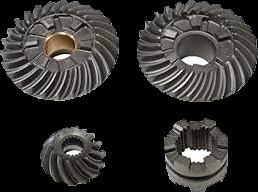
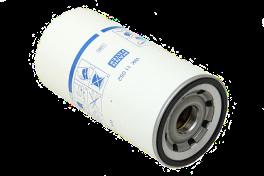




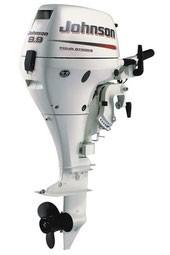

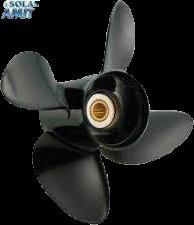

Starlink is a satellite internet constellation that is revolutionizing the way boaters can access the internet. A division of Elon Musk’s SpaceX, Starlink is the world’s largest satellite constellation. It incorporates more than 4,000 low Earth orbit satellites (and eventually 40,000) to deliver broadband internet capable of supporting streaming, online gaming, video calls, real-time weather updates and more.
Download speeds for the Maritime Mobile plan are advertised at between 25 and 220 mbps with most users expe-
riencing speeds of more than 100 mbps and upload speeds typically between five and 20 mbps. These internet speeds are much higher than traditional maritime satellite services.

Global coverage is another plus. While traditional satellite networks have limited reach in remote areas of the ocean, Starlink offers almost complete coverage of all the world’s oceans.
Most satellite internet services come from single geostationary satellites that orbit the planet at more than 35,000 kilometres. As a result, the round-trip data time between the user and satellite—
also known as latency—is about 0.6 seconds. In contrast, Starlink’s constellation of satellites orbit the planet much closer to Earth, at about 550 kilometres. Because of this, latency is significantly lower—around 0.025 seconds.
Starlink’s satellite constellation ensures redundancy and reliability. Should one satellite experience an issue or failure, others can seamlessly take over, minimizing service disruptions.
Starlink satellites can autonomously manoeuvre to avoid collisions with orbital debris and other spacecraft. They do so by utilizing Ion thrusters powered
by krypton—the first krypton propelled spacecraft ever flown. These thrusters enable Starlink satellites to orbit and manoeuvre in space and deorbit at the end of their useful life.
When ordering the maritime antenna system directly from Starlink, the kit comes with the Starlink antenna and base, wifi router/power supply, six-foot power cable and 75-foot Starlink cable. The system is said to be relatively easy to install and uses about 100 watts. The downloadable Starlink app helps own ers position the antenna, customize set tings, receive updates and see real time performance data such as download speed, latency, and uptime. It should be noted that the Starlink antenna must have a clear view of the sky and as such, mountains, masts, booms and mast towers can cause intermittent internet loss, and the system won’t work if the antenna is on the same horizontal plane as the vessel’s active radar beam. We were unable to find data on the maximum speed of a vessel before the system won’t work. We’ve heard less than nine knots.

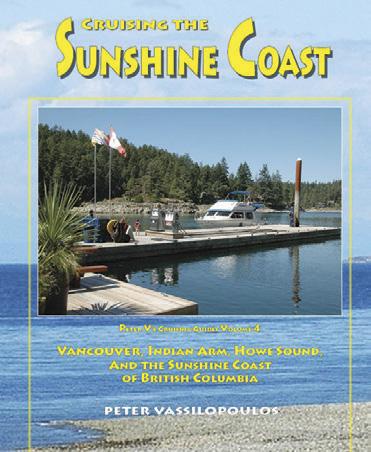
While the technology offers numerous benefits, it also has some downsides. First is the expense. With a cost of about $2,500 to purchase the hardware (most other satellite providers lease their hardware), and a monthly rate starting at $329/month for 50 gb of data, the Mobile Priority plan isn’t cheap, though rates are constantly changing. Fortunately, service can be stopped and started as needed and more gigabytes of data can be added if required. As Starlink gains popularity, the increasing number of users can lead to network congestion, particularly in highly trafficked maritime areas. This saturation may result in reduced speeds or service interruptions. Adverse weather such as rain and snow can also cause service interruptions. Customer service is reportedly very poor with no technical phone support, just email. For more information, visit starlink.com/maritime.

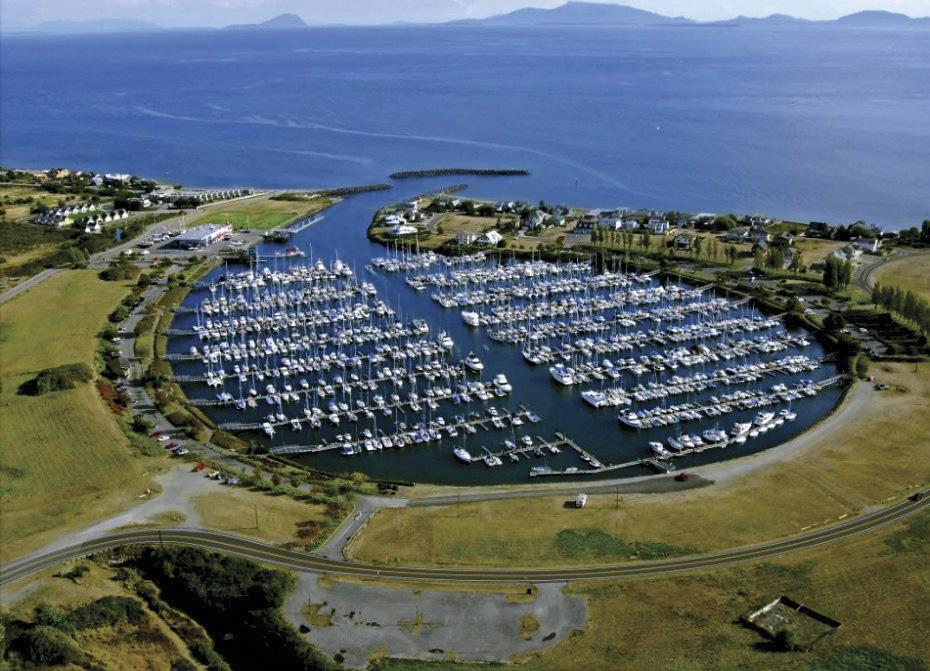
 —Peter A. Robson
—Peter A. Robson
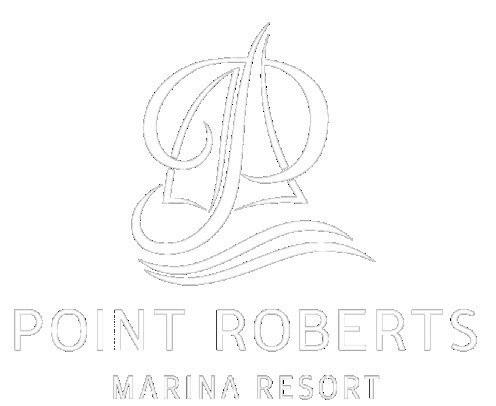
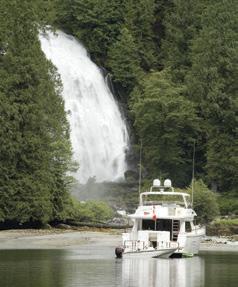





The next Nordhavn to be introduced to the market just might be an ultra-versatile 112-footer. Nordhavn chief of design Jeff Leishman has drawn the lines for a super yacht with all the amenities, features and luxuries of larger yachts but one which levels down in manageability requirements.

The idea for this boat came when Leishman recognized a gaping difference between the Nordhavn 120 and its sibling closest in size, the Nordhavn 96, after the two models were docked alongside one another. “It was evident that we

needed something in between,” he said. Like most Nordhavns, it will be a full displacement hull with the capacity to carry enough fuel for transoceanic voyages. Leishman said he focused on creating outside areas for lounging and mimicked balcony-esque deck spaces found on larger megayachts, by way of incorporating folding bulwarks. Currently, Leishman and the Nordhavn design team are searching for a factory to construct the N112, honing in on European yards that specialize in steel construction. The first hull will be built on order. Go to nordhavn.com for more info.
The summer isn’t over, but it’s not too early to start looking back at your summer cruising rendezvous. Our Summer Cruising Roundup feature is coming up in the December issue and we’d love to hear how you and your friends made the most of the cruising season. Information on rendezvous and boat meetups along with photos can be sent to editor@pacificyachting.com
Deadline: October 15
BC | 250-723-2522
LUND AUTO & OUTBOARD LTD. Lund, BC | 604-483-4612
MADEIRA MARINE 1980 LTD. Madeira Park, BC | 604-883-2266
M&P MERCURY SALES Burnaby, BC | 604-524-0311
MONTI’S MARINE & MOTOR SPORTS Duncan, BC | 250-748-4451
ROD’S POWER & MARINE LTD. Tofino, BC | 250-725-3735
SEA POWER MARINE CENTRE LTD. Sidney, BC | 250-656-4341
MERCURY 5.7L V10 350 AND 400HP
V10 Verado outboards shift your expectations performance feels like. They come to power, propelling you forward to sensational smooth, quiet and refined, they deliver only Verado outboards can provide.
VECTOR YACHT SERVICES LTD. Sidney, BC | 250-655-3222
Mercury engines are made for exploring.
SOMEDAY YOU’LL TELL YOUR LIFE STORY. ONE EXPERIENCE AT A TIME.
expectations of what high-horsepower to life with impressively responsive sensational top speeds. Exceptionally deliver an unrivaled driving experience exploring. So are you. Go Boldly.


Your best stories begin out here. Where the only thing ahead is the open ocean. And every day, is another chance to fill your memories with the trip of a lifetime.





Good news: The Tod Inlet host program is still active.
Recently, Parks Canada closed its marine host program at various locations in the Gulf Islands National Park Reserve. The two locations now permanently closed are the marine park’s at Portland Island (formerly hosted by the Royal Victoria Yacht Club) and the Beaumont Island site (formerly hosted by the Sidney North
Saanich Yacht Club).
Roger Hind, president of the council of BC Yacht Clubs (CBCYC) informed PY readers of the closures in a letter in the April 2023 issue. Hind expressed his disappointment with Parks Canada’s decision as the host program provided excellent services at little cost to the government and the program was popular
with the volunteer hosts and visitors alike.
According to Hind, the feds explained the host program was closed during the pandemic, that the staff member responsible for the program had retired and that they didn’t want to hire and train another employee. “The only tasks were to reprint a small brochure [now easily available on a
smart phone] and organize occasional maintenance of the small dock,” he said. “The volunteers provided the real value.”
The closures have led to some confusion. A PY reader wrote to the editor noting the Tod Inlet host program— one of the former Parks Canada locations—is still functioning.
Indeed it is.
A couple of years ago the Marine Parks Forever Society offered to split the cost of a replacement host dock with BC Parks. “The old dock was really dilapidated and unsafe,” said George Creek, former MPFS president. “We found some used docks in excellent condition with new flotation
and installed them.” And in 2023, volunteers from the Capital City Yacht Club provided host services under the aegis of BC Parks.
Katy Fulton, BC Parks’ Cowichan area supervisor, told me that the Tod Inlet hosts are busy and responsive. “A volunteer group hosts a week at the time,” she said. “They greet boaters and inform them about hiking trails, how to get to Butchart Gardens and so on. And they report to me frequently. They keep an eye out for illegal camping, forbidden fires and speeding boats. It’s a really helpful program. Just like the former federal hosting, it’s a valuable volunteer contribution.”
—Marianne Scott

Pacific Yachting’s annual photo contest is back! Don’t forget to get behind the lens this cruising season, and start submitting your best boating photos from 2023 for a chance to be featured in Pacific Yachting. Prizes will be announced in the next issue of Pacific Yachting!
For contest rules and to enter, visit pacificyachting.com/photo-contest.

Deadline: December 15






Fine mesh allows air to flow through and still holds small items

ANCHOR MARINE
Victoria, BC 250-386-8375
COMAR ELECTRIC SERVICES LTD Port Coquitlam, BC 604-941-7646
ELMAR MARINE ELECTRONICS
North Vancouver, BC 604-986-5582
GLOBAL MARINE EQUIPMENT Richmond, BC 604-718-2722
MACKAY MARINE
Burnaby, BC 604-435-1455
OCEAN PACIFIC MARINE SUPPLY
Campbell River, BC 250-286-1011
PRIME YACHT SYSTEMS INC
Victoria, BC 250-896-2971
RADIO HOLLAND
Vancouver, BC 604-293-2900
REEDEL MARINE SERVICES
Parksville, BC 250-248-2555
ROTON INDUSTRIES
Boaters will see improved stern ties when visiting Jedediah Marine Provincial Park this fall. The stern tie pins and chains in Deep Bay have been upgraded with the replacement of several pins and all of the chains with galvanised materials. In addition, a high-visibility marker has been added to make each of the 17 stern ties visible along the shoreline. This project was initiated by the BC Marine Parks Forever Society (MPFS) and completed by the park operator, Innovative Aquaculture Products Ltd. of Lasqueti Island. MPFS supplied all materials and shared the installation costs with BC Parks.

Boaters will find that using stern ties has many advantages over swinging on their anchor. Safety is enhanced as clambering over slippery rocks is eliminated. Trees will no longer suffer abrasions and the seabed will enjoy less scouring from anchor chains being dragged around. Go to bcmpfs.ca for more information on the BC Marine Parks Forever Society. Information on Jedediah Island can be found at: bcparks.ca/ jedediah-island-marine-park
Vancouver, BC 604-688-2325
SEACOAST MARINE ELECTRONICS LTD
Vancouver, BC 604-323-0623
STRYKER ELECTRONICS
Port Hardy, BC 250-949-8022
WESTERN MARINE CO
Vancouver, BC 604-253-3322
ZULU ELECTRIC Richmond, BC 604-285-5466










































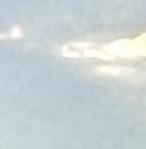
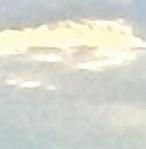








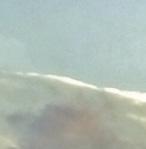
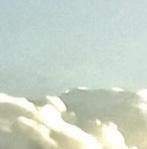








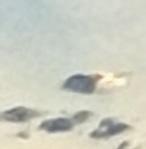





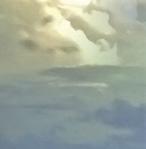



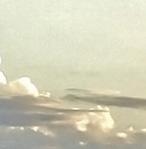





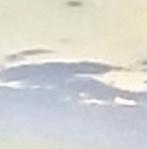





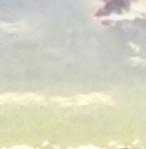

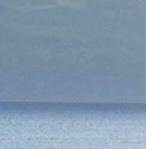
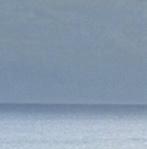
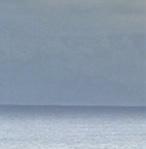

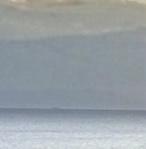

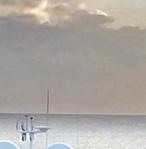

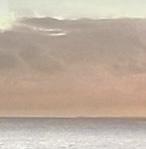

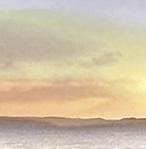

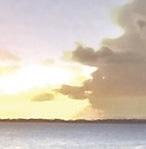
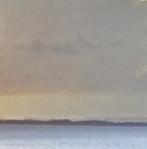


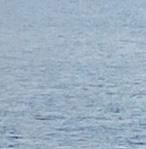

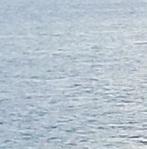

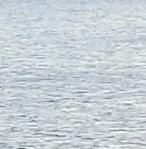


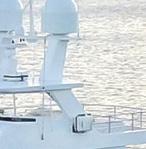
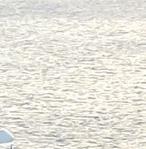
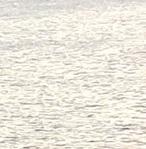

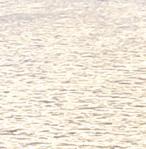

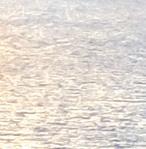
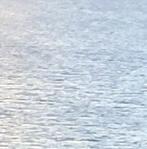
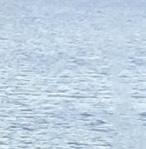
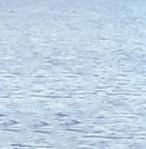
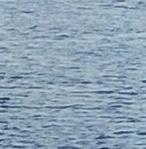






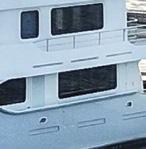
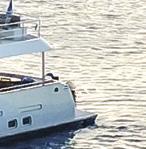
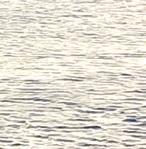



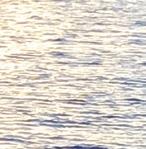





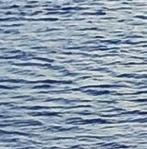
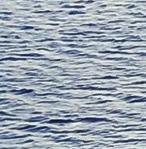
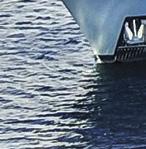
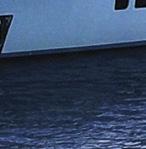
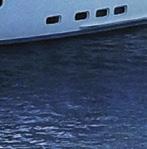


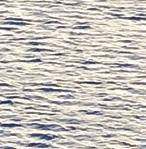

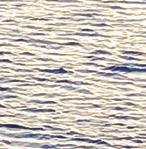


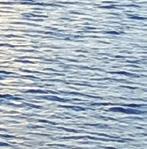



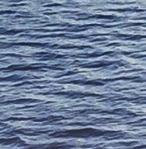

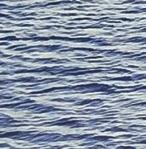
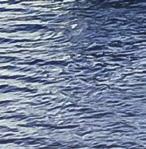
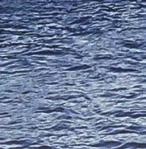

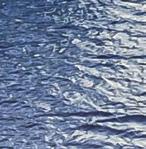



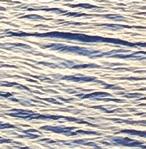

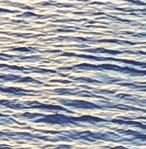


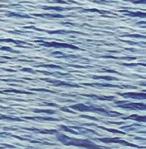
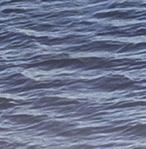
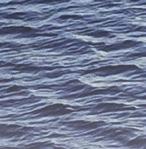
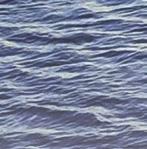



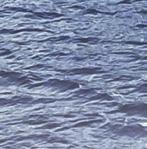
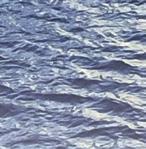
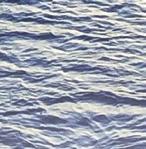


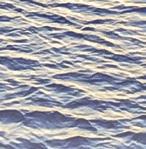
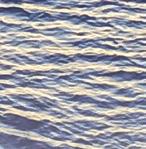

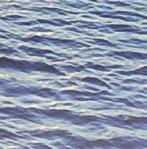

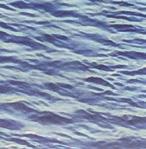
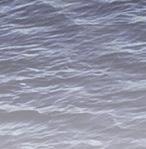
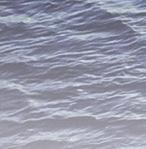

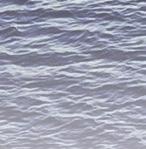








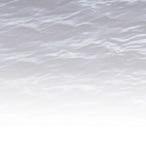






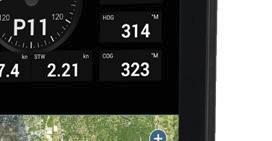


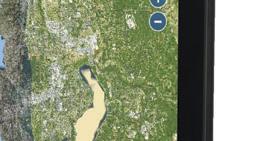
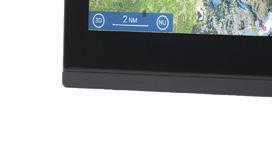

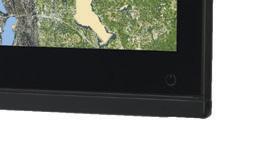


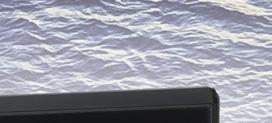
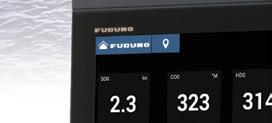
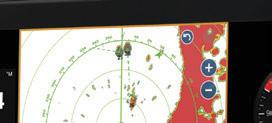
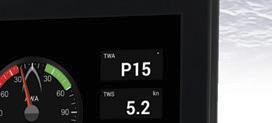

















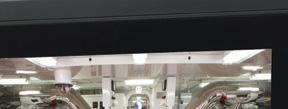



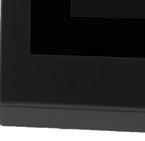


There are an estimated 1,700 derelict boats scattered around BC and many thousands more linger on Canada’s shores. The wrecks are often dangerous, leak fuel and other harmful products and damage the ocean’s plants and animals. Wrecks located on beaches in urban locations can lure people aboard which can lead to injury. In the past, wooden boats decayed, eventually
returning their fibre to the earth. But fibreglass vessels, like diamonds, are forever.

To deal with this scourge, in 2019 the Federal Government passed “The Wrecked, Abandoned, or Hazardous Vessels Act,” which made abandoning boats illegal, and “recognized the responsibility and liability of owners for their vessels.” Before then, there were few consequences for abandoning vessels.
After the Act became law, it developed regulations, including the imposition of fines on those who abandon boats. The Canadian Coast Guard assesses the condition of abandoned vessels and determines when they pose environmental threats or navigation hazards.

On June 27, the first fine of $15,000 was levied against Ryan Brackenbury who’d failed to remove Akoo, a 27foot powerboat after it washed up in Cadboro Bay on March 31. The Coast Guard had notified Brackenbury numerous times and had noted the boat had discharged polluting substances and its fractured condition presented a public danger. Brackenbury was ordered to clean up the wreckage but has not complied as of this writing.

I spoke with Rob Menzies of Salish

Sea Industries (who have removed many derelicts from our coastline), who told me they had already removed a previous sailboat belonging to Brackenbury that had also washed up on Cadboro Bay’s beach and that another boat he’d occupied had burned. Menzies added that his company had submitted a bid to remove Akoo for an estimated cost of $20,000.
When I googled Brackenbury’s name, I found a Go-Fund-Me page he created in March in which he asked for financial help to buy yet another boat, which would again serve as his home. The fundraiser was not successful.




Brackenbury has 30 days to pay his fine or he must ask for a hearing with the Transportation Appeal Tribunal of Canada. Time will tell whether a law prohibiting the abandonment of boats can successfully levy fines on people with limited means, or those who cannot afford to pay BC’s high rents.

I have often wondered if the persons who have sold a decrepit boat for a beer or a few bucks because they don’t want to invest in upgrading their vessel or to pay for proper disposal should also be fined. Many derelict boats end up ashore because the next person occupying them has neither the knowledge nor the funds to maintain them. But as the last owner, they’re on the legal hook for disposal, while the previous owner also bears responsibility. Is there a gap in the Wrecked, Abandoned, or Hazardous Vessels Act?
—Marianne Scott

Long ago and far away, a king agreed to help pay for a canal that, to this day, remains a masterpiece of art and a miracle of engineering and design. The man who planned and built

Lthe waterway, Pierre-Paul Riquet, was a salt-tax collector and self-made engineer. The project began in 1667 and opened 27 years later in 1694. His creation surprised and amazed a whole bunch of people and saved French seamen a month’s sailing through hostile, pirate-infested waters. Although Riquet died eight months before it was finished and he never saw the completed project, it is still in operation today, and since 1996, the Deux-Mers Canal (literally Two-Seas Canal) is a UNESCO
world heritage site.
Prior to the opening of the waterway, in order to deliver cargo from Atlantic ports on the west side of France to French ports in the Mediterranean, ships had to sail around Spain and Portugal and past Gibraltar. Spain was an enemy of France at the time, and pirates patrolled much of the route. They were especially thick in the Strait of Gibraltar. Why not? It forces traffic into a narrow passage with no way to escape attacking brigands.


People had talked about building a canal for decades, but it wasn’t until Riquet came along and King Louis XIV, whatever his faults, opened his coffers for the good of his subjects that it became a reality. The canal joins several watercourses between Bordeaux and the Étang de Thau, a long, shallow lagoon south of Montpellier. Bridges, aqueducts, locks, spillways and tunnels help stitch it together. It was one of the greatest feats of engineering and construction in the 1600s. Four hundred years later, in spite of updates and improvements to some of its systems, the original design is intact.
Barges towed by horses carried goods back and forth, so there is a towpath alongside—a great place to walk or bike, and since the Second World War, the Canal du Midi, the section that runs from Toulouse to the Étang de Thau, has become a popular tourist destination.
For years, my husband and I have talked about getting some friends together, renting a boat, and cruising at least part of the Canal du Midi. All day long, we’d enjoy the camaraderie of fellow boaters as we waited our turn at the locks. We’d bask in sunshine, marvel at the beautiful countryside, bike to markets in quaint towns, and return with crispy, crusty, golden baguettes sticking up out of our backpacks. As the sun dropped low in the western sky, we’d moor for the night. We’d find the best cassoulet in the world and drink locally produced wines that taste like nectar of the gods.
As idyllic as this adventure sounds, we’ve never gotten around to actually doing it, so when I arrived in Toulouse for a couple of days last fall, thinking I’d at least get a tiny taste of it, I booked a five-hour cruise beginning in the city.
The evening before, I walked to the canal. I wanted to be sure I knew where to get on the boat and how long it would take to get there. A gentle mist had settled in, giving the trees reaching out to shade the waterway the look of an impressionist painting. A couple of boats slipped by, rippling the surface, and after they passed, it again lay flat and still, gleaming in the fading light. A family on bicycles pedaled alongside, the papa with a baguette sticking up out of his backpack.
I heard the wind the next morning, even before I got out of bed. Rain fell fast and hard, beating against my window. But hey, I’m from the Pacific Northwest. I grabbed coffee and a croissant and set off.
Pushed by the wind, the rain fell horizontally. A gust turned my umbrella inside out, not that it was doing a lot of good. I felt the chilly dampness creeping through my jacket. My feet were cold and wet. Less than two blocks from my hotel, I sought refuge in the doorway of an office building and checked the weather on my phone. This was not a sudden squall, soon to be over. High winds and deluges of rain were expected to last all day.
In fact, over two inches fell that day. Even if I’d had foul weather gear, it would not have been fun. My voyage was not to be. Maybe next time.
By the next morning, the tempest had passed on and under clear skies I continued on to the medieval town of Foix and the Mirandole, a charming B&B, where my hostess served a culinary masterpiece for breakfast. And wrote out the recipe for me. Pear frangipani is not complicated, bakes quickly, and although it makes a decadent breakfast dish, when I make it, I serve it with whipped cream for dessert. Enjoy!
4 – 6 servings
•2 ripe but firm pears
•3/4 cup butter
•1 1/3 cups almond flour or finely ground almonds
•1/3 cup + 1 tablespoon sugar
•3 eggs
1. Preheat oven to 200° C (400◦ F)
2. Butter, then dust with sugar four to six shallow, oven-proof dishes
3. Peal the pears; cut into 1.5-centimetre (1/2-inch) cubes.
4. Melt one tablespoon butter in a sauté pan over medium-high heat and add pear to pan; cook five to 10 minutes, until caramelized.
5. Remove from heat and divide among the dishes.
6. Melt remaining butter and set aside to cool.
7. Whisk the eggs then slowly add sugar, whisking until the eggs look thick.
8. Add almond flour and cooled melted butter; whisk to combine.
9. Pour mixture over the pears.
10. Bake 20 to 25 minutes or until browned on top and a knife inserted in the middle comes out clean.
11. Dust with powdered sugar and serve warm or at room temperature.
VANCOUVER ISLAND’S LARGEST MARINE DEALER
VANCOUVER ISLAND’S LARGEST MARINE DEALER































Over 36 Years in Business
Over 36 Years in Business
OVER 80 BOATS & 150 INFLATABLES
OVER 80 BOATS & 150 INFLATABLES
OVER 40 YEARS IN BUSINESS
IT’S A BOAT SHOW EVERY DAY AT SHERWOOD MARINE CENTRE!
IT’S A BOAT SHOW EVERY DAY AT SHERWOOD MARINE CENTRE!




LOTS OF BOATS, INFLATABLES, AND TRAILERS IN STOCK

















AAfter pounding into a northwest wind the past couple days while cruising north from Nanaimo, it was a welcome relief to round Sarah Point and enter Desolation Sound with its calm and clear conditions. The scenery was as spectacular as Arlene and I remembered.
Much has been written about the sublime cruising destination of Desolation Sound. The choice of anchorages, with their mountain vistas and protected waters is extensive and all offer something special to make them unique.
For us, Grace Harbour located on the Gifford Peninsula is one of those places. This part of Desolation Sound Marine Park really has it all. It’s completely enclosed and protected, so the weather can be blowing out in the sound, but inside the harbour it’s cosy and calm.
We guided Easy Goin’ southeast through Malaspina Inlet, placing the Josephine Islands to starboard and Cavendish and Rosetta rocks to port.

GOOD ANCHORAGE CAN be found at the mouth of Grace Harbour north of Jean Island in 20 to 30 feet (six to nine metres) of water over mud. But we elected to proceed into the inner harbour. We entered the narrow, unobstructed passage which has plenty of depth for safe transit. There were a handful of boats already enjoying all that the harbour had to offer. This large anchorage can accommodate a few dozen boats.
Arlene stepped out on the foredeck and released the “hook” as I positioned Easy Goin’ near the western shore. We had a good firm set in 30 feet of water, where the sticky
mud provided good holding. The only foul bottom is a shallow area, well charted, in the centre of the inner harbour which is a large rock lying 12 feet below the surface.
The balance of the afternoon was spent watching a harbour seal popping up to check us out, then quickly arching its back to slip below the surface as we relaxed on board absorbed in our surroundings. While relaxing on the bridge, favourite beverage in hand, I imagined what the area was like when the Sliammon First Nation occupied these shores. I envisioned more sea life and wildlife, the surrounding forest would have been old growth, the scent of smoke from campfires would be in the air and children would be playing in the water.
IN THE EVENING, after touring the harbour by dinghy, we turned on the VHF radio for a weather report. At Cape Mudge, only 16 miles away, the wind was blowing 23 knots but in the anchorage the wind was absolutely calm and silent and remained that way all night. There wasn’t one generator running. The only sound was an occasional bit of laughter from a
distant boat.
After a night of solitude and then a leisurely breakfast and coffee on the back deck I hopped in the dinghy to go ashore to do some exploring. At the head of the anchorage there are a few campsites and a trail that leads through the forest to a beautiful lake. It’s about a 15-minute walk.
On the way to the lake there is a living museum to be discovered in the brush. Evidence of the
logging activity of many decades ago lies slowly rusting away and being claimed by the forest. A dozer, cable pulleys and items that defy interpretation were just left where they lay when the logging companies moved on.

The trail winds a short distance further through the lush forest to the lake’s edge, where a grassy clearing provides an excellent area for a picnic or a swim. The lake has a peat and mud bottom, so the water is slightly murky but beautiful. A pair of loons were calling making it a mystical visit.
AFTER LUNCH WE once again jumped in the dinghy to set-out to explore for a potential new anchorage. We headed for to Lancelot Inlet and Isabel Bay, three miles away. What we discovered was a lovely bay west of Polly Island with plenty of potential and the next time we are in the area we are going to have to spend a night or two there.
Upon returning to Easy Goin’, we enjoyed a fine bottle of wine with a delicious barbecued dinner then relished a full moon rising over the anchorage. Life just doesn’t get any better!


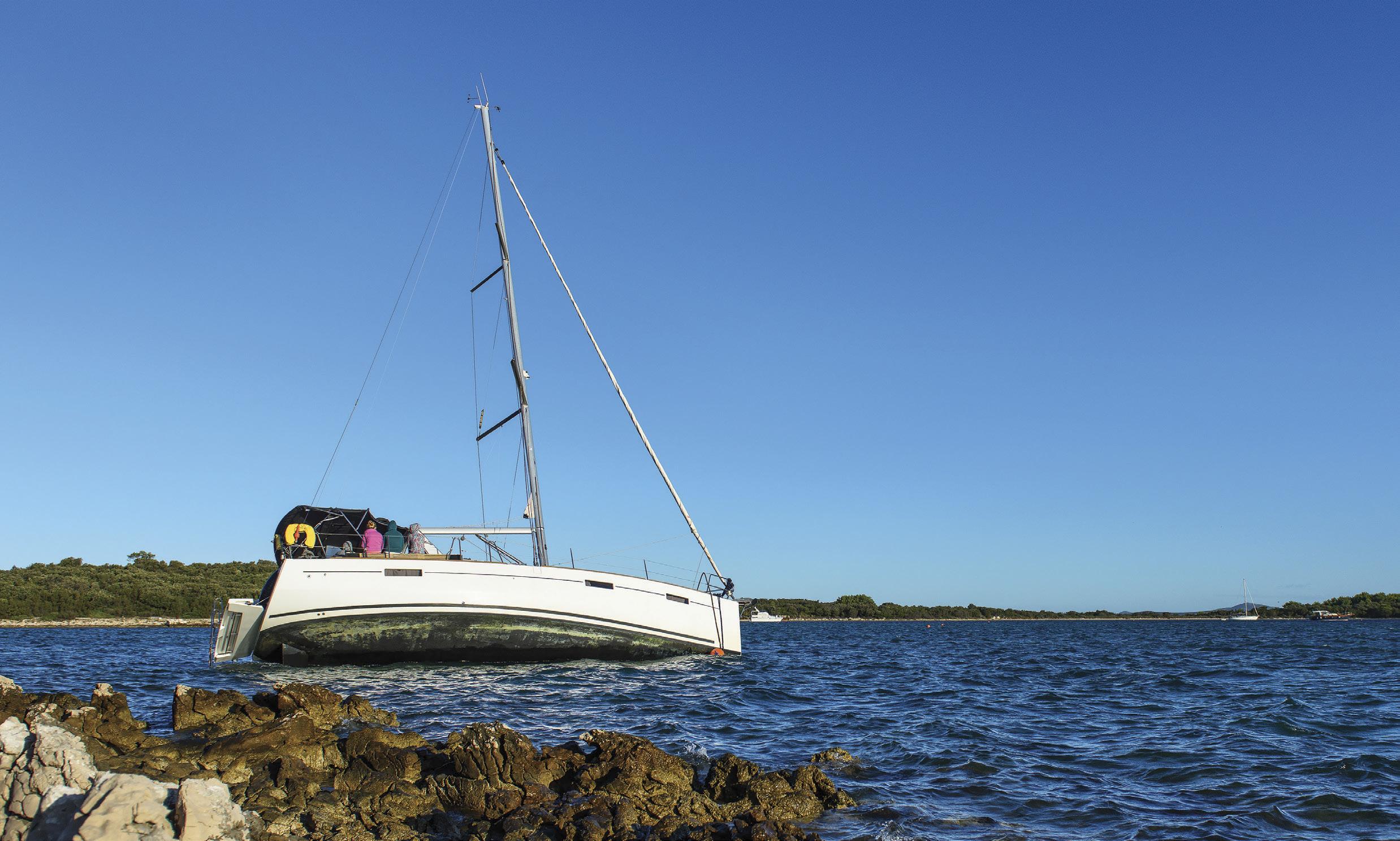




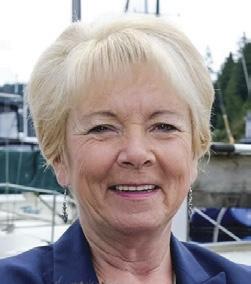
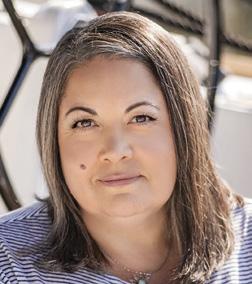












 By Marianne Scott
By Marianne Scott


still awaiting the holiday crowds who’d registered for berths. We tied up and stepped onto the new dock lined with fibreglass mini mesh, a favourite dock covering that often replaces plank docks.
“The mesh allows light to penetrate below the docks,” said marina general manager Ryan MacLeod, “and that’s good for the critters and plant life below.” Having once jumped off our boat onto frosty wood planks and landing painfully on my back, I much prefer the non-slip mesh. Its flat surface makes it easier to push carts with supplies for your get-aways and its practicality also makes it simpler for marina crew to maintain.
The extra dock space, added in 2023, will be dedicated primarily to transient vessels while the pre-existing
allow visiting vessels to tie stern-to, creating ample space for holiday traffic and rendezvous.
The new docks are anchored by heavy steel pilings and have 30 and 50-amp plugs, as well as fire-prevention standpipes. Like the other Gulf Island marinas, drinking water is at a premium, especially after this year’s dry spring. You may be able to add a few litres to your tank, but filling big water tanks or washing your boat is definitely off the menu. You can, however, get wifi throughout the marina area.
On the way in, we passed four concrete wave attenuators that protect the marina from the strong south-easterlies that can funnel up the bay. Gulls, crows and other avians have used the platforms to drop, break and then devour shellfish, creating the beginnings
when a canal was dug across its connecting isthmus in 1902 and 1903. A miniature version of the Panama Canal, the passage provides a two-way short-cut between Bedwell Harbour and Port Browning. A bridge lets traffic flow between the islands and allows boats with a less than nine-metre air draft to cross the Pender Canal at low tide. The canal’s depth is about two metres at low tide and currents can run up to four knots. Unless your sailboat is very small, the Pender Canal is not a safe shortcut.
A PREVALENT JOKE is that in BC, all marinas are for sale—especially those located in isolated spots. Several remote marinas have closed in recent years when the owners aged or died. Knowing the tough conditions of

running a successful marina—the harsh salty environment, riparian rights issues, environmental concerns, and most of all, a transient boating season of two-to-four short summer months that must be productive enough to cover the operating costs of an entire year—few investors have taken the leap. The Mill Bay Marine Group (MBMG) is an outlier—the company bought Port Browning in 2015—along with marinas at Port Sidney, Port Renfrew, Kitimat and Mill Bay.
The MBMG has built or improved all their properties. For example, they constructed a heavy-duty breakwater at Port Renfrew protecting boats from the Juan de Fuca’s currents and frequent strong westerlies (The Pacific Gateway Marina, PY October 2017). They also completely rebuilt Saanich
Inlet’s Mill Bay Marina, which had perished during a winter storm (PY August 2017). Where the MBMG has excelled is finding ways to add value to their marinas and thereby improve their revenue streams. Port Browning Marina is an excellent example—it’s become a destination with a large variety of experiences for boaters and their families.
UNLIKE SOME MARINAS that consist mainly of docks, Port Browning Marina is blessed with spacious adjoining grounds that invite people to walk, picnic, sunbathe and bring camping tents. Kids can play and roam in safety. You can bring your leashed dog (with clean-up of course). Frisbees and lawn games can be played and picnic tables are scattered throughout the area. Twin canopy tents with tables and bar-
becues are available for groups having joint dinners or potlucks. At water’s edge, you can find a nifty beach. After a cluster of warm days, the water may even be swimmable at low tide. If the bay’s water is too cold for you, you can use the fenced swimming pool with lounge chairs next to the pub.
There’s also a novel addition to the grounds—places to camp in style. Atop a small rise, four white, canopystyle “glamping tents” provide a welcome respite from busy lives. Each has a slightly different layout, but all have queen beds, pull-out sofas and general amenities like dressers, locally made live-edge furniture, mini-fridges, filtered water and coffee makers. Depending on which glamping tent you choose, they sleep four or six persons. They resemble deluxe hotel rooms, but are free-standing, have outdoor



The simplest way to squeeze every last moment of relaxation and exploring out of the remaining days of summer. Quick and convenient scheduled flights connect across B.C. & Seattle, and private flights connect you to marinas, private docks, or remote resorts in just minutes. Wherever you want to be, we can get you there.




seating under canvas with views of the marina, meadow and the bay. It’s a great place to have a drink or snack. If you want to bring more guests than can sleep comfortably on your yacht, here is a solution. Or you can take your glamping family or friends for a day sail or fishing adventure.
The four glamping tents are accompanied by a vintage recreational vehicle. It recalls the late sixties-early seventies highly popular colour: turquoise. The exterior and interior reveal spots of turquoise—even the kettle, toaster and teapot are turquoise. As the RV was designed for travel, it has a galley. It’s a fun, nostalgic place that can host a family of four.
Washrooms and showers are available next to the marina office.
IF YOU’D LIKE to paddleboard or kayak but have no room for these items on your boat, the MBMG has teamed with Pender Island Kayak Adventures, who rents this sports gear just below the security gate leading to the docks. They also rent bikes or e-bikes that can bring you to the Saturday Farmers’ Market (9:30 to 13:00), where local farmers, artisans and food vendors sell fresh produce and other food stuff, crafts, local lamb and cider.
The marina’s grounds are graced with a large group of apple trees— a common fruit found on the Gulf Islands. These apples are harvested by Twin Island Cider, who also collect from other century-old heritage orchards; they turn this mix of ap -
ples into some of the best cider I’ve quaffed. If you rent a bike, you can have a taste on their premises. And while you are touring, I recommend you visit the Sea Star Vineyards, a 26acre “Winery in the Woods,” which cultivates its vines on a terraced slope leading to the Salish Sea. They have a beautiful tasting room and a food truck is on the premises during the summer. Check the vineyard and cidery websites for opening hours.
For more prosaic provisions, the Driftwood Centre is a 10 to 15-minute walk from the marina. It features a grocery store, pharmacy, liquor store, hardware store and bookstore, even a do-it-yourself dog washing station. Closer yet is the store located in the marina office; it’s where you







can pick up things you might have run out of—toilet paper, detergent for the washing machines next door, or some island-made jams and crafts.
ONE OF THE Marina’s big draws is the pub, popular with both islanders and boaters (a cheerful retirement party was taking place while I ate lunch there). I expected the usual pub fare of burgers, fish and chips and chicken wings and these meals are indeed on the menu. What I didn’t anticipate was the delicious tuna tataki on lentils I devoured, nor the tuna tacos my companions ordered. They were first rate.
The marina’s website has listed the Bridgeman Bistro as well. “Two restaurants under the same roof? I asked. The bistro, I learned, hosts special events—rendezvous for boaters, club cruises, weddings and sizable family reunions. A large, newly constructed, covered outdoor kitchen is flanked by outdoor tables. The attractive inside seating area features long tables for convivial group dining or celebrations.
IN RECENT YEARS, many marinas have called themselves resorts. Not all of them qualify. Port Browning, with its new docks, spacious grounds, glamping tents and excellent food, fits the bill.

What’s in a name?
In the North Straits Salish language, Pender Island was called st’ey’əs and Port Browning was named xwal’isən’. But when the Plumper’s Captain George Henry Richards came around in 1859 surveying the southern BC coast, he named the island after his second master, Daniel Pender, who later commanded the Beaver and continued to carry on hydrographic work with great zeal, bestowing British names on hundreds of geographic places.
Port Browning gained its nomenclature from George Alexander Browning, Pender’s second in command. He outstripped Pender, whose name was applied to four locations, by having his name grace seven places. Both Pender and Browning ended their careers at the UK Admiralty hydrographic office. Unlike the royals, aristocrats and admirals whose names frequently appear on our charts but who never set foot in BC, these captains were here in the flesh.
In the 1980s, Simon Fraser University and the BC Heritage Conservation Branch conducted archeological digs at both sides of the Pender Canal, the ditch that had separated North and South Pender until 1902. Several middens were present in the area but had seriously eroded due in part to higher water levels and wave action. The middens’ soil could not be stabilized. During the three years of excavation the archeologists found layers documenting extensive human occupation by Coast Salish people. They found house floors and pits that may have contained posts. The layers were composed of “crushed and burned shell, whole shell, scattered fire-broken rock, humus and charcoal. The midden [also] contained human burials, hearth and rock cairn features, disarticulated and broken human, animal, fish and bird bones, and artifacts.” The archaeologists carbon-dated these cultural deposits and found that Coast Salish people lived here as far back as 5,000 years.



 Photos Curtesy of Port Browning Marina
Photos Curtesy of Port Browning Marina
down the coast and eventually out to the open Pacific. But in 2022 those wind patterns changed and what was typically a small zone of high pressure with no wind became an ever-expanding area covering hundreds of square miles.
BEFORE THE RACE we gathered in Victoria’s Inner Harbour aboard SV New Haven, our 38-foot Baltic offshore racer-cruiser, and motored to the start line in quiet fog. The six of us on board had trained together for the past year for this biannual event. We’d bought new sails, lithium batteries, even a battery-powered freshwater maker. We joked we’d be the only race team able to have daily showers as we crossed the Pacific.
Our team members have different sailing skills. Tim and I are the racers and love trimming sails constantly for that extra 1/10th of a knot. Lee and Jason are masters of the foredeck, they are physical and tireless, and even in darkness know which lines belong to each sail. Doug is our navigation and weatherman and Bart is our systems guru, constantly monitoring our engine, our electrical and solar systems.
For the first four days we made slow progress down the Washington coast. We’d started with 110 litres of fuel and 280 of freshwater. More than enough for a 16-day crossing. But by the fifth day we were still at the Oregon border, and with 2,000 miles still to go we had no chance of completing the race unaided within the required 19 days. We’d used too much fuel for charging
batteries and running our water-maker and had been wastefully charging our phones, checking emails and weather. With no sign of wind, we decided to abandon the racing class and join the recreational Lahaina class that allowed competitors to use engines for propulsion. We now had about 30 hours of engine time left. With that we could motor a couple of hundred miles or recharge our batteries but we couldn’t do both. To save energy, we turned off lights, our fridge and freezer and minimized email and radio communication.
ALL THE NEXT day, we used most of our fuel to motor until we eventually found a steady 15-knot breeze. But as the wind built and we began to surf down the backs of waves, Doug began to feel seasick. As the team doctor I checked on him, gave him some antinausea medicine and a barf bucket and left him to recover. Jason also was suffering. He’d had days of poor sleep and had deep bags under his eyes but, would rise without complaint for every sail change. Sleep is tough as the crew on deck needs to keep adjusting sails, winches click with a loud metallic noise that carries through the fibreglass and every wave is felt more when curled into a tiny bunk.

As light crept into the morning sky we were well south of San Francisco and far offshore. Bart and I handed the watch over to the morning crew before crawling into damp bunks. Soon the wind was gusting to 25 knots and New Haven was being dragged chaotically up and
through the backs of waves. Tim called for a sail change, and while he and I kept the boat steady Bart, Lee and Jason battled to change our large headsail for a smaller storm spinnaker. As we’d surf down tall waves, our boat would surge occasionally to well over 10 knots—crazy speeds for a boat weighed down with six guys and their gear.
For three days the wind blew. The sky stayed dark with thick clouds. We lived in our storm gear with the added weight of strobes, electronic beacons and flares. From below deck, we heard
For years, sailors in the Victoria to Maui race relied on predictable winds to carry them from the southern tip of Vancouver Island,Mid-Pacific motorsailing with a dolphin for a guide.
those on deck clipping and unclipping their safety harnesses as they moved about. Ten to 12-foot waves lift us up for a chance to look around at the chaotic sea before dumping us into a trough where we can see only the peaks of waves above us. We’ve tried to keep things organized but after two days, every cup, bag and book has been tossed back and forth so many times we’re unable to keep up with the mess.
As the storm has built, we’ve changed or reefed sails numerous times. Each sail change is hard work and risky for
the deck crew. We’ve shortened our mainsail to the third reef line leaving only a small triangle of mainsail and a tiny jib to keep us racing but in control during this storm.
With Doug still out of commission and barfing in a white plastic pail we’ve had no communication with the race committee. We’ve eaten little these past three days as the boat’s constant rolling makes cooking a challenge. I made some fried rice, added raw eggs and doused it in olive oil for extra calories. We’re now 1,600 miles from Lahaina.
Optimistically we calculate we could arrive in nine days if we average seven knots—something we haven’t done since the race began.
ON DAY NINE we sailed out of the storm and into another dead zone of high pressure. This one stretching for miles around us. We drift for another two days like this. Our sails limp, the boat still. As we seek shelter from the intense sun, we talk constantly of how to manage our low fuel supply. We no longer have enough to motor to

wind and even if we could, we’d then have nothing left to make water and to charge our batteries. We have only about a dozen hours of engine time left and need at least 20 minutes each day just to make our water. We’ll wait and drift in the middle of the ocean. But after 10 days, we’re only halfway to Hawaii and in a bit of a predicament.
We remain becalmed halfway between Victoria and Maui. The sea like glass, the colour of a bruise. We’ve been cursed by little wind for much of the 11-day trip. Who says it won’t last another 11? We’ll be out of power, food and water. As we drift, I wash dishes and clothes in buckets of salt water. It’s therapeutic. Doing something is better than sitting still. It’s better than addressing the slow worry that comes back every time the wind dies.

That night we use our satellite phone to call a sailor-friend back home. He has the experience and information we need and tells us to head due south, take the long route, get the hell out of where we are. It’s good advice but feels a bit like being told to shuffle slowly away from a charging tiger.
BY DAY 13
we crossed the southern limit of the massive high-pressure zone. For the first time in days we had sustained wind. Finally, we’re sailing well and making good speed. In the evening we indulged, knowing our fresh food won’t keep. We open packages of breakfast sausages that are bursting with flavour. Tim cooks them on the barbecue wearing a chef’s hat and brandishing a spatula. They’re fantastic and his show of high morale is contagious. We devour them by hand, our fingers soaked with grease. And to top it off, Bart, the master of all things mechanical, pronounces he will catch a fish and save us from starvation. We entertain his dream which seems wildly unrealistic as he has just a hand
line and no weight to sink his hook. As we sail in a light breeze we can see the pink lure skipping uselessly along the surface. And yet he does. The line goes taut, our spool jumps and Bart pulls in the most beautiful, snubnosed mahi mahi. We cheer and yell. We’re all a bit Lord-of-the-Flies-ish. We land it, grill it quickly and devour it within minutes. We are kings!
POWERED BY FULL mainsail and
the “dragon,” our huge red and black asymmetrical spinnaker, New Haven surges through the waves. We are joined by flying fish and by a pod of small porpoises playing effortlessly in our bow wave.
That night an intense storm squall hit us. In a matter of a minute or two the wind doubled, then doubled again
and is soon well over 30 knots. We are blown off course and into the valleys of rollers. The wind swirls and slams into the back of our mainsail stopping us dead in the water. Our main is held in place though by a safety line to prevent the boom from accidentally striking one of us. With it in place, we can’t spill the wind’s tremendous power. The spinnaker is no longer filled with a light breeze from astern but with a growling wind from abeam. We’ve lost all steerage and within seconds the storm has knocked New Haven on its side. Water pours into the cockpit. Tim, Bart and I scramble now upwards to the starboard side and see our mast lying horizontally on the waves. A life jacket that had been lashed to the lifelines is held underwater and automatically inflates, its flashing strobe light adding to the surreal mood.




BELOW DECK OUR teammates have been tossed awake and fumble to make sense in the darkness and mayhem of our home, now completely sideways in the water.
“Stay inside. Keep things tight. We’ve got this,” Tim says in a surprisingly conversational tone.
He and I reach upwards, straining in the darkness to find the lines we need to release. Pulling myself upwards I stand on something solid in the pitch black to reach above me to the starboard deck, feel for the taut preventer line and release it. The boom comes thundering across and into the water on the port side. While Tim releases the spinnaker afterguy, I attempt to release the sheet. But a knot in the rope has jammed the cleat and under tremendous load I can’t release it. Only when I cut the line and it snaps free with the sound of a pistol crack can we depower both sails, and New Haven, as if waking slowly from a long nap, stands upright again.
“Screw you squall!” we scream jubilantly. “Is that all you’ve got?”
But it’s not. As a parting gift, the storm tears our beautiful “beast” to shreds and washes another spinnaker, poorly secured on deck, into the black of the sea. By now, the guys below are in their gear and safety harnesses and head to the bow to wrestle down our shred-
ded “beast.” Doug contacts the US Coast Guard hundreds of miles away to advise them to disregard the automatic SOS radio signal our submerged life jacket has been sending out. Tim and I take familiar positions in the cockpit, racing downwind to keep the boat level and safe for the deck crew.
By morning the squall has moved on. All six of us work together to restore order, but we are all spent, completely exhausted and needing rest.
AFTER THREE WEEKS we are within 100 miles of Hawaii. Sailing conditions are finally perfect with a steady, warm wind and large 15-foot rolling swells to surf down. Although we have no fuel, are out of food and will be the last boat to cross the finish line we feel triumphant as we bring our vessel home.

Long after nightfall we find shelter in the calm waters of Lahaina Harbour. Cheerful people from the race commit-

tee boat pass us jerry cans of diesel. As we motor slowly to the marina, we ready our fenders and prepare finally to step ashore. But we hear instead, while still far from shore a soft but rising chant, “Ah-lo-ha New Haven. Ah-loha!”
Who can this be? Who would be here, so late at night to greet us, long after other racers have gone home? Some of our friends and family members have gathered and with them are local sailors and the curious onlookers who at this late hour welcome us home as heroes. They shower us with magnums of champagne, drape sweet-smelling leis around our bowed heads and kiss our cheeks. As we stand on deck I look at Bart. He, like I, has tears streaming down his cheeks.
“It’s the champagne” I lie. “I got some in my eye.”
“I know,” he says hugging his wife and daughter. “So did I.”




We’ve got you covered with aluminum boats this season.TIARA REFIT

 By Mark MacLean
By Mark MacLean
HHaving owned a Tiara 2500 in the early ’80s, I had always loved the lines and comfort of the larger 3100 Tiara Open Model. My friend and cruising buddy Baird Tewksbury (formerly a contributing Pacific Yachting photojournalist) owned the first 3100 Tiara in Vancouver. His boat Result was, in my view, the best all-round, sub-35-foot boat for the Pacific waters of BC. It had great styling, a nice layout and good seaworthiness—making it perfect for our needs.
Initially, my partner Romney and I considered buying a sailboat as an alternative to finding an island property, but I was also keenly aware that while I had done extensive sailing and racing over the years, Romney was a novice sailor, and would be at potential risk in the unlikely event that something happened to me.
We liked the idea of visiting various friends who have places on Gambier, Salt Spring, Savary, Hernando and Hornby islands, while having our own comfortable place to stay. I also wanted a boat fast and comfortable enough to go further afield into Desolation Sound, the Broughtons and even as

far as Shearwater.
A boat that can accommodate six for drinks, four for dinner and sleeps two with safety, speed and comfort were our priorities. We started looking at powerboat options which very quickly returned me to the market for a Tiara 3100. It seemed every time we found a 3100 it had already sold, giving me confidence that even older Tiaras are still in high demand given their reputation and build quality.
I was confident David Campbell at Freedom Marine knew what was what. Sure enough, after missing out on a few that were on the market in early 2022 David gave us a tip that DIVA might be coming on the market. The boat was registered at Royal Vancouver Yacht Club, so I pulled out the yearbook and called the owner, Peter Graham, who in fact turned out to be a distant family member through mar-
riage. After a phone call with Peter and a subject offer, Romney and I went to RVYC Coal Harbour and had our first look at DIVA. I was in love!
The boat was in reasonable shape cosmetically, apart from the dated interior. But the engine and mechanical wear and tear was basically unknown. We invested in a full mechanical review by Joe Torres at Torres Marine, together with a structural hull and condition report from Aegis Marine


Surveyors. Both reports confirmed that the boat was very sound, but the original equipment and systems needed upgrades.
Our June 2022 purchase agreement with Peter was made based on a reduced price from the original offer to reflect the considerable investment on our part to bring the boat up to a condition that, most importantly, would meet for insurance requirements, but also to satisfy my OCD standards for
safety and reliability.
Too late in the 2022 season to start any major refit program, Romney and I decided to use the boat for short trips over the summer, which also gave us the time and opportunity to learn which systems needed replacement sooner than later.
We enjoyed some good cruising days, but a series of problems arising largely from old marine hoses and manifolds—which tend to be the weak link


in salt water-based yachts—started getting in the way of our rest and relaxation plans. One incident required a Coast Guard escort from mid Salish Sea to Sechelt for repairs as the exhaust elbow had disintegrated leaving us with a bilge full of salt water.
Working on older Crusader Marine engines is not difficult, but finding someone with the right experience is very tricky. We were very lucky to be introduced to Luke Gordon, the father-in-law of one of my work colleagues. Luke is a lifelong adventurer, skilled mechanic and enthusiast of anything with a motor. Growing up in Australia, he was fascinated with mechanics from a young age. He has completed extensive formal training on two continents with unparalleled real-life experience on automobiles, motorcycles, boats, airplanes and their accessories. If it has a motor, Luke can fix it.
Luke and I discussed at length our wish to bring DIVA up to date in terms of reliability and safety and he agreed to help me by managing the refit
plan together with one of his expert engine friends, Davin Lillie, who is based in Nanaimo.
The major decision to be made was the engines. Crusader 454 Marine engines are very good engines but with a fresh sheet of paper we briefly flirted with the idea of repowering DIVA with diesel engines for reliability and fuel performance. After looking at the loss of performance and the cost of new diesels, we considered new Mercruiser replacement engines. Again, the cost was prohibitive. After reviewing all the Tiara owners’ forums, (which are very informative) it was clear that looking
at diesel power or other gas engine platforms was a non-starter.

The next debate was to rebuild or replace. Clearly, new sounds better, but in fact, using the original engines was our preference because of the numerous horror stories I had heard surrounding the fit of new engines aligning with mounts, transmission and shafts. With a rebuild you don’t have to worry about moving the engine mounts or adjusting the shafts, its plug and play (so to speak).
Next, we needed a good machine shop to do the job. Luke had experience with Island D Automotive
in Nanaimo, who have a very good reputation for rebuilding engines to a high standard and who warranty their work. We decided to go with them.

Timing was our next issue. We wanted to minimize the cost and inconvenience of having DIVA out of the water, so we mapped out the process for the rebuild in hopes of accomplishing just that.
Replacing the original worn and very dated fabric on the interior cushions was one of our winter projects. We went with a standard Sunbrella fabric in a neutral colour to complement the lovely teak interior. In our view, one of the great advantages of older Tiaras is the generous use of wood in the interior, giving the boat a warm, marine look unlike many of the newer plastic interiors that in my view can be a bit unwelcoming.
Vancouver Upholstery, a locally owned, third-generation family business took our old cushions and forward cabin mattress and did a beautiful job of giving the DIVA interior a fresh look.
The interior head liner was in very good condition but was dingy and showed a bit of wear likely from having never been cleaned. Romney’s careful hand cleaning with a simple mixture of vinegar and water brought it right back to new condition.
The teak interior doors and bulkheads were all in good conditions with no blemishes associated with older boats. A little TLC with a few coats of teak oil treatment brought back the deep lustre of the interior.
“I’ve gone through rough water like this before.”
“The channel is wide enough for both of us.”

“I won’t fall in. I’ve got good balance.”
“I don’t need a chart. I’ve been there before.”
“We’ve got plenty of fuel.”
“I’ve been boating for years. I don’t need to take a course.”
“Don’t worry - the water here is very shallow.”
“I’m fine. I only had a few beers.”
“I don’t need a PFD. I’m a good swimmer.”
“I’m just a small boat. I don’t need all that extra safety gear.”
“The water isn’t that cold.”

WHEN IT COMES TO BOATING SAFETY, EXCUSES DON’T FLOAT


Stones Marine Services was selected as our haul-out location. Stones is close to Island D and indeed all the other marine services in the Nanaimo area. What became apparent over the next seven weeks was that Nanaimo has become a hub for many small and specialised parts and equipment suppliers.
DIVA was hauled out on April 3 and work started the following week to carefully remove all the engine components, wiring, hoses and electrics so they could crane the engine out on April 13.
Each part was removed, carefully marked with a digital printer tape, and set in a series of bins for starboard and port engines to make sure we had everything in order. The old manifolds, hoses, fuel lines and exhaust elbows were removed, and the engines stripped down to the short blocks ready for delivery to Warren Watkins and his great team at Island D Automotive.

I must admit I had moments of terror watching 500 pounds of greasy metal coming out of the engine room, suspended by what looked like a very under capacity chain hovering over my beautiful white cockpit. However, protected by two sheets of plywood and careful manipulation by our team, both engines came out with no damage, other than one of Luke’s fingers getting pinched.
Once out, the next big job was to deal with 30 years of oil, grease, anti-
freeze, rust and a tangle of wiring that needed upgrading. We also took the opportunity to remove the old water heater that Tiara had poorly located outboard of the starboard engine, making it impossible to repair or service.
Over the course of the next four weekends, Romney and I spent time cleaning the engine room spaces. We also removed the old water and sump pumps and ground wiring and replaced


them with new ones on the basis that if you have the engines out and can get to the nooks and crannies you might as well use this time to make any improvements and upgrades to the original systems.
While the engine hatch decking was out of the boat, we also fitted new Noiko adhesive sound deadening material to the underside to lower the engine noise and vibration. What a difference!
Finding OEM parts to replace the old, rusted exhaust systems was a challenge. It is nearly impossible to find the original exhaust parts, and if you do they are incredibly expensive, so we went to work finding a machine shop that could manufacture parts.
After Luke made 30 calls, we finally found Mac Automotive Exhaust in Surrey who copied the original exhaust manifold elbows and the T joints that mix the starboard and port exhaust into the muffler. We used aluminized steel as the replacement material and then had them ceramic coated at Kool Coat in Burnaby to make sure they manage heat more efficiently.
They will never need replacing and they look fantastic.
The engine rebuilds took a few weeks longer than we had anticipated, mostly due to supply chain issues for replacement parts and the crankshaft replacement, but it gave us time to give the boat new bottom paint, improved zincs and a much overdue cut wax finish on the hull.
Romney oversaw stripping all the old varnish off the teak with a heat gun and sander, bringing the wood down to a beautiful new smooth oiled finish. Once the engine rebuilds were completed, we transported the shiny new blocks back to the shipyard on the trailer where the process of reassembly started, beginning with all new manifolds, cooling system and transmissions. Ready to go back in, we gave them a last touch up of “crusader blue” spray paint.
It is very important with rebuilt engines to adhere to a strict “run in” procedure



(for the first 10 hours of operation at least). After a short freshwater run in for 30 minutes prior to launch, we changed the oil and gave DIVA’s new engines an oil filter and oil change.
The boat was launched, and we set the timing and adjusted the carburetors, so the engines were purring. It was quite remarkable the difference in the smooth sound of the Crusaders with all new parts. Everything just sounds tight and free of vibration.
After seven weeks in the shipyard, on May 27, I was very keen to get DIVA back home to RVYC Coal Harbour. We wanted to take a route that gave us some protection in case of any problems with all new systems, so we carefully mapped out a route from Nanaimo Harbour through Dodd Narrows (at slack tide) into Stuart Channel and the inside passage of Valdes Island before we set out into the Salish Sea for the short 25-mile trip to the Lions Gate Bridge.
Running the boat at no more than 70 percent of max cruise speed and vary-






ing the rpm for the next four hours we made it home with no issues other than a minor drip from one of the manifold bolts (now fixed).
The cost of the refit of DIVA came in exactly where I thought it might— with the exception of the added cost of a few new exhaust hoses to make everything new. If asked, “Would I do it again?” the answer is categorically yes. We had a fabulous team that gave us an almost new boat, (at a fraction of the cost of replacement) with the knowledge that we should have years of trouble-free cruising, while considerably adding value to any resale opportunity.

For a boat built in 1987, DIVA looks and feels like it just came out of Leon Slikker’s factory in Holland,






Michigan. We can’t wait to start our first trip to Desolation Sound and the Broughtons.
All that is left to do for our project to be complete is to fit the new stainless steel Whale replacement water heater in the starboard aft lazarette which facilitates easy access to any repair. And to install a deck shower to make afterswim rinsing a treat. Land and Sea Plumbing is our choice in Vancouver for this type of custom job, so in the next few weeks that will complete our plans for the refit of DIVA.
What I have enjoyed about this process is that it has allowed us to be involved in the refit project every step of the way, giving me a very good technical understanding of all our new engines and systems.
7 tips to ensure a smooth running engine all year long
BY DENNISON BERWICKLack of clean fuel is the main cause of engine running problems—and the most easily avoided trouble! Diesel engines require very clean fuel because the fuel acts as a lubricant inside the injection pump and injectors. Tolerances between metal parts are very small (down to 0.2 microns in some pumps, compared to 100 microns for a grain of sand).
These seven tips, or precautions, can help ensure that only scrupulously clean fuel reaches the injection pump and injectors: 2
1
Avoid refueling within three hours of a fuel delivery at a service station; waiting allows any debris and water stirred up in the station’s tanks to settle. Contamination should be suspected if buying from fuel drums, which may leak rainwater; fuel barges, which may have a leak; or in many smaller communities outside North America and Europe. If necessary, fill clean jerry cans with the fuel and allow to stand overnight. Any debris and water will settle to the bottom and clean diesel can be syphoned out.
USE A FILTER FUNNEL TO PRE-FILTER FUEL BEFORE IT

Filter funnels are inexpensive and take out water and larger sediments. Using a filter-funnel will slow the process of filling the tank, so best done when the marina pump is not busy! Check that the O-ring of the deck fuel fitting is not kinked when tightened.





3
ADD A PREVENTIVE DOSE OF BIOCIDE TO MIX WITH THE DIESEL WHILE FUELING
Biocide kills hydrocarbon utilizing microorganisms (bacteria, fungi and yeasts—collectively known as “HUM”) which live in the fuel/water interface and feed on the carbon in diesel. HUM can grow very fast in warm conditions. HUM slime will plug filters and hoses, starving the injection pump of fuel and stopping the engine. The entire fuel circuit will need to be cleaned out after a HUM infestation; prevention is easier.
4
CHECK IF THE FUEL PUMP (LIFT OR TRANSFER PUMP) HAS A WIRE GAUZE SCREEN
This information should be in the engine manual. This screen is coarse (typically 70 microns) but can clog with gunge over time. Checking and cleaning should be part of an annual inspection.
5
REPLACE THE SECONDARY FUEL FILTER (ON-ENGINE FUEL FILTER) AT LEAST EVERY SECOND CHANGE OF THE PRIMARY FILTER
This is the last defense to prevent dirt or HUM slime reaching the injection pump. The filter either uses a replaceable element or a canister (similar to a small oil filter). The filter element should be two microns; however few manufacturers state the micron size on their replacement canisters.
6
CHANGE THE PRIMARY
The primary fuel filter, fitted between the tank and the engine’s lift (transfer) pump, is the main defense to prevent dirt and water reaching the engine.
This essential filter is not provided by engine manufacturers and must be installed by the boat builder or boat owner. Filter units come in different physical sizes and different sizes of fuel filtration. Some units have an easy-to-change top-loading replaceable element, others a spin-on disposable canister. The filter element should be 10 microns. Centrifugal force separates water from the fuel in the filter bowl which should be inspected regularly and drained, if necessary.
Do not wait for the filter element to look dirty; most of the particles the filter is removing are too small to see with the human eye. Changing once a season, or more often if contamination is suspected or the engine is running many hours, is an inexpensive precaution. Keep a few spare filters on board. A vacuum gauge fitted to the filter unit will give an accurate indication of when the filter needs to be changed. Be careful not to kink the O-rings on the filter assembly—air can be sucked into the system.
In general, the larger the primary fuel filter the better—if it fits in the space available. A small filter can be quickly overwhelmed by sludge stirred up in a seaway, potentially stopping the engine at a critical time. A larger filter that’s easy to access, with a filter element that’s easy to change, makes regular inspection and maintenance more likely and can be a worthwhile upgrade.


A good time to do this is after you change a fuel filter. Open the bleed screw half a turn on the top of the secondary filter. Most lift pumps have a small manual pump to move fuel. As the handle is pumped, air and some fuel will bubble out of the bleed screw. Wrap a rag or paper towel around the filter to catch the fuel. Pump until only fuel, and no air, comes out. Then retighten the bleed screw. (If the pump handle will not move, the engine needs to be manually rotated half a turn to allow the pump diaphragm to move.)
Some engines bleed air automatically. Older engines will require manual bleeding. This is a useful skill to practice. Even a little air can stop any engine from starting or running. Make sure all hose clamps are tight. A small leak between the tank and the lift pump will allow air into the system. A leak after the lift pump will show as a fuel drip; it can also allow air into the system when the engine is stopped.



The injection pump and injectors will also need to be bled if, a) the engine ran out of fuel, or b) the engine was hunting for fuel before stopping. Both conditions mean there could be air in the injections.
TAKING A LITTLE extra care when adding fuel and changing filters, on a well designed and installed fuel system, goes a long way to ensuring reliable running.



We make getting out of boat ownership a breeze.
We make getting out of boat ownership a breeze.



Donate your boat in support of our local community of sailors with disabilities and receive a tax receipt for its full market value.
Donate your boat in support of our local community of sailors with disabilities and receive a tax receipt for its full market value.

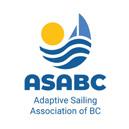









We call that a win-win.
We call that a win-win.

Ah yes, the groove, it’s part of most every sailboat racer’s vocabulary. But if we were to ask 10 sailors to define it I suspect the answers would range considerably. I find myself jumping back on the

Ahelm of a Martin 242, close to a year since I last helmed the boat in a regatta. It felt familiar of course, but I’ve found it a little difficult recapturing the groove consistently, so this month I thought I’d take a little time to revisit that somewhat vague space, where everything is going well, the boat’s fast and things just click and make sense. That’s finding the groove!
Let’s begin with talking a little bit about the basics of sailing. For the non-sailor and those just beginning in the sport it all must seem a little magi-
cal and mystical. Why does this invisible force, push, pull or even move a sailboat through the water at all? How does a sailboat even go upwind? These are two good questions, that I think if we can basically answer first, might help set some perspective for our groove discussion. I usually start this conversation with this: Sailboats are a unique vehicle in that they operate in two fluids, water and air. The underwater part of the hull and appendages interact with and move through the water, while the rest of the boat above the water, interacts with

and moves through the air. The force that drives the boat in simple terms is air movement. The wind flows over, around and into the rig and the sails creating a driving force through pressure differential between the windward (high pressure) and the leeward (low pressure) sides of the sail. Sometimes the air flows quite smoothly and there’s a semblance of a consistent airflow across the sails, this would be when sailing upwind and reaching. Other times there’s more turbulent flow, what some call the barn door effect, the wind simply pushing against the sails and the rig. This force, lift, generated by the wind and the sails is counteracted by the lateral resistance, of the underwater hull, keel and rudder. Instead of the boat simply falling over or sliding sideways, it moves forward. It’s easier to understand if the wind is further aft where the forces generated push the boat forward. OK, so perhaps there are a few over-simplifications here, but this sets the foundation for our discussion.
Every racer has experienced being in the groove, consciously or not. Finding that thing can seem difficult or downright impossible at times. I think we should look to define just what being in the groove is. First off, I would say the signs of being in the groove could be a speed edge over the boats around you. Next, it might be when the boat just feels balanced and right, moving through the water smoothly and effortlessly. Perhaps the helm is perfectly balanced, or maybe there’s just a little bite to it allowing the boat to list and point a little higher. It could be when all the telltales are flowing evenly and the sails look perfect. Being in the groove then could be many different things, but the common thread is always going to be: The boat’s going fast! So, we’ve begun to define what being in the groove is, now the tricky part, staying in the groove.
This part of the puzzle is about recognition and understanding. Every
Lightweight machined aluminium drums with a distinctive profile for exceptional line grip and control, and Ronstan’s unique, patented QuickTrim™ self-tailing.
Finally it’s easy to ease the sheet without removing the winch handle or the line from the self-tailer. With QuickTrim™, racing sailors can react instantly in response to minor course corrections or changes to wind pressure and direction. Cruising sailors will appreciate the simple convenience of easier sail adjustment.

racer may locate the groove from time to time, I dare say, the most successful racers are able to find and sustain sailing in the groove a higher percentage of the time. That begins and ends with recognition and understanding. I would go a little further and say that stumbling into the groove can happen, but staying in the groove consistently is not an accident. Knowing what fast sail trim looks like, having settings that are repeatable, these are two of the main contributors to tapping into the groove, the how’s and the why’s. Here’s an example of that. We’re sailing upwind, five boat lengths to windward of another boat. The first question is always, “How’s our relative speed?” If the answer is, “We’re a little slow,” that’s a call to action for the helmsman and the trimmers. The helm might ask for a slight ease on the jib and
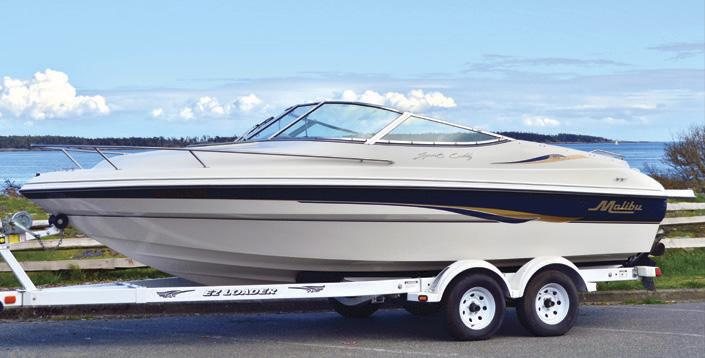
begin to put the bow down a couple of degrees. Perhaps an inch of mainsheet ease, a hair more twist. The boat accelerates half a knot. “How are we doing?” “Speed’s good, we’re moving forward slightly.” “OK, good, a little weight up, we’re slightly heeled. “Speed’s better, we’re moving forward nicely.” This could be a typical conversation on any upwind leg, it didn’t happen by accident. Finding the groove and staying in it takes observation, knowledge and application of known principles. Acquiring that understanding is always going to be about attention to detail, figuring out trim settings and being able to replicate them for a given condition. Easy? Not so much. Never be afraid to try different things, that’s always my advice. Discovery will always come from experimentation. Having an open mind will



often lead you to find an extra gear that wasn’t so obvious and might not even be fully explainable. Sometimes staying in the groove is just about suspending what you think you know and staying in the moment.
I think being in the groove could also be defined in other ways as well. There is no doubt that one’s state of mind is directly related to finding the groove. Confidence and belief are critical factors in any sport at any level. The groove is generally about finding a certain balance and a calm that allows good things to happen. Tension, worry, anxiety are the negative stressors that cloud judgements and distract from the sometimessimple elements at play. I think it’s important sometimes, when the groove seems elusive, or just impossible to find, to breathe deeply, push the reset button,
clear your head of all those extraneous thoughts and enjoy the moment. Getting back to basics like pulling off a few good tacks in a row, putting the bow down upwind or the bow up downwind and letting the boat rumble (go fast). Two lessons I think about from time to time. Paul Elvstrom, arguably the most famous, successful racer ever, gave up racing for over a decade because he put so much pressure on himself to win, it literally made him ill. Dave Ullman, sailmaker and multiple world multiclass champion, told me a story of how he had just come off his third world 470 win in a row and he was favoured to go to the Olympics and win gold. He didn’t win the US trials and he attributed it to the fact that he was so stressed in his personal and business life that he sailed tight and he just couldn’t find his groove.
The lesson there for me is that finding the groove is about finding your happy place, enjoying the process and trying your best to sail freely and relaxed. A few other quickfire notes on what I think finding the groove is about. Let’s begin with having full control of your boat. This extends to the entire crew knowing the boat and each other. Sailing, and racing a sailboat in particular, is about synergy and it’s about being an active participant in the process. That’s the difference between being a crewmember and a passenger. Finding and staying in the groove is about moving your weight at the right time, it’s also about the mechanics of movement and working efficiently together as a team. I think there are other grooves to get into besides just the obvious boat speed groove, such as the starting groove in a regatta. How


many times have you raced in a weekend regatta and had two good starts and four not so good? I think getting into a starting groove early in any regatta is really important! It begins with getting more than a few things sorted, beginning with crew work and communication. Having a good rapport on board and a clear back and forth between helmsman, tactician and trimmers is vital. The other important things to work on are spatial awareness and time and distance judgement. All of these things together, add up to having good control of your boat, and that’s what leads to finding a consistent starting groove.
I get the feeling we’ve only just touched on this topic. Until next time good, luck finding your groove on the racecourse, have fun out there. Take care all!


With large numbers of coho in the Strait of Georgia, September is shaping up to be a good month for fishing

‘Silver’ is a colloquial term for a coho salmon. It’s more commonly used in the US, but the moniker is well known to Canadian anglers as well.
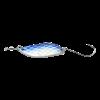

Chinook fishing is usually over by mid-September when most adults have entered their home rivers and it doesn’t


restart in earnest until early December when legal sized feeders appear in local waters. A few anglers do go after chums, but coho are the main attraction and it’s a show well worth taking in. However, to maximize fishing time for mature coho just modify the same tactics and presentations that worked earlier in the summer.

Resident coho, meaning those that remain inside the Strait of Georgia all summer, used to sustain the Strait of Georgia recreational fishery. Unfortunately, they mysteriously began to vacate the inside waters beginning in
the 1980s. By the mid-1990s they had abandoned the strait en masse. There were rare summers when coho reappeared, and fortunately 2023 happens to be another one of those years.
There is one caveat. Coho non-retention began in 1996. It was introduced by Fisheries Minister David Anderson to conserve interior Fraser River stocks. This regulation remains, but was adjusted to permit the retention of adipose fin-clipped hatchery coho for recreational fisheries in the Strait of Georgia and its approach waters.
September is one of the best times of
the year to be on the water. The temperature is warm but not too hot, the heavy fall rains are still weeks away, and those persistent summer winds disappear. It almost makes a successful fishing trip seem like a bonus not the goal.










Coho spend half of their three-year life-cycle in freshwater and half in saltwater, with the exception of ‘jacks’ or male coho that return to the rivers at two years old. Coho smolts are four to six inches long and weigh just a few ounces when they leave freshwater each spring.




These smolts double in size by Christmas. Prior to the 1970s anglers targeted them in what was called the winter grilse fishery. By early spring they average two to three pounds and are called bluebacks in reference to the colour of their upper bodies near the backbone.
From a few ounces to over three pounds in a year is impressive growth, but nothing compared to what happens during the months before entering their home streams. In this brief final stage of ocean life they undergo a massive growth spurt. This growth provides the calories needed to sustain them for the difficult spawning run yet to come. Many coho reach 10 pounds or more, with some even exceeding 20 pounds.
In order to fuel this remarkable growth rate coho become eating machines and this makes them easy to catch. However, by September these same coho become more selective about lures and presentations. Summer gear and tactics still work, but they become more effective after making slight modifications.

A common rule of thumb for summer coho is to speed up if the fishing is slow. Mature adults still prefer lures that

are trolled quickly, however, if they aren’t biting try slowing down. I have taken most of my larger coho trolling faster than I would for chinook, but slower than I would for summer coho.
2. Increase Leader Length
Try increasing the attractor to lure leader length by as much as 15 to 20 percent. So, if the leader length between a full-sized flasher and a hoochie is 18 to 24 inches extend that by three to five inches. For trolled herring strip go as long as 42 inches.
3. Fish Deeper
In recent decades, coho seem to be migrating deeper in the water column on the way to their home streams. So don’t be afraid to run a lure or two deeper than 80 or 90 feet.
4. Stack More Lures
Because coho are running deeper, spread the gear throughout the water column. This may require adding a second rod to one or two downriggers. It’s called stacking and it’s easy to learn. Place a second release clip for the stacked rod anywhere on the rigger cable as long as it’s 10 feet above the deep gear. Then shorten the drop back to the stacked lure by as much as a third, otherwise there is a risk of tangling the stacked lure with the deep gear if the deep rod fires first. Finally, reel in as much slack line as possible without tripping the release clip. This also reduces the risk of tangling the lures.
5. Run a Shallow Lure
Behind the Prop Wash
This is what I call the fun rod. With
Based on the abundance of coho observed in the Strait of Georgia during June and July it might indicate that really good coho fishing is in the works for September. According to longtime guides from Campbell River to Vancouver this is the most coho they’ve seen since the early 1990s. So, put silvers on your fishing calendar for September and check for tidal water fishery notices that are specific to coho salmon before dropping a line.
the help of a few ounces of weight, or a two to 2.5-inch diameter minidiving planer, the lure should locate just under the surface set about 30 feet behind the boat. Run it without an attractor using spoons, real or artificial herring strips, whole baits or plugs.
6. Use the Current to Your Advantage
September coho feed late into their migration and, more importantly, move with the feed and current. To find them anglers need to cover lots of water. So, avoid trolling into the current. Instead, troll with it or zigzag diagonally across it to find the fish.
If a lure includes green as a primary colour it’s good for coho. Other effective colours, pigments and patterns include chartreuse, glow, UV, chrome, silver, blue, pink and holographic tapes in cracked ice or plaid. Stick with smaller lures that match juvenile herring, anchovies, needlefish, krill or squid and adjust the size and colours according to the feed or fishing conditions. For example, glow, white and pink for krill; green, blue and chartreuse for baitfish; UV and glow for dark days, deep fishing and dirty water. Keep using hot lures even if they’ve

taken a beating from numerous strikes. These often out-fish the same brandnew lures right out of the package.
I am a big fan of full-sized plastic flashers in the same colours recommended for lures. However, if the bite is slow I often put out a metal attractor like the 10-inch Abe & Al.
Full sized flashers can be run with stacked lures, but it significantly increases drag. I like to run stacked spoons, baits or plugs without flashers or dodgers, or with smaller attractors like a 10-inch Abe & Al, a small herring dodger or mini-flasher. Boats 20 feet or bigger can easily handle four rods for coho fishing, while three rods is ideal for boats from 15
to 19 feet long.
Boats with two riggers can add a stacked line to each rigger to get to four rods in the water. Or they can run a variation setup with two rods off one rigger, a shallow ‘fun rod’ off the centre, and a single deep lure run from the second rigger. Running stackers requires at least 12-pound cannonballs to compensate for the extra drag and faster coho trolling speed. Fifteen pounders are better.
Both options are good initial tactics for the start of any coho trip because the lures are covering a large segment of potentially productive water. Once anglers locate the depth that’s producing strikes, they should reposition most of their other lures around that general depth.

On June 23, 2023, barely six weeks after US District Judge Richard Jones ordered a halt to the 2023 southeast Alaska chinook salmon troll fishery, the Ninth Circuit Court of Western Washington overturned his ruling. The court’s decision allowed this fishery to begin on July 1 as scheduled.
The earlier decision by Judge Jones agreed with the position brought forward by the Wild Fish Conservancy that the US Federal Government’s plans for the troll fishery were insufficient to protect chinook salmon, originating from Washington and Oregon and failed to take into account endangered Southern Resident Killer Whales that rely on these salmon as a food source. The Jones decision instructed the National Marine Fisheries Service to redo a biological opinion that had initially permitted the southeast Alaska troll fishery to proceed.
The Alaska State government
appealed that decision arguing that the importance of this fishery to approximately 1,500 commercial fishermen outweighed the gains from closing the fishery. To support their case, it was pointed out that the gains cited in the original decision were small, adding that the 20222023 proposed chinook catch for the southeast Alaska troll fishery was within the Canada-US Pacific Salmon Commission’s agreed upon limits. Those limits already included a 30 percent reduction from the 20212022 commercial troll totals to address chinook conservation needs.
In striking down the previous decision the Ninth Circuit Court concluded, “that substantial certain impacts of not fishing outweigh the speculative environmental threats.” The Wild Fish Conservancy announced their disappointment with the decision while vowing to appeal the court’s ruling.
A well performing, roomy cruiser from Germany

AAs I’ve written before, it’s always a challenge to schedule a sailboat review when we’re unsure if there will be decent wind, and without wind, the review is going to miss important sailing characteristics. The Windy and PredictWind apps help, but they’re not always accurate. However, on a beautiful summer day in July, the stars aligned, and we had an excellent day on English Bay with gusty eight to 14-knot westerlies. Aboard were Pacific Yachting editor Sam Burkhart, Yacht Sales West broker Richard Hargreaves and myself.

Founded in 1978, Germany-based Bavaria Yachts is one of Europe’s largest production yacht builders. The company has come back swinging since a brief period of insolvency in 2018 and the subsequent purchase by CMP Capital Management Partners, a German investment company. Since then, Bavaria has been steadily improving production efficiency, paring down its model line and replacing older models with new. Bavaria currently produces 500 sailboats and powerboats each year. Their current sailboat lineup consists of 11 models with six in the C-Class from 38 to 57 feet (11 to 16 metres).

The new C38 is the smallest offering in Bavaria’s C-line. The C-line is designed by Cossutti Yacht Design (the C is for Cossutti). The C-line is a departure from Bavaria’s Cruiser line and is more performance
The interior utilizes the full beam to maximum effect.





oriented with blunt bows that flare out considerably above the waterline, hard chines and beams that carry all the way aft.

The C38 has a whole lot to offer for coastal cruisers. During our test sail it proved almost effortless to drive and sailed beautifully with its big rig. Its wide chines offered solid stability, and due to its wide beam (13’ 6”/3.98 metres), there’s a great deal of room belowdecks.
The C38 is available in a two or three cabin layout with one or two heads, while the layout of the saloon remains the same regardless. It is offered in both standard (best for our waters) and shallow draft versions with either a regular mainsail or in-mast furling. A self-tacking jib is normal though a genoa is offered as an option.

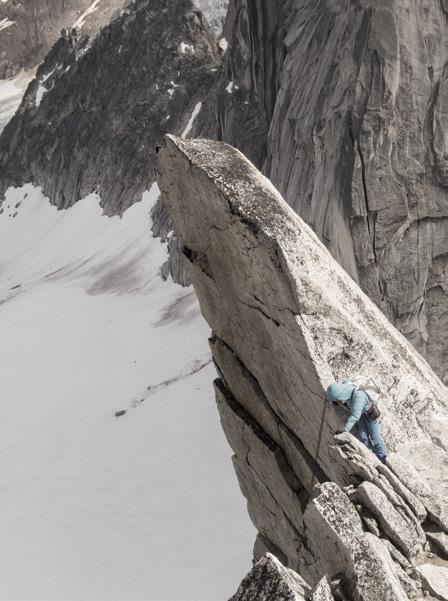

Boarding is via the folding swim platform, though side gates provide alternate access. The teak-planked platform is sizable, and its gas struts make it easy to deploy and retrieve manually. One interesting feature is the rudder quadrant and autopilot gear, which are accessible via a hatch in the cockpit sole, as opposed to most sailboats where the rudder gear is deep in the stern. The twin wheels (but single rudder) allow good access between them to the expansive teaksoled cockpit. B&G wind instruments front both wheels while a chart plotter is mounted on the aft end of the cockpit table and visible from either station. Winches controlling the main are within easy reach of the helm. Spacious lockers provide ample storage under the cockpit seats. A cockpit
shower offers both hot and cold water, with the hot water produced by the engine.


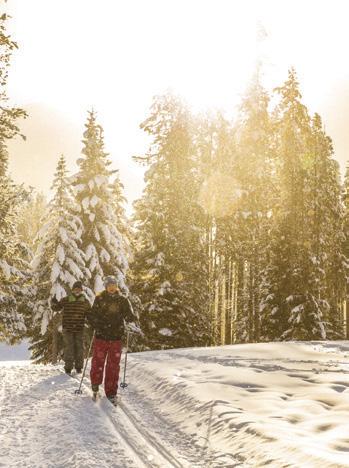
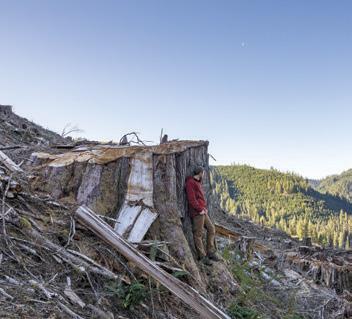


Moving forward, the shrouds are attached outboard and therefore don’t encumber passage. The windlass is semi-recessed, and the anchor runs through a roller on the bowsprit. A hinged and notched metal plate serves as a nifty chain brake. The anchor locker is interesting in that the anchor rode is housed in a box/shelf above the main locker area, freeing up 80 percent of the locker for storage of fenders and the like.
THE RIG The deck-stepped Seldén fractional mast has two sets of aft-swept spreaders and a split, adjustable backstay. The test boat came with the optional in-mast furling and a double-ended
mainsheet (no traveller). It is attached to the boom midway along, and this means more muscle power is required to sheet it in in heavy airs as opposed to end-of-the-boom sheeting (which isn’t practical on the C38). When sailing upwind, no mainsail adjustment is necessary when tacking, and the same goes for the self-tacking jib. It couldn’t get much simpler. The mast is 61 feet (18.57 metres) high (from the waterline) and taller than many yachts in the 40-plus-foot (12-metre) range. The main is a generous 124 square feet (37.8 square metres) and the jib is 88.5 square feet (27 square metres), so the C38 has plenty of power, even in light air. A code zero or gennaker will
certainly improve performance off the wind and can be mounted on an eye in the bowsprit. The halyards, outhaul, vang and such all lead back on deck to clutches and self-tailing winches on the cabin top. A second set of winches (genoa, code zero and gennaker) are mounted on the cockpit coaming, while a third set for the mainsail is accessible from the helm. All winches on the test boat were manual Lewmar 45s.
INTERIOR The interior is surprisingly spacious for a vessel of its size and utilizes the full beam to maximum effect. The layout is very modern with white oak veneers and squared-off cabinetry
with mahogany and holly engineered flooring and comfy faux-leather beige upholstery. The headroom of 6’ 6” (1.98 metres) is generous while natural light and ventilation is provided by hull windows, overhead hatches and deckhouse windows with opening ports. The companionway hatch is longer than most and this allows for shallower steps to access the saloon area. The steps lift to provide access to the diesel while side panels provide additional access.
The head, immediately to starboard, was ordered with an electric toilet (freshwater flush) inside a separate shower compartment which comes with a wooden grate. The vanity area includes a recessed sink and under and over counter storage.
Tucked under the cockpit are two guest cabins with berths almost five feet wide (1.5 metres) and 6’ 5” (two metres) long, both with deep side shelves and hanging lockers. The portside guest cabin can be configured for storage, though it makes more sense to order it as a berth and pile gear on it when not used as such.


An oven and three-burner propane cooktop highlight the L-shaped portside galley. A reasonably sized door fridge with small freezer compartment is mounted under the countertop. Storage is in drop down cabinets (with room for a microwave) and a deep counter-access pantry.
Forward is the U-shaped dinette with folding table that, when opened, allows those on the opposing settee to sit at the table, making room for six. It also drops down to provide an additional berth. A modest chart table at the forward end of the saloon will prove useful for storing cruising guides and folded paper charts. This is where the VHF (with remote) was mounted and while not fitted, there’s room for a second chart plotter, though owners these days more often opt for a portable tablet.
Long hull windows in the bow mean
LOA 11.31 m / 37' 1"
Hull length 10.99 m / 36' 7"
LWL 10.27 m / 33' 8"
Beam 3.98 m / 13'
Draft (std) 2 m / 6' 6"
Disp 9,386 kg / 20,692 lbs
Fuel 210 L / 55.5 USG
Water with extra tank 360 L / 95 USG
Holding 70 L / 18.5 USG
Std Power Yanmar 40 hp with saildrive

Built by Bavaria Yachts


Giebelstadt, Germany Bavariayachts.com
Sold by Yacht Sales West Vancouver 604-488-1202
great views outside. Dual hanging lockers with shelves combined with overhead shelves offer adequate storage. The master bed is notable at 5’ 6” (1.7 metres) in width. A second head can be optioned for the master, though it involves notching into the starboard portion of the berth.
ENGINE AND SYSTEMS The test boat was powered by a 40-horsepower Yanmar with sail drive and three-blade folding propeller. A bow thruster provided additional manoeuvrability. Heating is via a Webasto forced air diesel heater. Battery power consists of a 95 Ah AGM starting battery, two 180 Ah AGM house batteries and a dedicated 180 Ah AGM thruster battery. With minimal electrical demand (primarily the refrigeration and the heater), the 2,000-watt inverter and the two house batteries should be more than adequate when at anchor, even for several days. The only flaw I could see in the engine compartment was that although heat shrink connections were used on most of the connections, electrical tape was used on others, which is acceptable but doesn’t look great.
UNDERWAY It is well known that a single rudder is much more responsive than twin rudders, especially when backing up, as the thrust of the prop can be used directly against the rudder. The bow thruster also makes it easier to manoeuvre in tight spaces. Under power at 2,400 rpm, we sliced through the water at a little better than 6.5 knots.
At wide-open-throttle (3,000 rpm) our top speed was 7.7 knots. These are nice numbers. We did hard-over turns at speed and were able to do a 360 within about a boat length.
Once out of False Creek, the main and self-tacking jib unfurled cleanly and we were soon under sail. The fluky and constantly shifting breeze kept us on our toes. Because of this it was difficult to get accurate speed readings, but the C38 never stalled out or lost way. At 40 degrees apparent, our top speed was between 5.5 and 6.3 knots. At 65 degrees our speed increased to as much as 6.8 knots in gusts, but in lulls, our speed never dropped below about five knots. Even in gusts to 14 knots, it only took a finger on the wheel and the C38 sat nicely on its chine. I was impressed with the Elvstrom verticallybattened Sport-Tech laminate mainsail and jib which were well built and held their shape perfectly. The sailing was so easy, almost effortless, on that sunny afternoon. After a few hours, we reluctantly headed back into False Creek where Richard backed us expertly into the berth.
CONCLUDING REMARKS It was tough to find fault with the C38. The German workmanship appeared to be very good throughout. The rig was larger than expected and the sailing characteristics were delightful. The blunt bow and wide beam provide the C38 with tons of interior volume. While not considered a bluewater cruiser, the C38 would make a super coastal cruiser for BC waters. A nicely equipped, sail-ready C38 is available for just under $500,000.
















































































Since






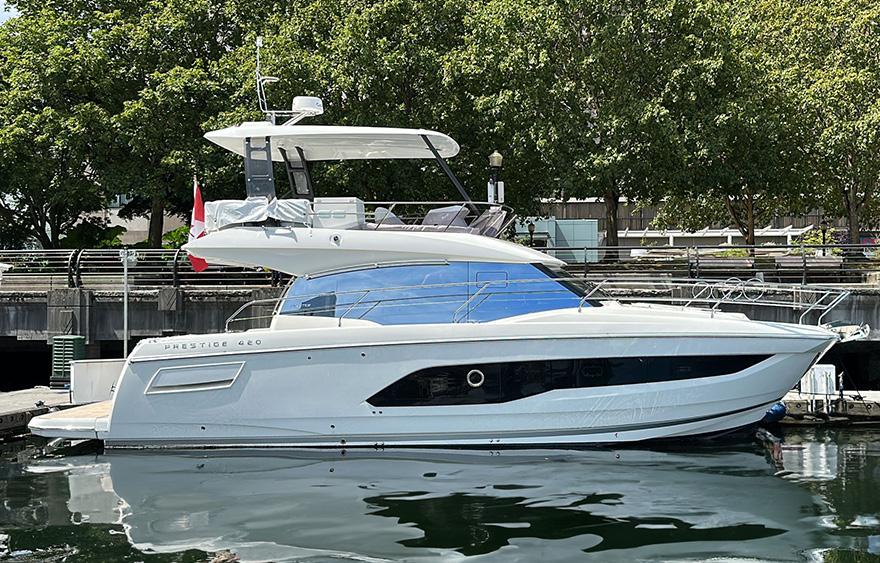
























































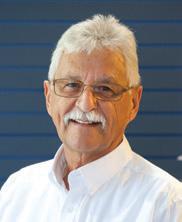















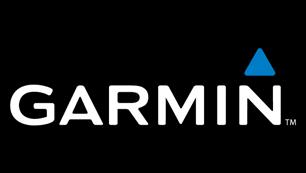
RIVIERA 5800 SPORT YACHT, 2013 - This high performance cruiser has a comfortable 3-cabin layout with room for your whole family to explore the coast! Highly optioned, this yacht is a must see!
$1,499,000
BENETEAU 47, 2005 - This Beneteau has three state rooms, full spectrum of electronics, and a very well kept interior. Paired with 10’ ZAR RIB, two Zodiac open sea life rafts. Many additional upgrades have been made. $329,000 CAD


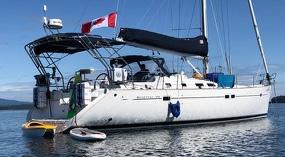

CARVER
YACHT, 2004 - Tastefully upgraded, boathouse kept, and just 886 hours on her Volvo 480hp diesels. $325,000 USD


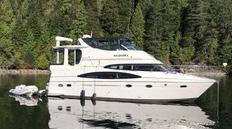

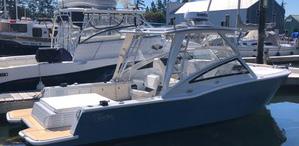
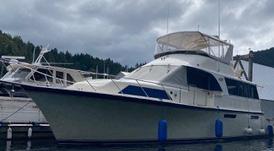



CAD
NAVIGATOR 48, 2006 - This Navigator is clean, highly upgraded with new electronics, hurricane heat, water maker, and so much more. Ready to cruise!

$539,000 CAD
GARTSIDE 37 PILOTHOUSE 2020 - An exquisitely detailed west coast pilothouse, launched in 2020. Finest of materials used throughout inc. double planked red cedar/ epoxy hull. RAIN BEAR is a true gem that must be seen! NOW $345,000 CAD


JEANNEAU 30 NC 895, 2022 - Save on ordering a new one - fully loaded with Garmin electronics, fusion sound system, forced air heating, and a Westerbeke 3.5 KVA generator. $229,000 USD

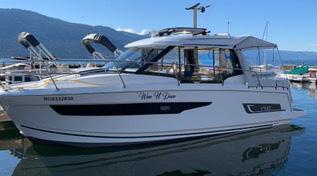

• Fully equipped
• Lithium ion batteries
• Low hours
• Volvo shaft driven,
• 17” Garmin screens and much more.
• Boathouse kept (available)
• NO Luxury Tax
$1,359,000 USD


TThe all-new Y80 features elegant refined proportions and details with a clean, timeless aesthetic and exceptional standard and optional specifications that have become synonymous with the Y Class range. O ering a generous beam, the Y80 provides significant volume for an 80-foot motor yacht whilst retaining elegant styling and design.



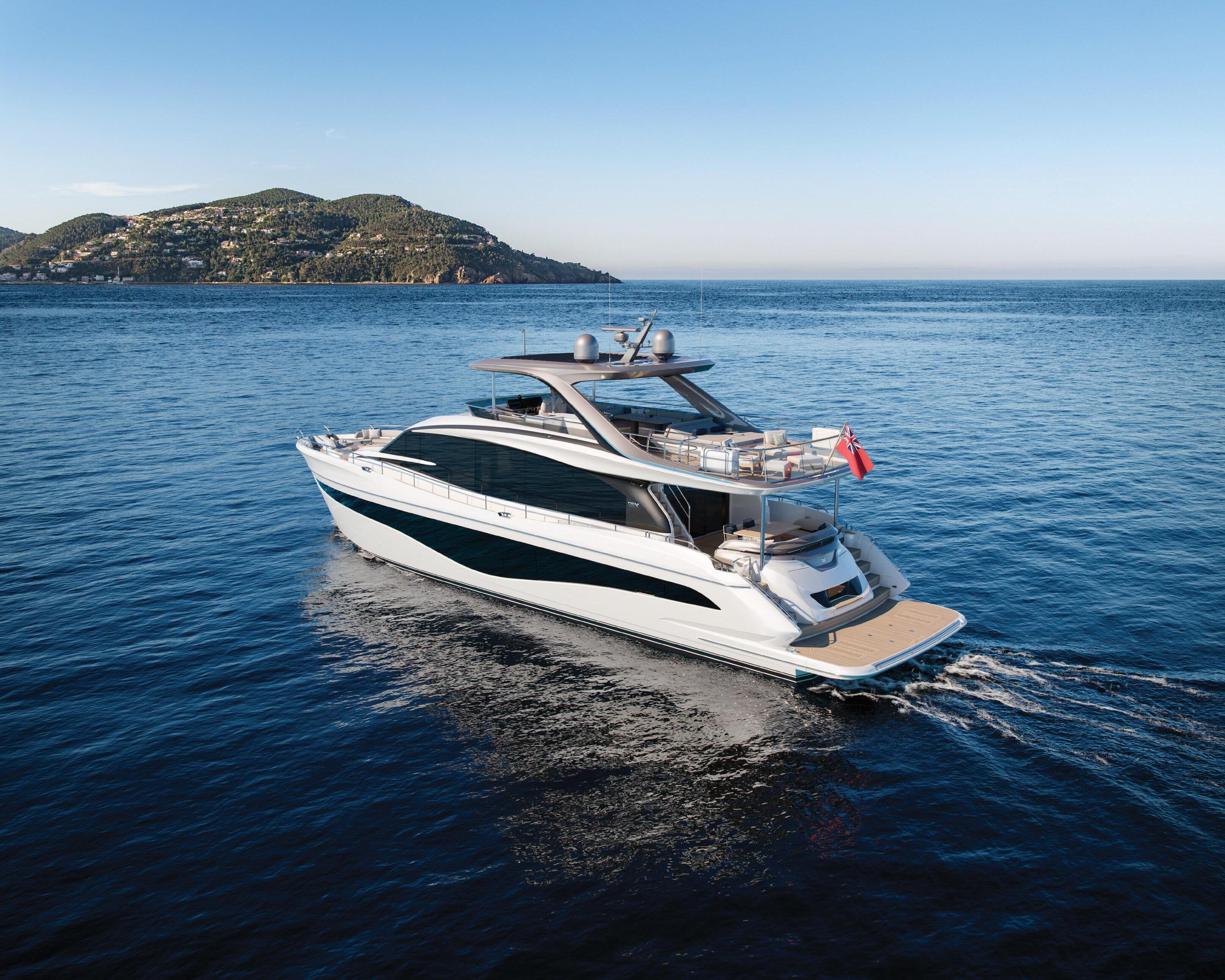 Princess Y80
Princess Y80
EXPERIENCE THE RIDE OF AN AXOPAR

Trades welcome, moorage available, inquire for details!







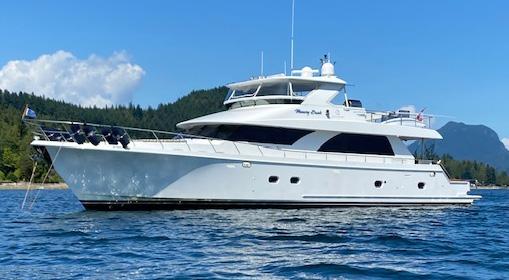

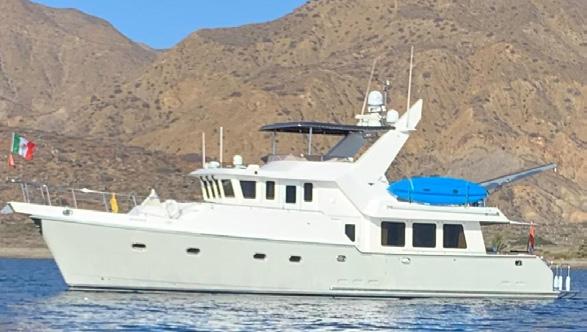
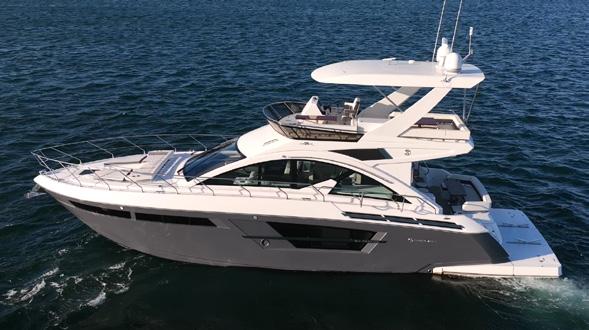


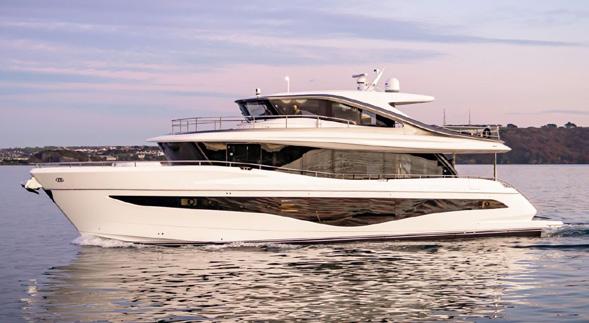
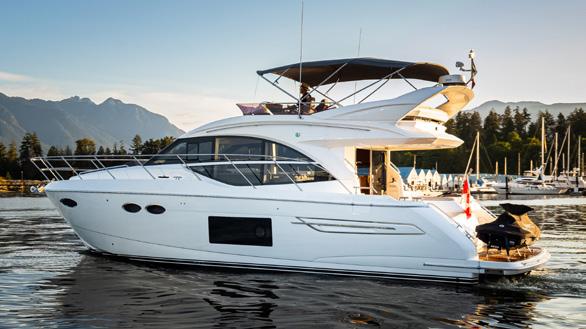
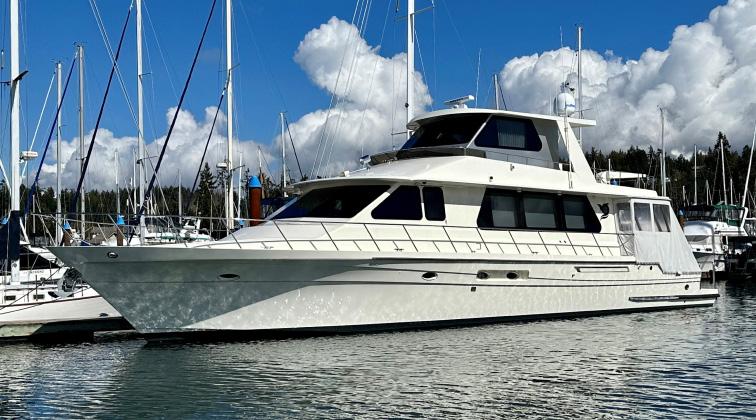



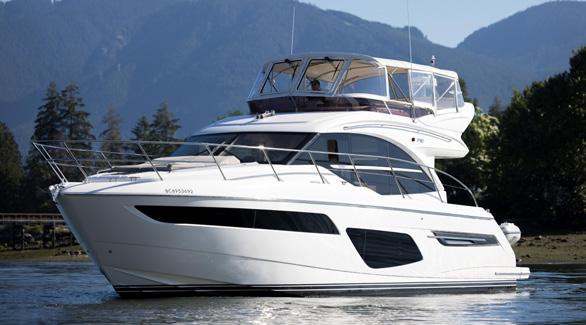



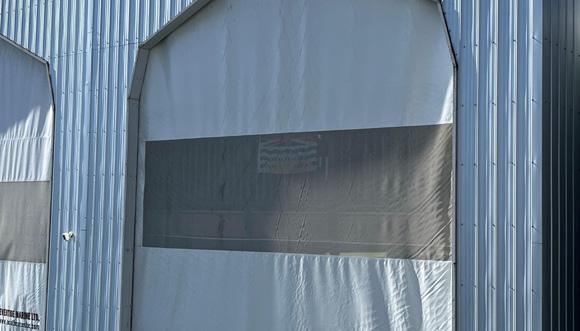






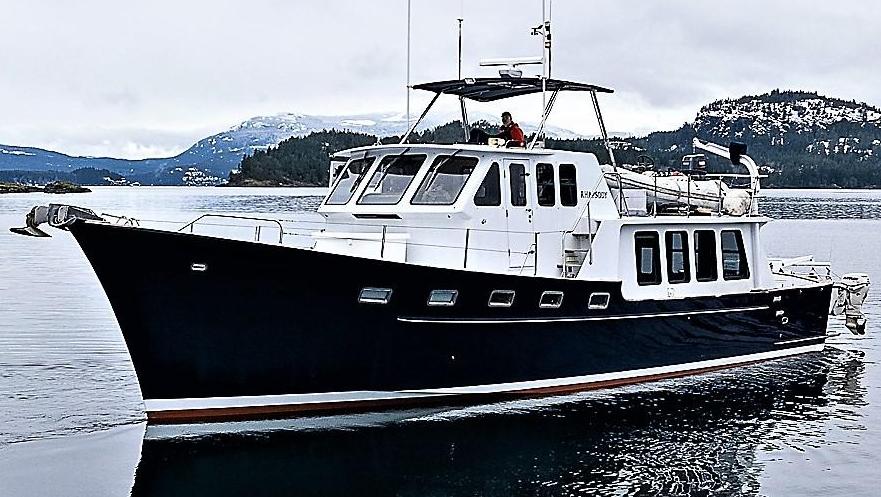
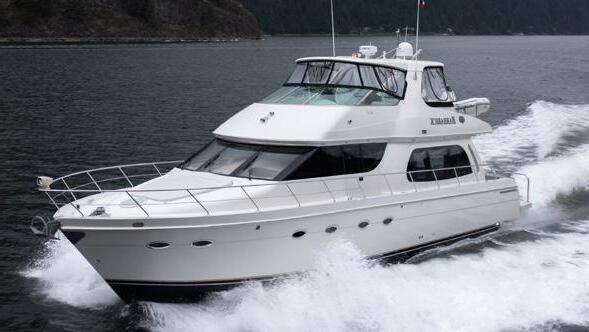

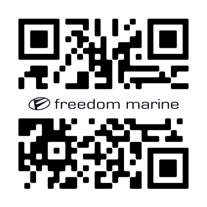

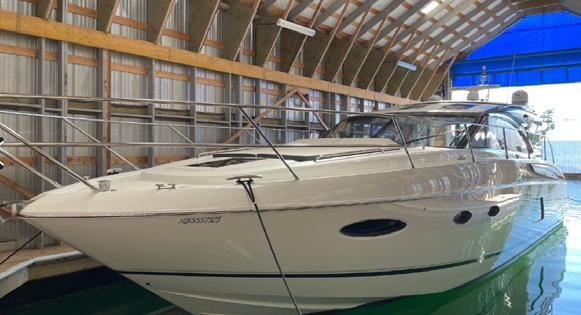
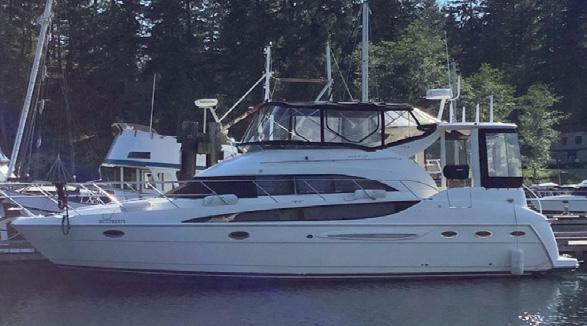



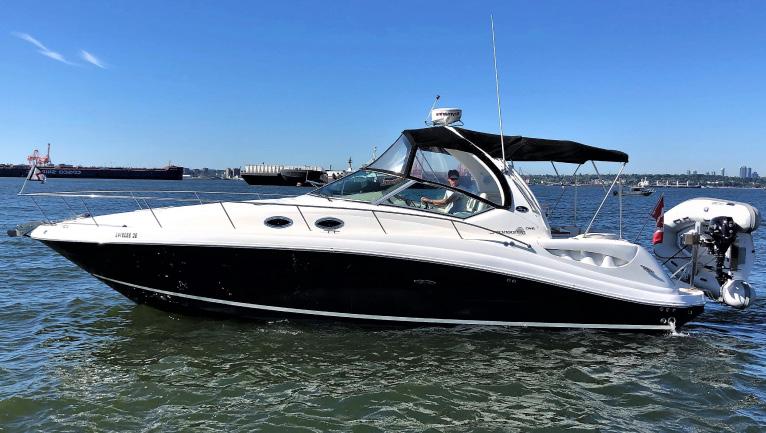

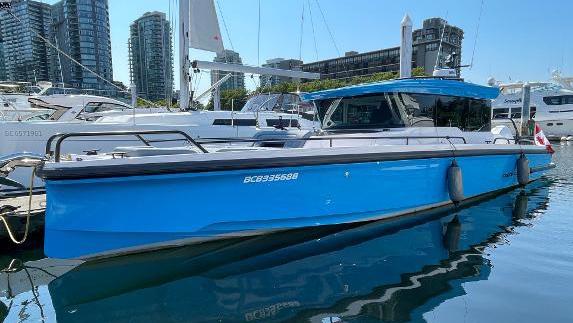




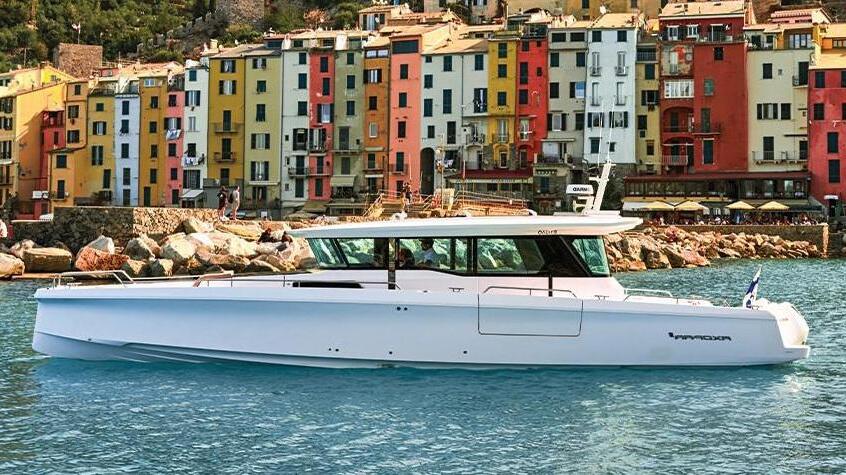



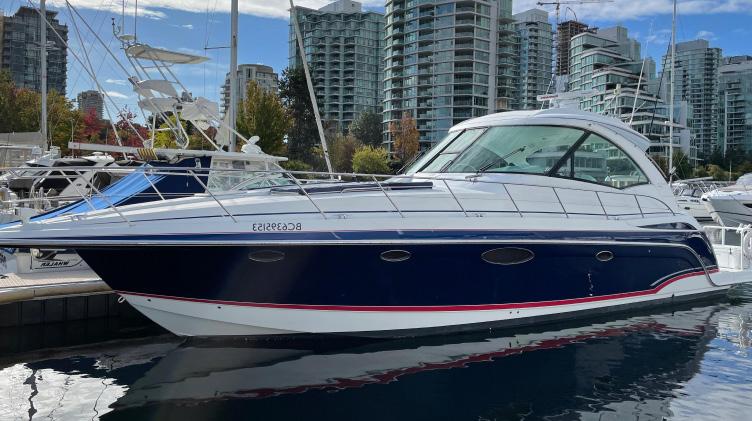
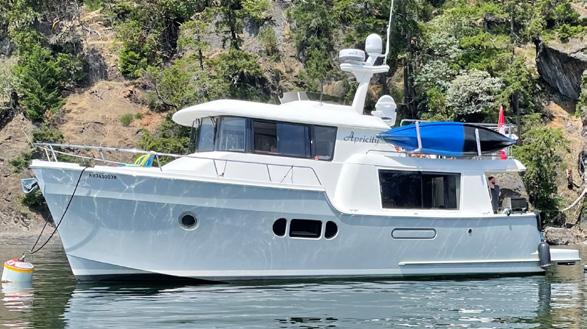
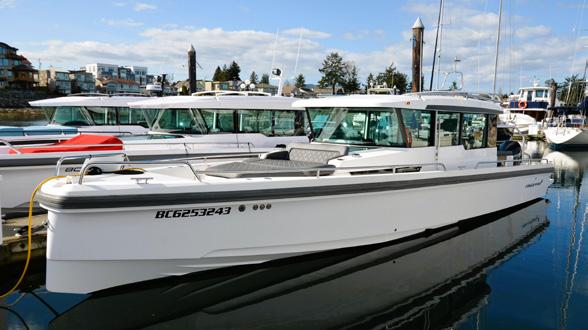
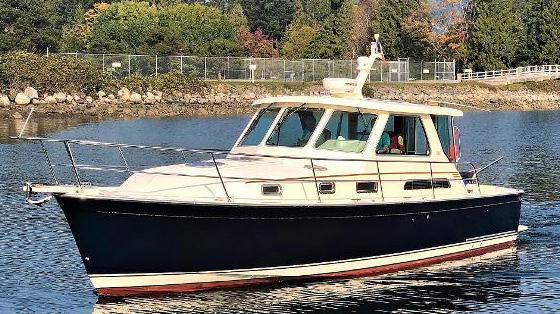
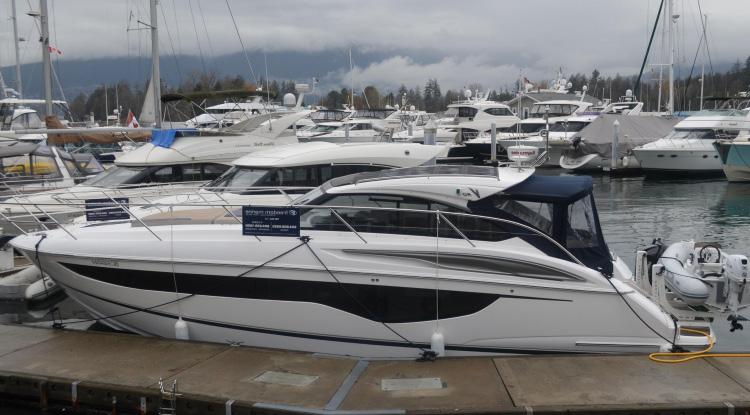







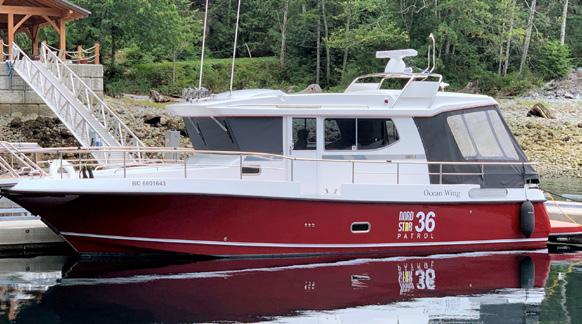
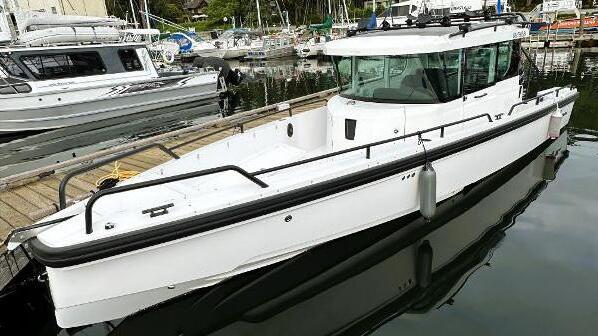
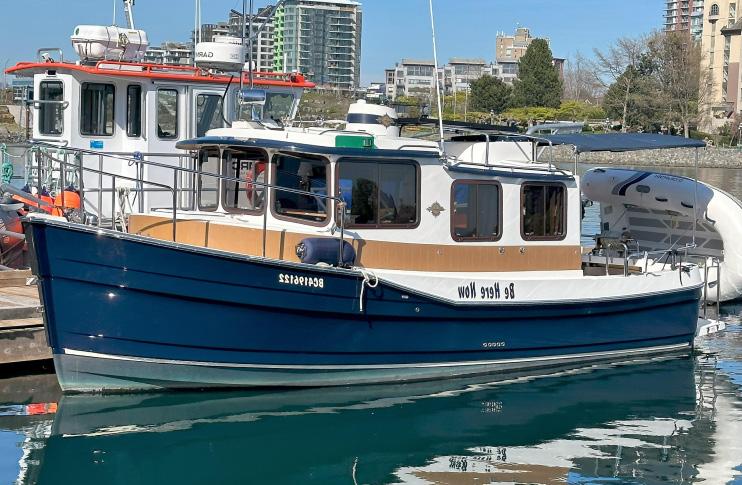


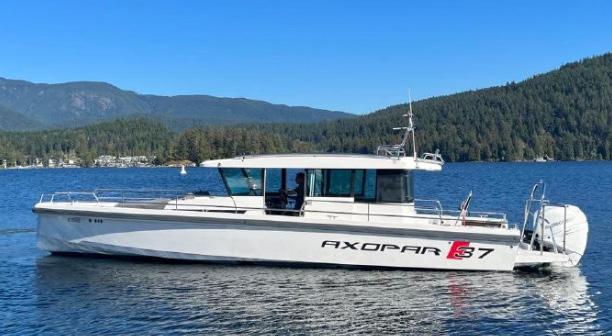
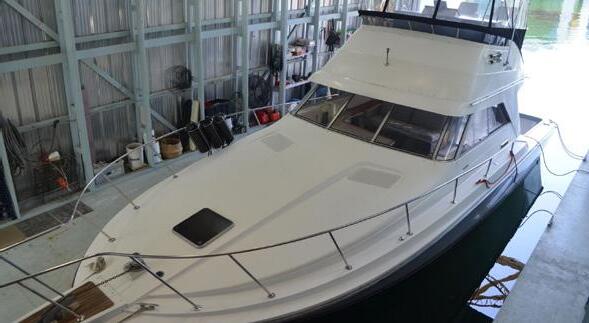



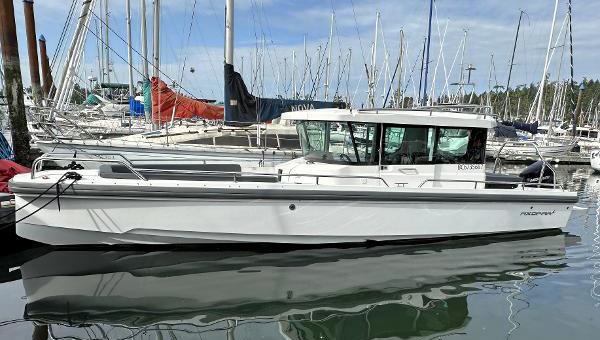
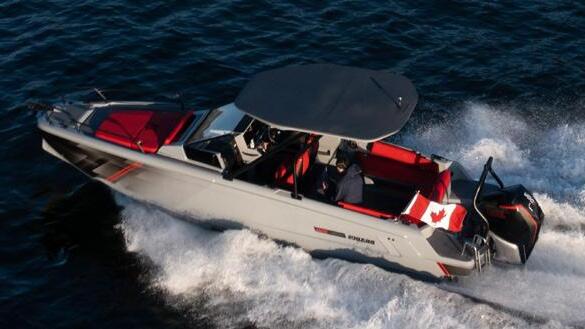
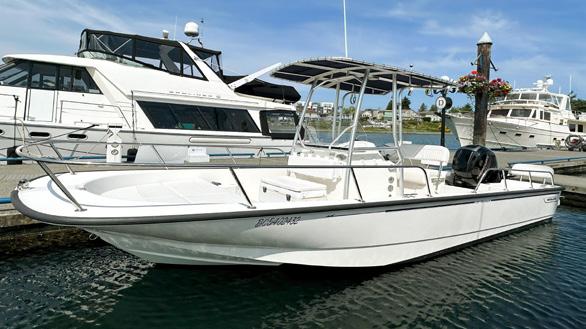

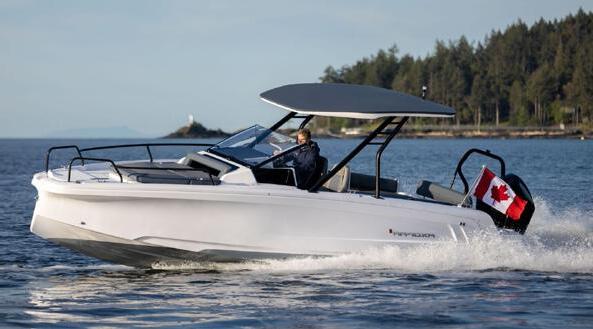

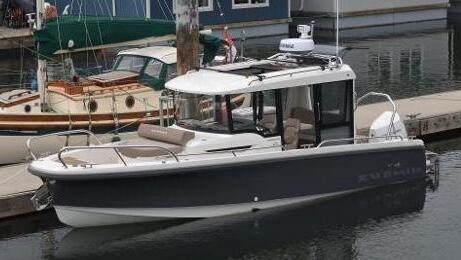

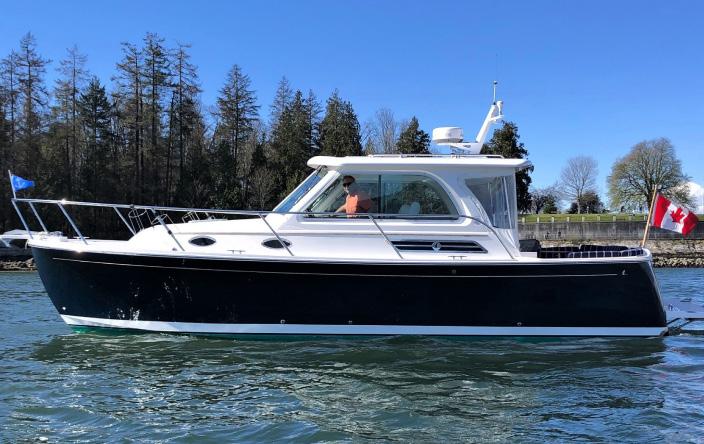

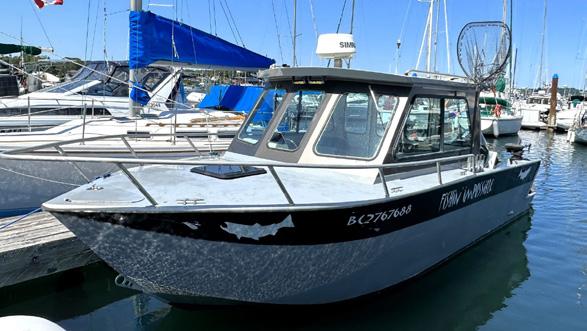
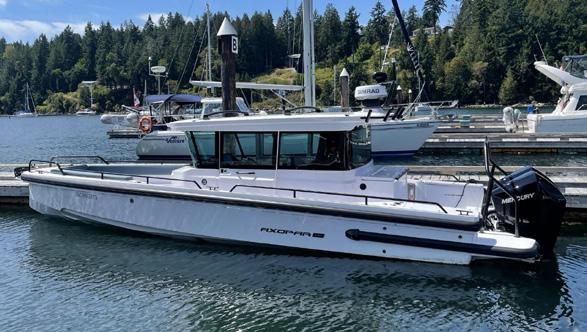
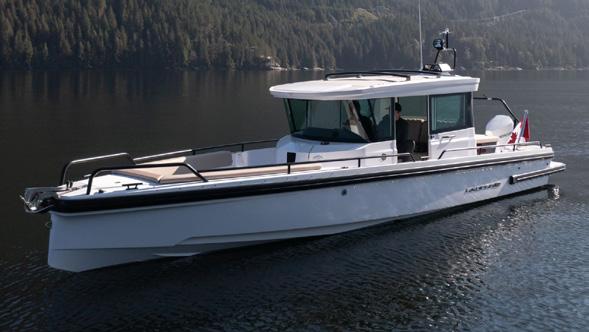
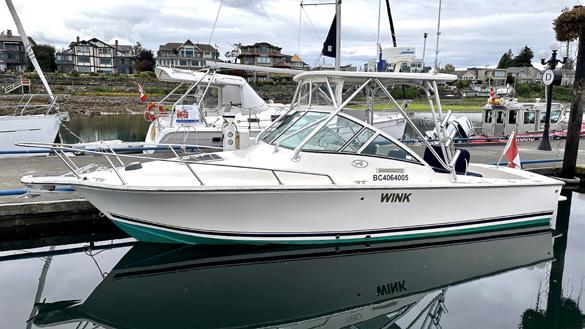
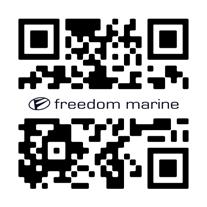



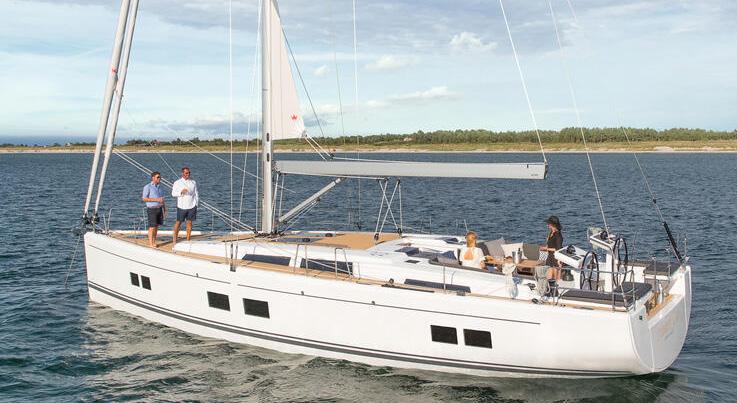
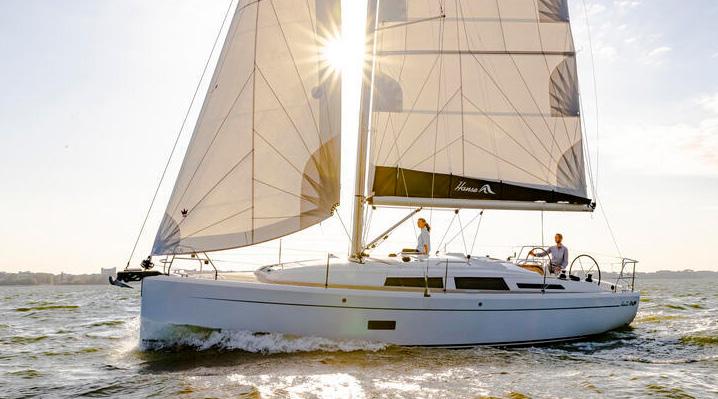
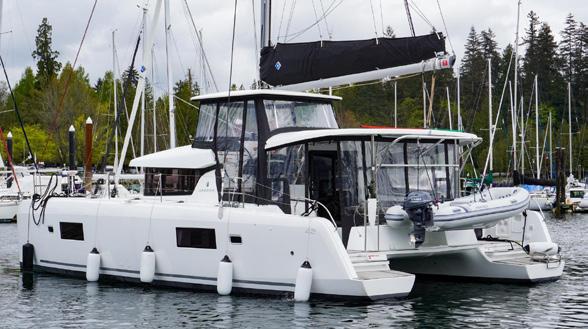


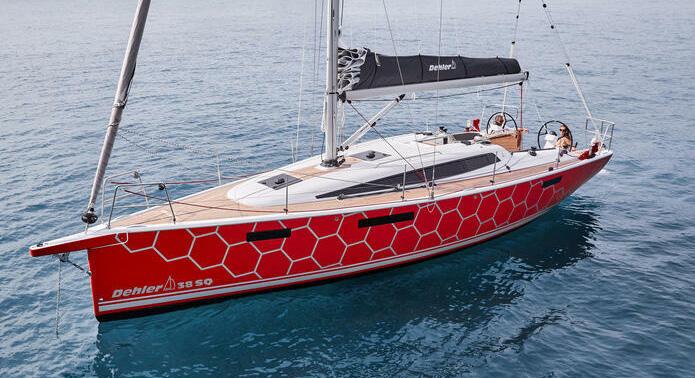



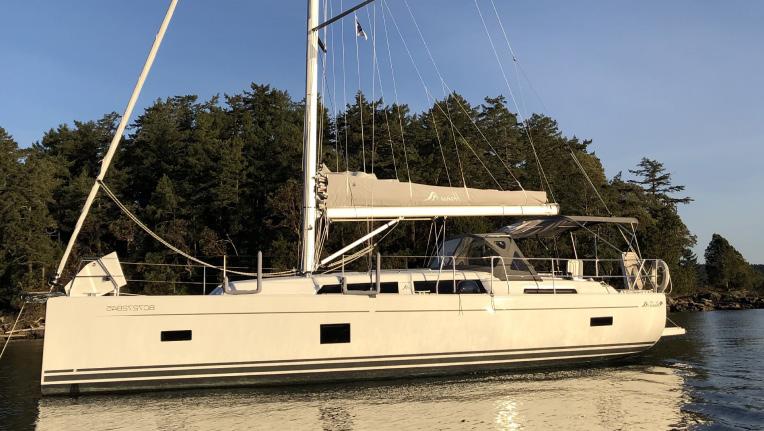
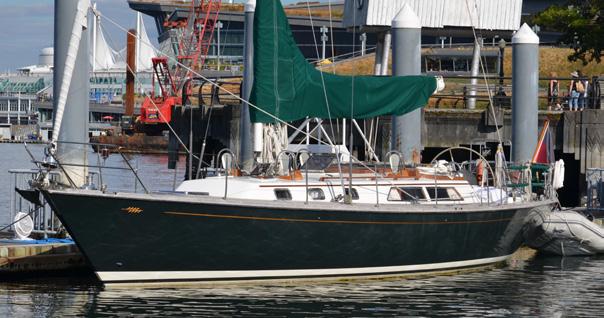

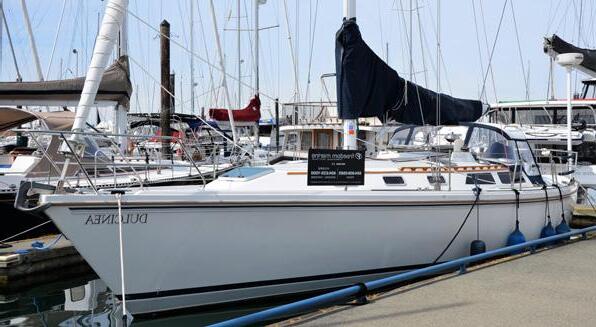
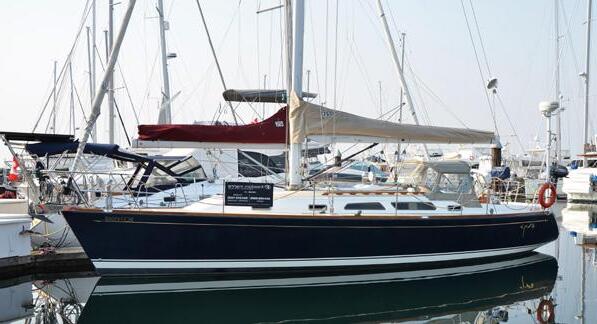
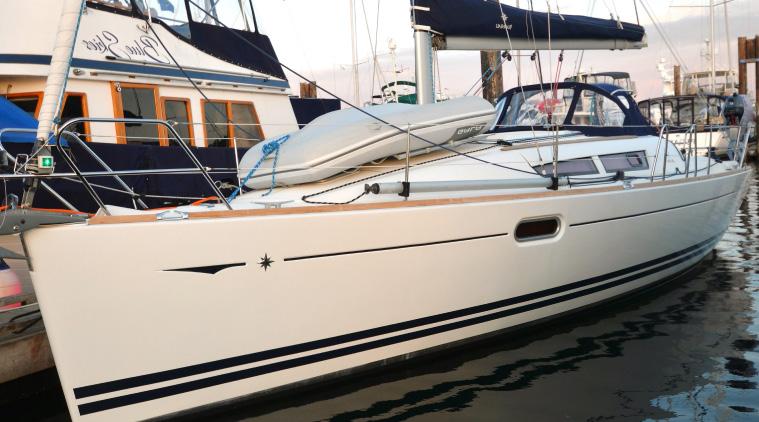
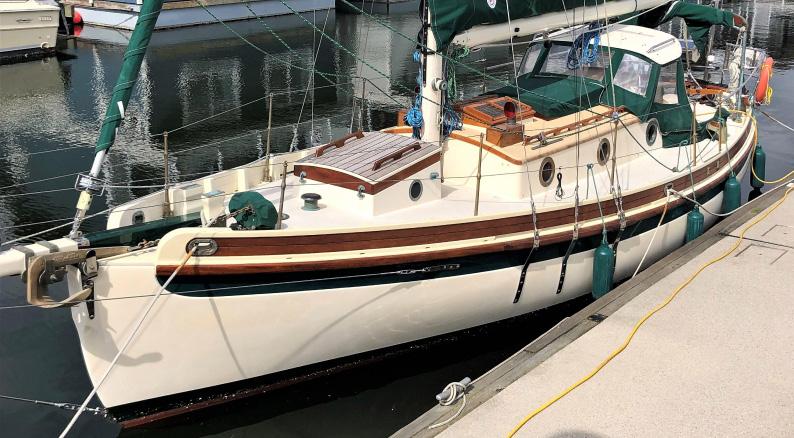
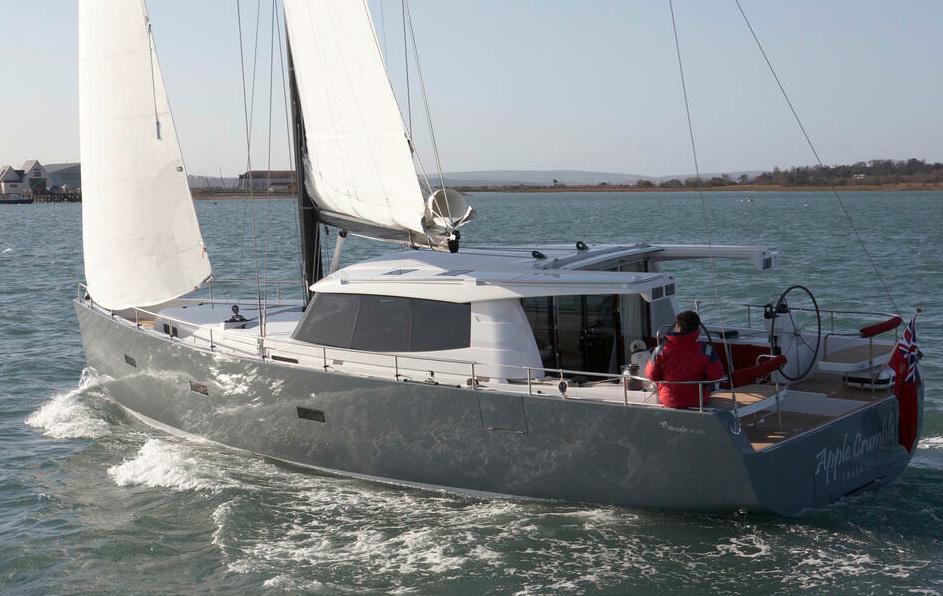

LIST YOUR VESSEL WITH US. WE HAVE TWO HIGH VISIBILITY SALES DOCKS
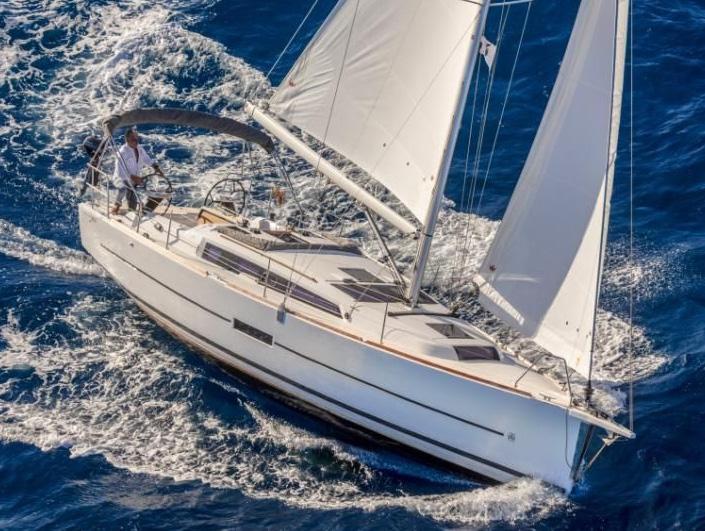
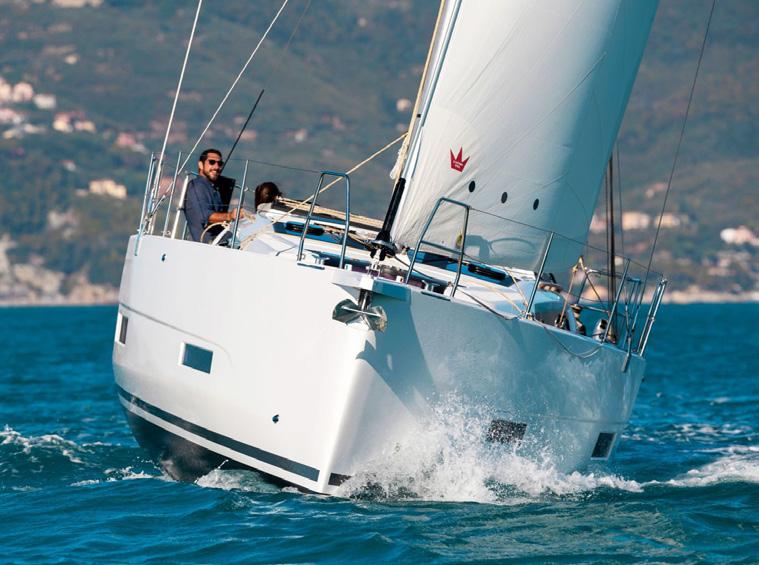


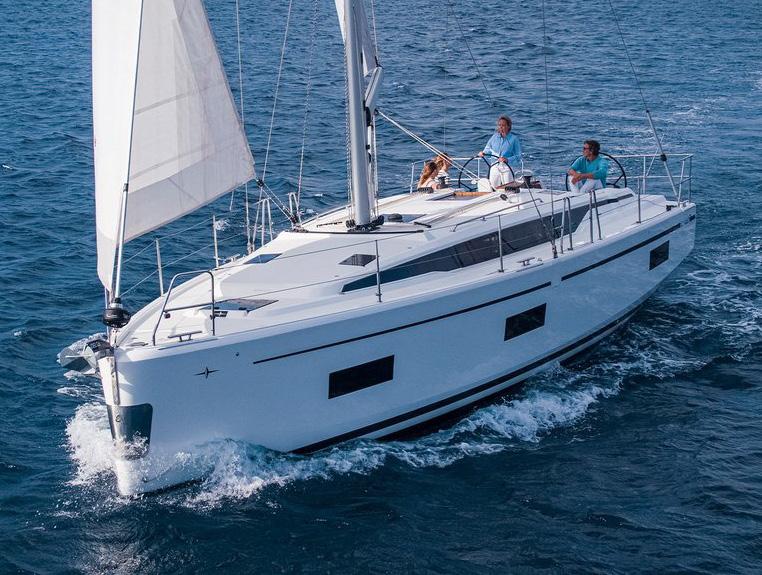
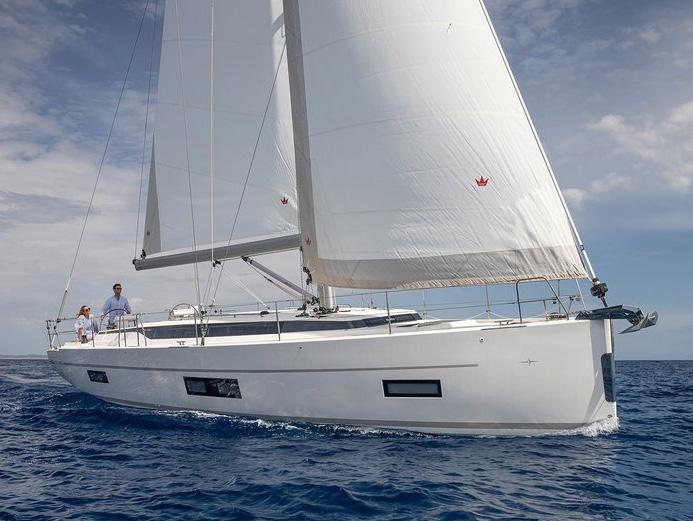


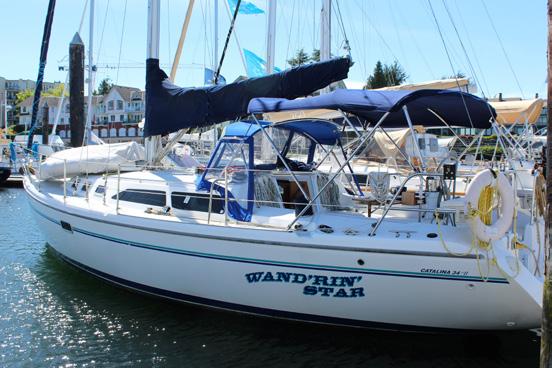
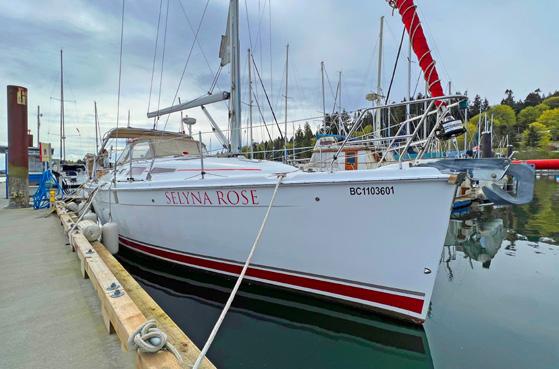

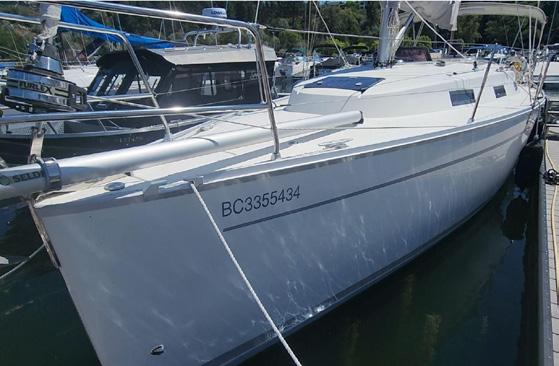

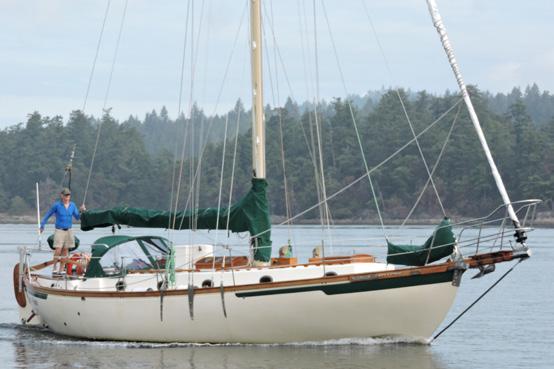


Granville Island
T: 604-488-1202 SIDNEY
Port Sidney Marina
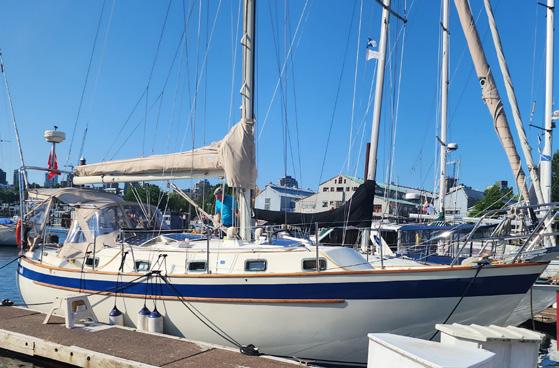
T: 250-656-6644
 1988 MARQUIS COAST 34 ASKING $90,000
1980 BLUE WATER INGRID 38 ASKING:$115,000
2021 BAVARIA R40 COUPE ASKING:$845,000
2011 BAVARIA 32 CRUISER ASKING $139,900
1980 TOLLYCRAFT SEDAN ASKING: $159,000
1988 MARQUIS COAST 34 ASKING $90,000
1980 BLUE WATER INGRID 38 ASKING:$115,000
2021 BAVARIA R40 COUPE ASKING:$845,000
2011 BAVARIA 32 CRUISER ASKING $139,900
1980 TOLLYCRAFT SEDAN ASKING: $159,000
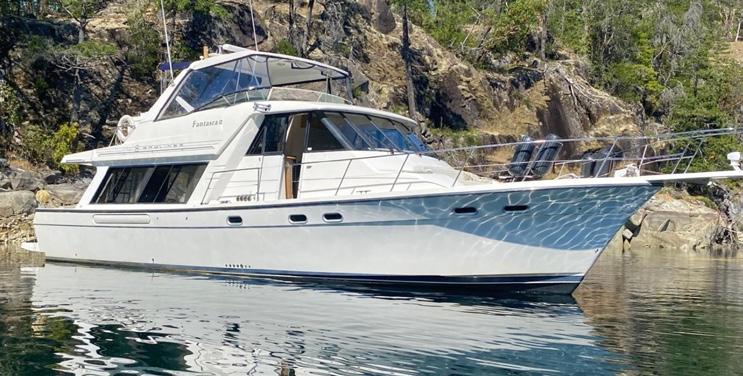




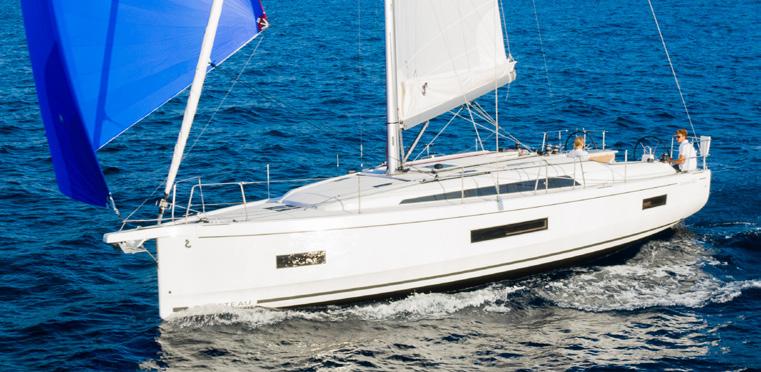

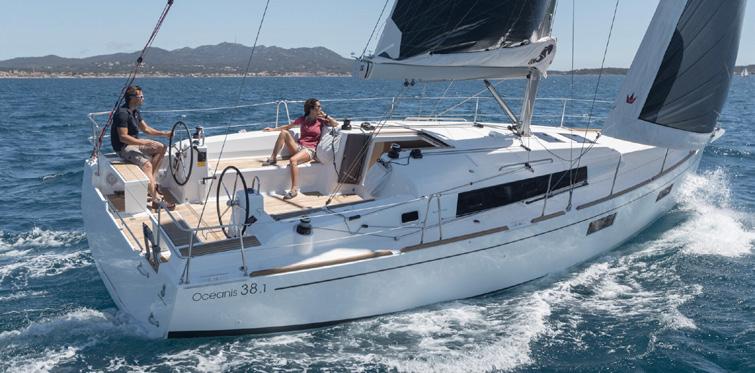


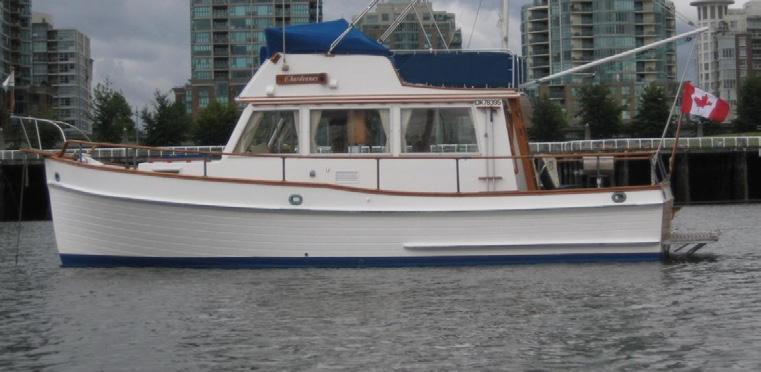
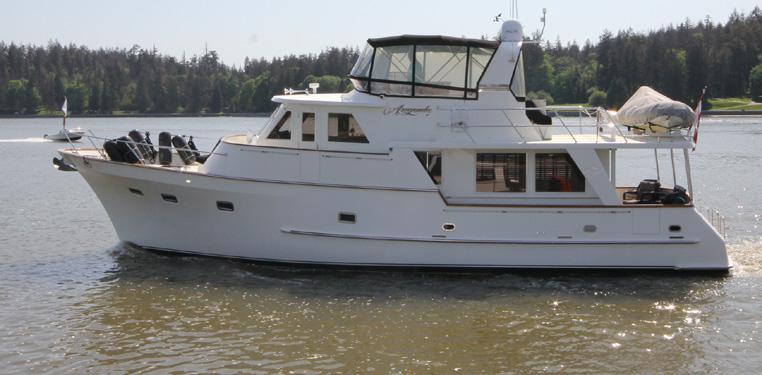

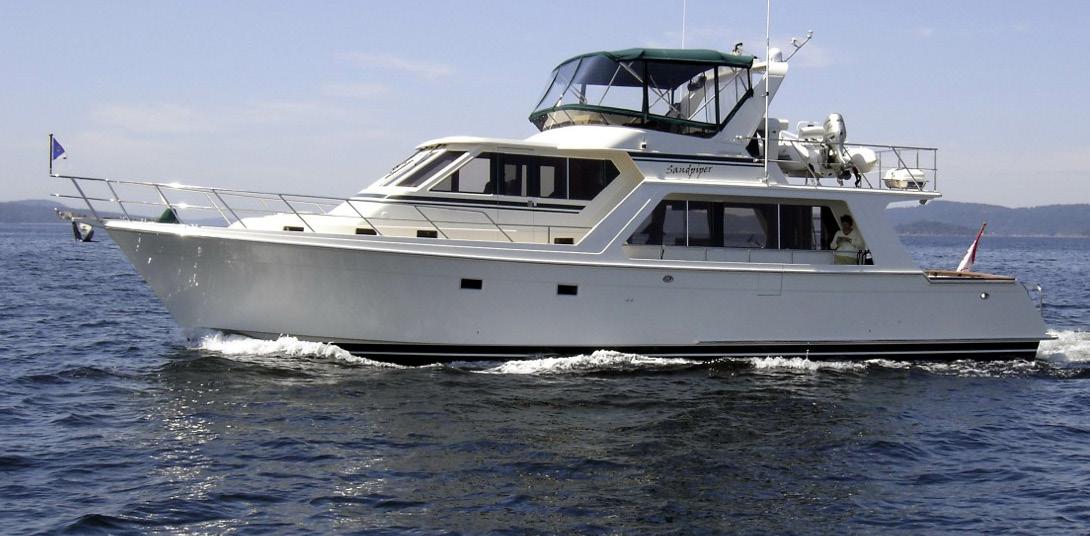

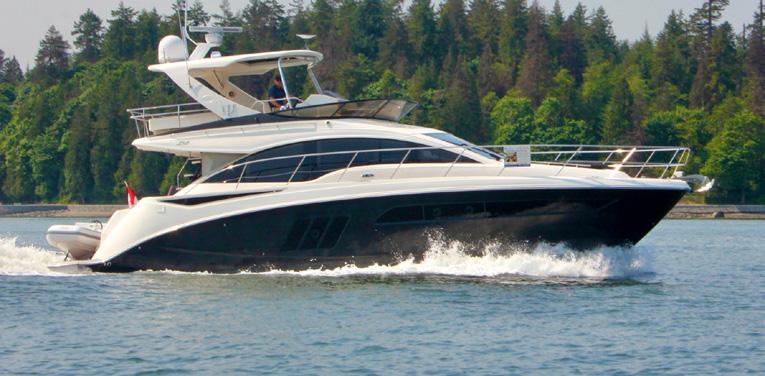
Greg Andrew, CPYB
Yacht Broker & New Sales gandrew@vanislemarina.com
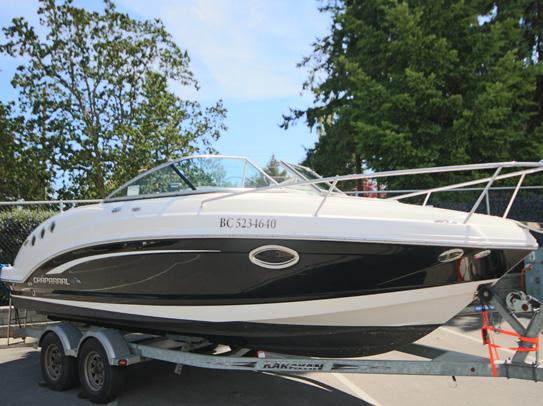

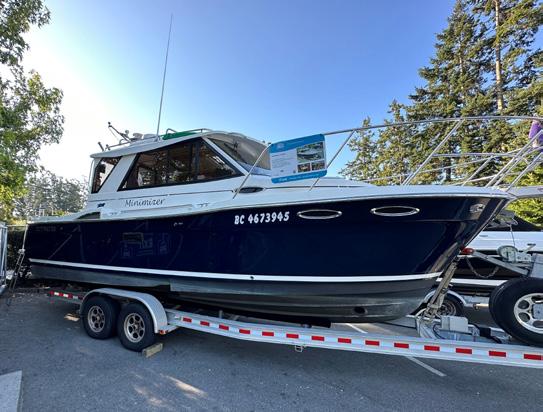

Adam Pedersen
Yacht Broker & New Sales apedersen@vanislemarina.com
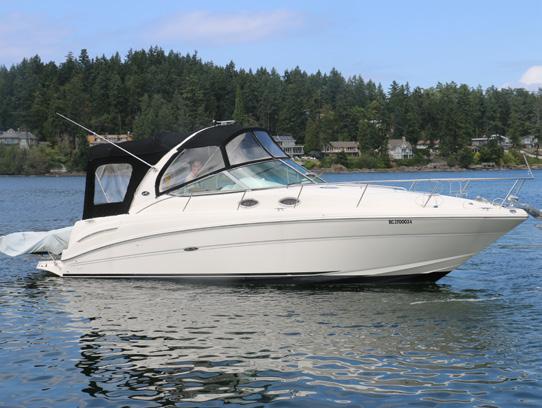

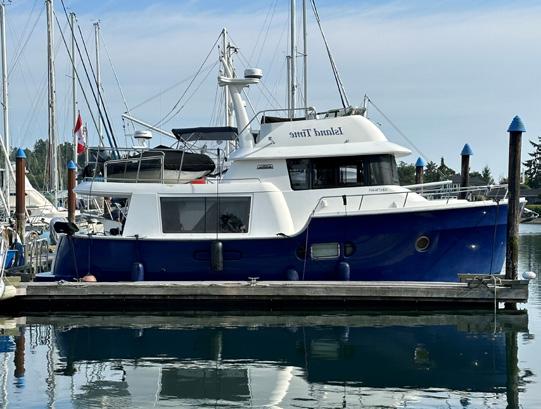

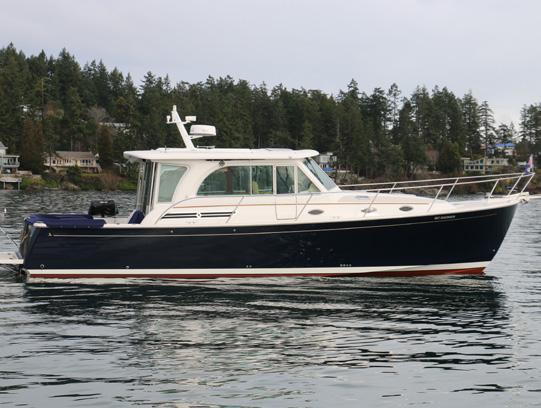
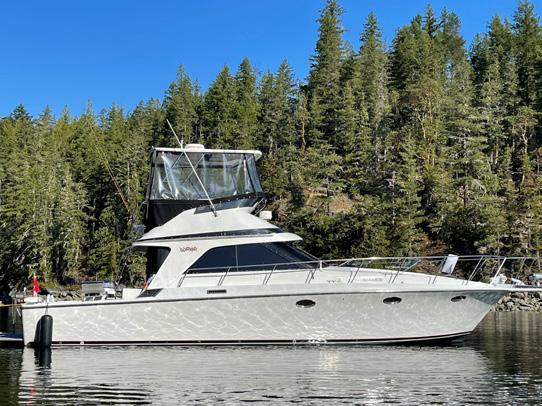

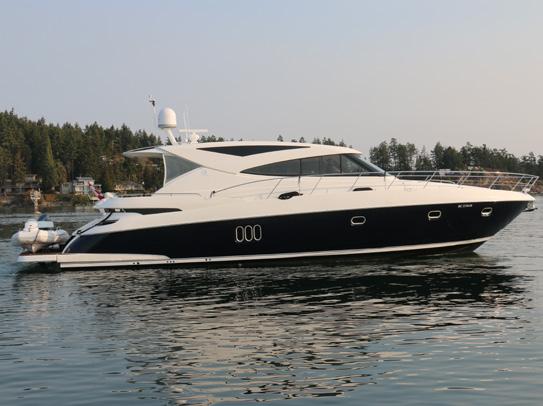


Nynke Plouffe
Yacht Sales Coordinator



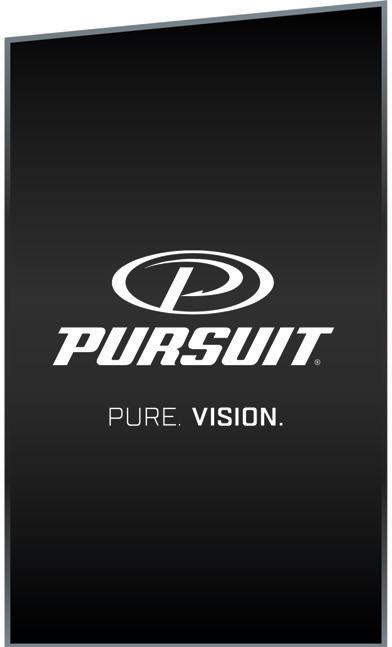
nplouffe@vanislemarina.com
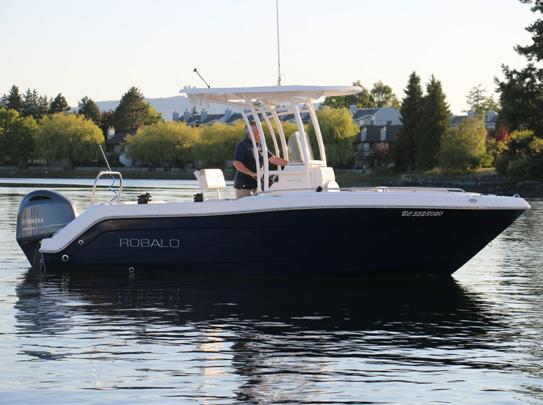
Sidney, BC | 250 656 1138
vanislemarina.com





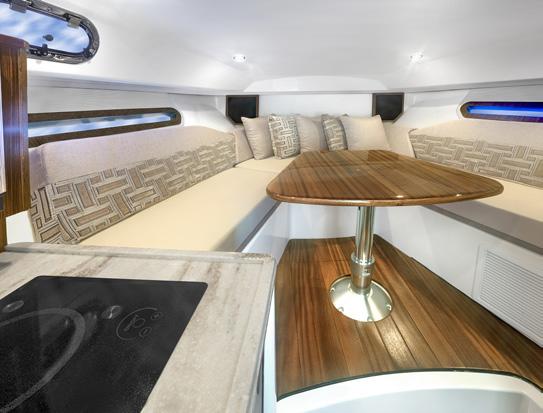

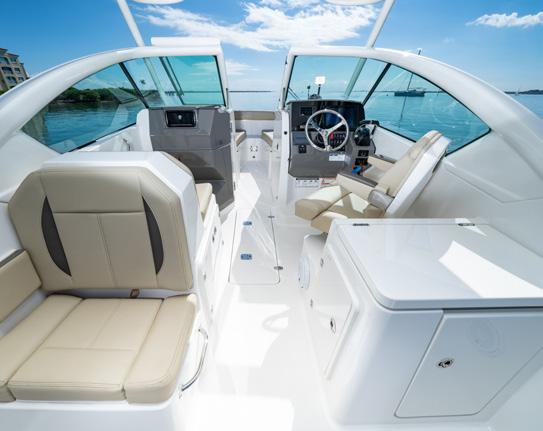

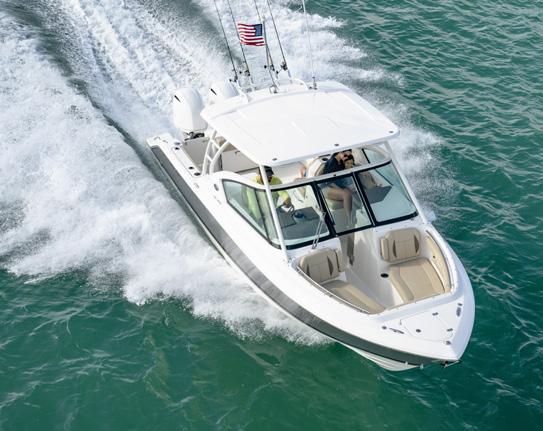

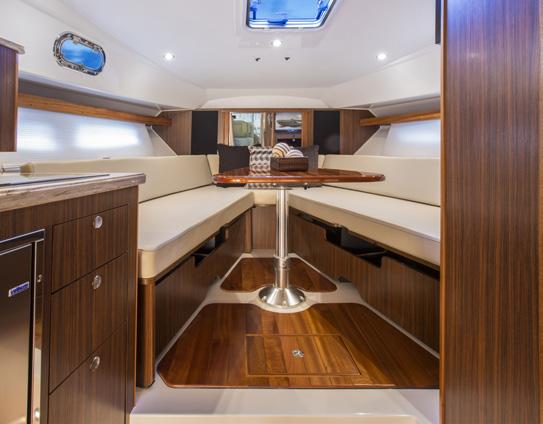
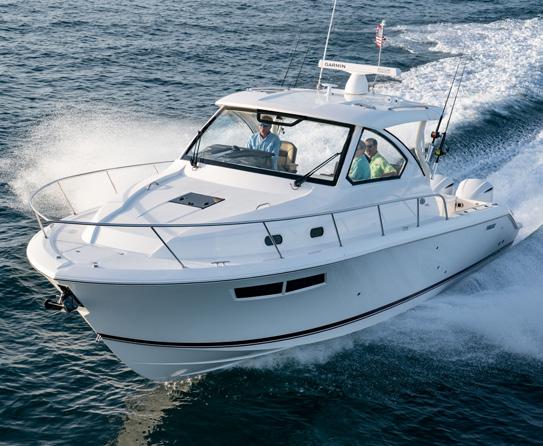



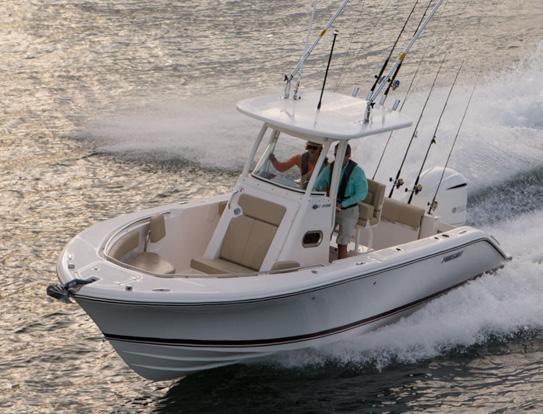


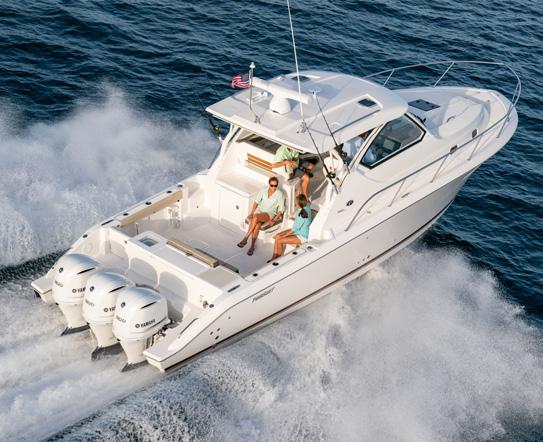


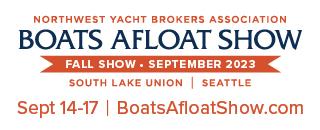
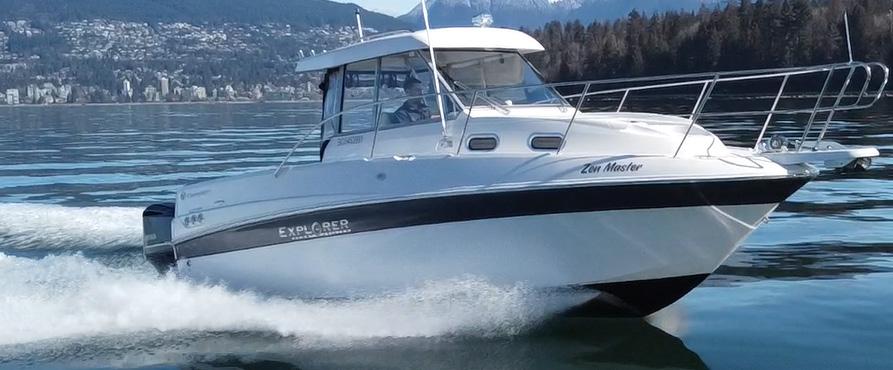



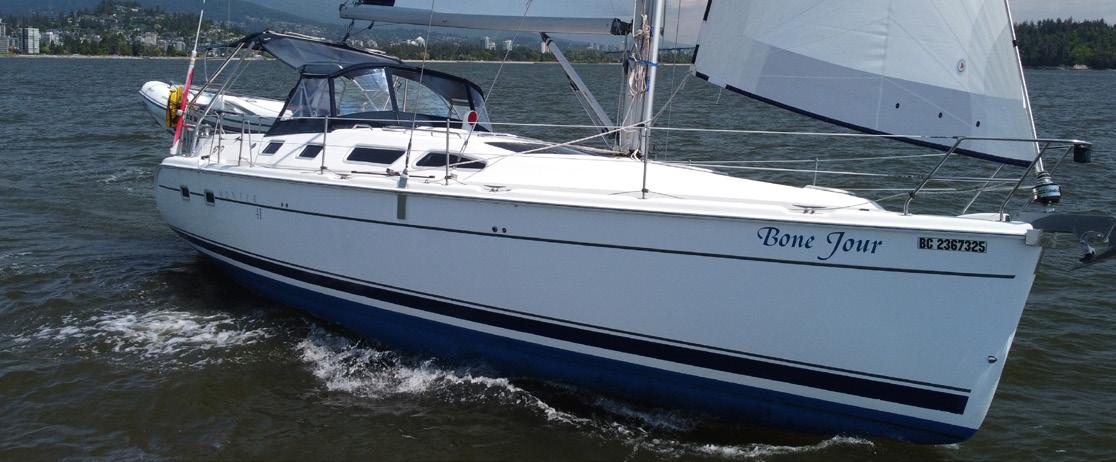
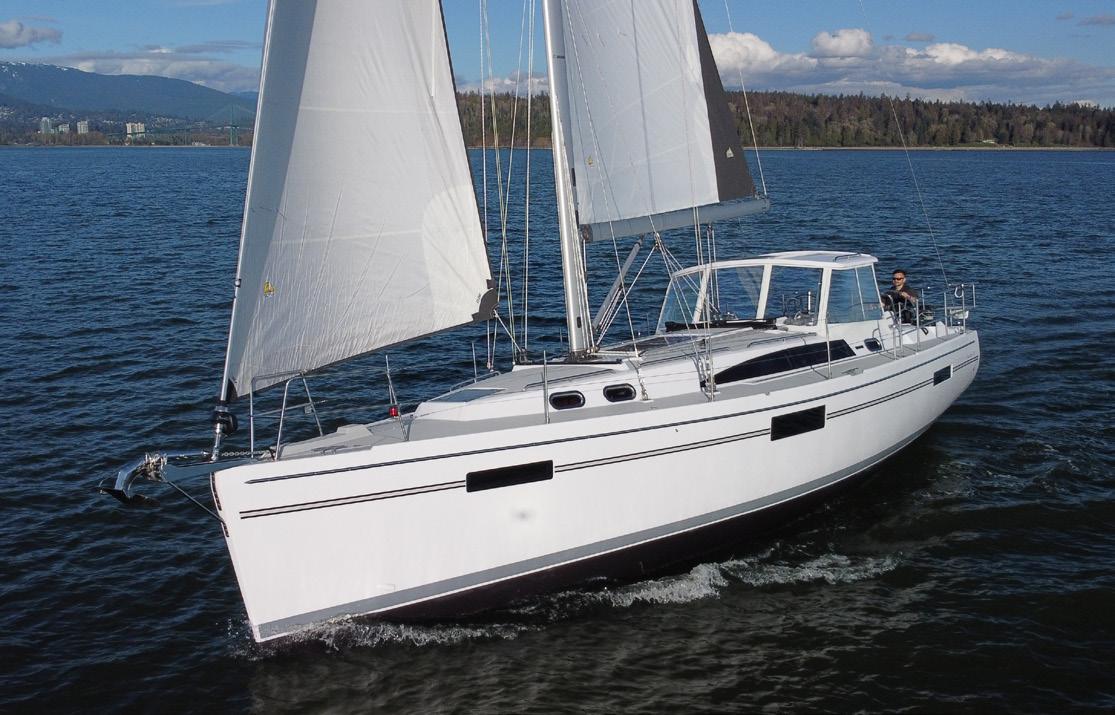




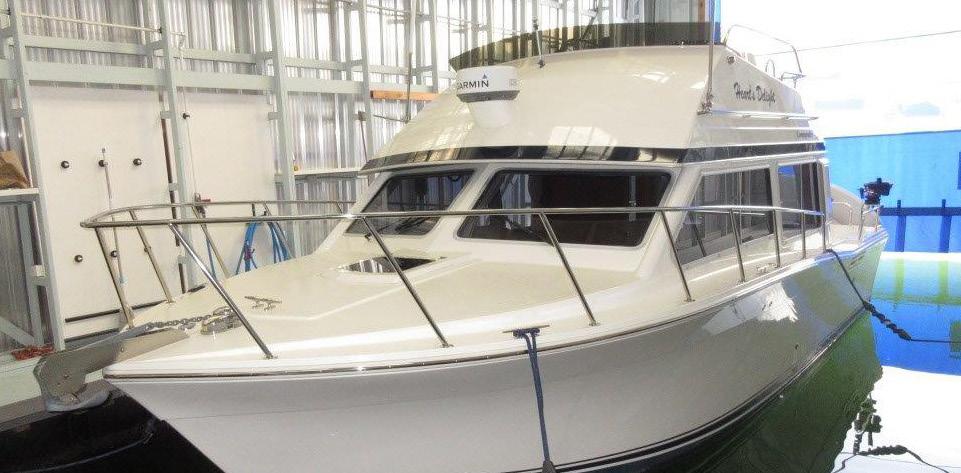

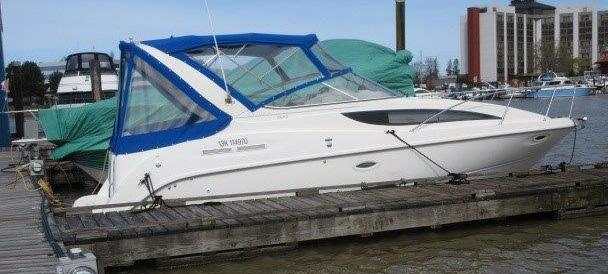
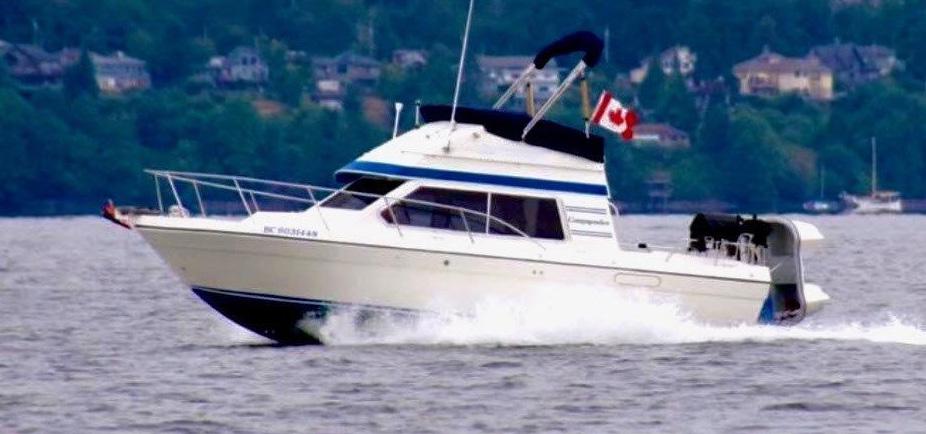


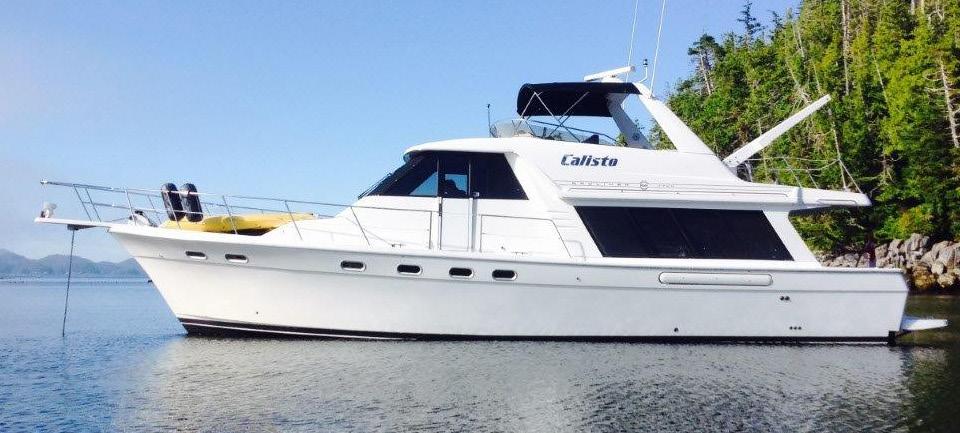
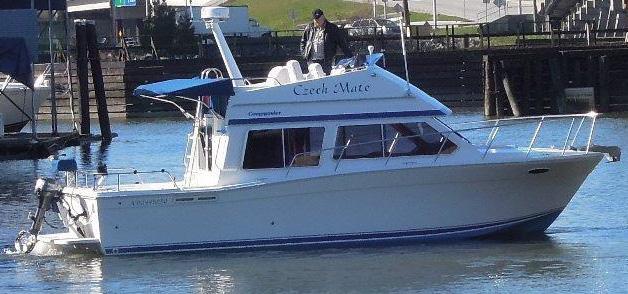
62 KHA SHING
Perfectly suited for Coastal Cruising $465,000 USD
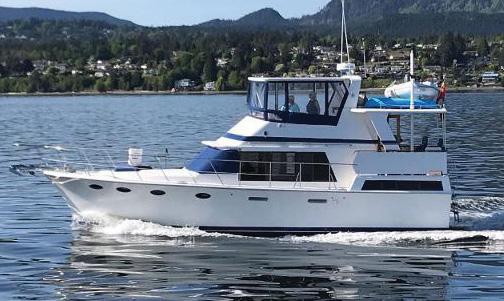
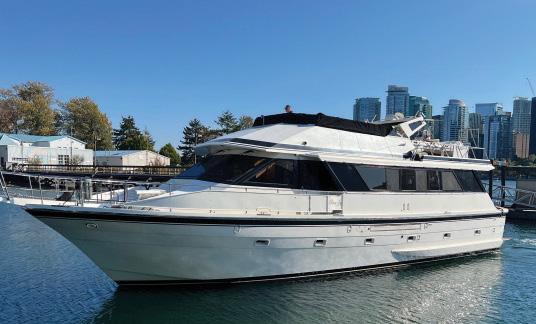
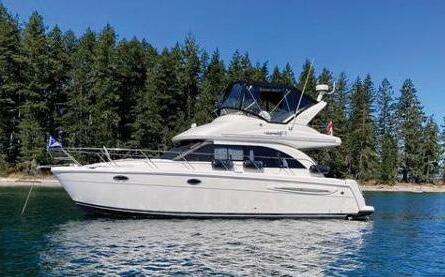


SOLD!!! 36 GRAND MARINER $94,900
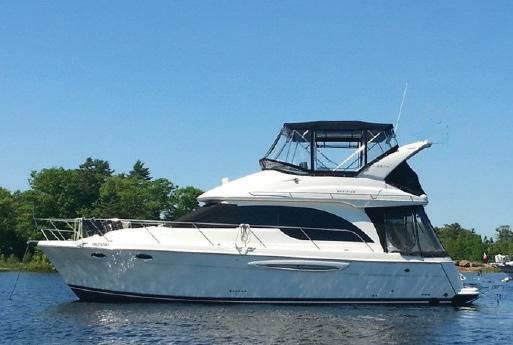
39 O’Day Sail $69,900 SOLD!!! 43 Marine Trader Aft Cbn 114,900 34 BAYLINER 3488 LOW HOURS! $69,900 NEWLISTING MOTIVATED 27 Sea Ray Amberjack $74,900 36 Uniflite Dble Cbn $74,900 36 Sceptre Sail Sloop $59,900 NEWLISTING SOLD!!!

Owner has a custom King size bed in master plus two staterooms
Upgraded electrical system, Victron Energy with Smart Control Dual steering, 53 HP Volvo engine, Lewmar bow thruster

42 SUNNFJORD Seaworthy Single diesel! $159,900
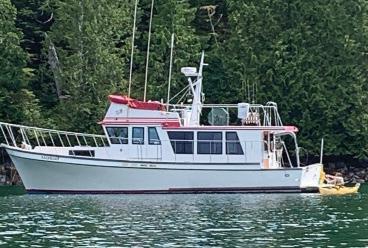








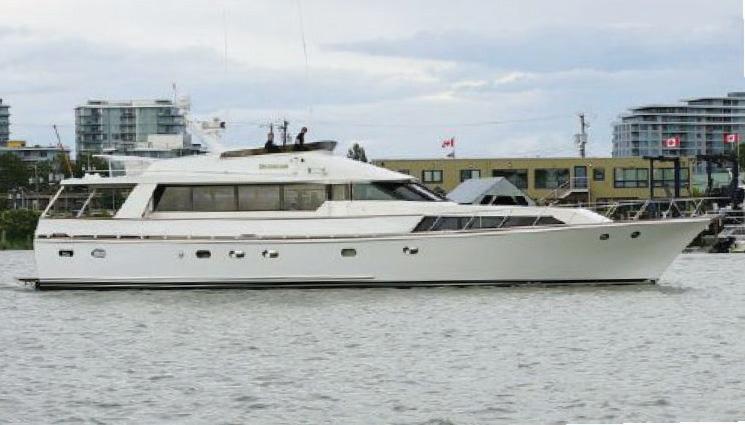
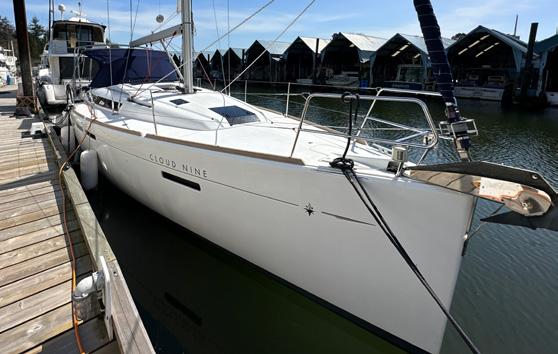



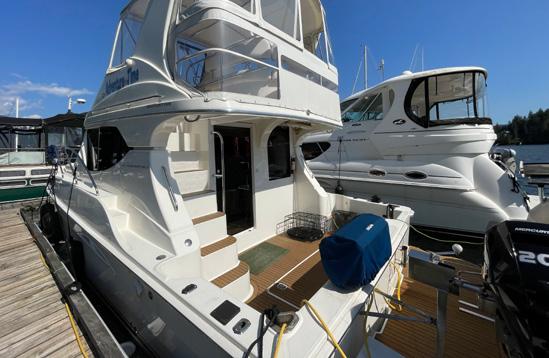
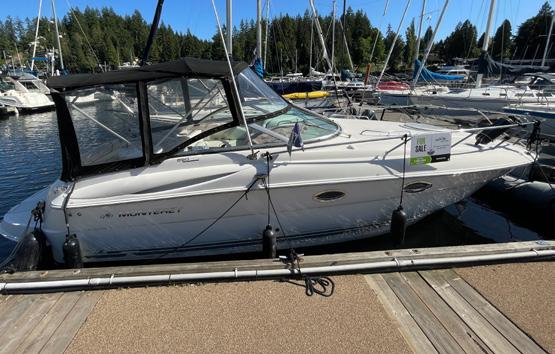








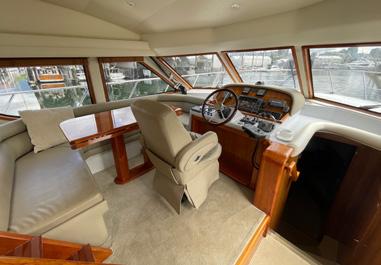
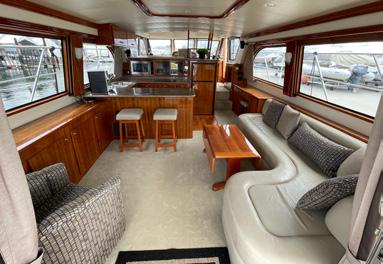
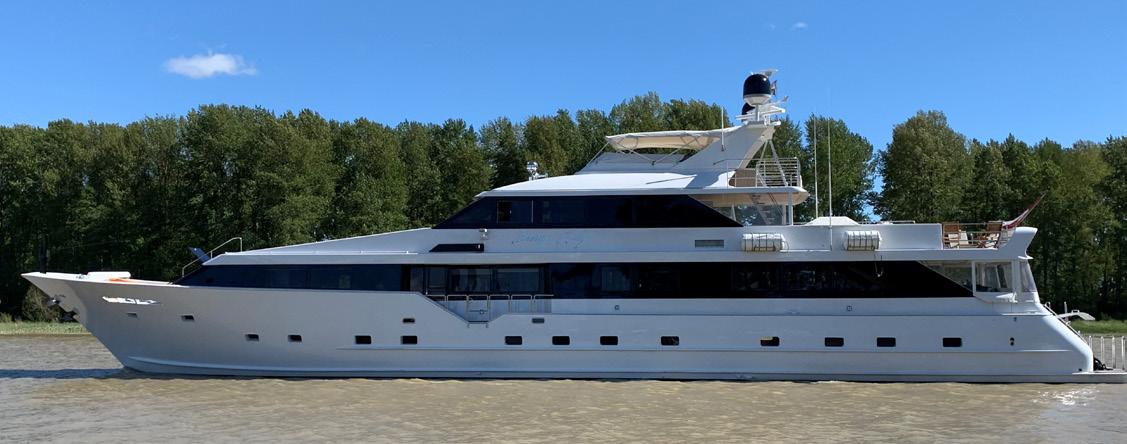


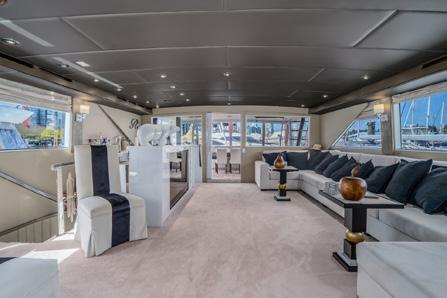





Sellers and buyers both benefit from a BCYCA member’s experience. BCYBA brokers assist buyers to find suitable boats in the local market or further afield in the international market. Similarly, they present locally owned boats for sale to local and international buyers.
Take the stress out of purchasing or selling your boat. A BCYBA broker is your guide through a successful transaction. They help in these ways:


• Identify and evaluate yachts of interest.
• Provide experience in negotiating acceptable sale terms.
• Ensure your deposit stays in Canada.
• Outline vessel documentation, title, importation, insurance and taxation issues.
• Utilize strong working relationships with co-operating brokers, marine surveyors, marine mechanics, boatyards and other key industry contacts.
• Provide local follow up to help you in your boating adventures.


































30 acres with 2,000 ft. of oceanfront and 300 ft beach in Cachalot Inlet, Kyuquot Sound an awesome West Coast Vancouver Island location for fishing camp or private retreat near BC’s best fishing, surfing, and kayaking, building site and road from beach cleared. $600,000


RICHARD OSBORNE
Personal Real Estate Corporation
604-328-0848 rich@landquest.com
AFFORDABLE, MOVE-IN READY HOME OCEAN FALLS, BC
Imagine spending summers enjoying ocean views, worldclass fishing, clean air and fresh water in a quaint coastal home. This very affordable, 3 bedroom home in Martin Valley in Ocean Falls is well maintained, furnished and move-in ready. Includes a 26 ft boat with a trailer, a pickup and a backhoe. $250,000
FAWN GUNDERSON
Personal Real Estate Corporation
250-982-2314 fawn@landquest.com
PHILLIPS ARM AT THE ENTRANCE TO THE CORDERO CHANNEL
180 acres with approx. 6,400 ft of quality oceanfront at the entrance to Cordero Channel across from Shoal Bay. The property faces southwest with excellent sun exposure and has a fantastic maturing forest and yearround creek. This is a trophy oceanfront property in a prime location on the BC coast. $979,000

JAMIE ZROBACK 1-604-483-1605 jamie@landquest.com
JASON ZROBACK 1-604-414-5577 jason@landquest.com
BC LANDPRO GROUP
SLAM BANG LODGE - THE ULTIMATE WEST COAST FISHING LOCATION
World class salmon and bottom fishing within a 10 minute boat ride. This floating lodge is located on Union Island in Kyuquot Sound on the west coast of Vancouver Island. Includes 4 guest rooms, 3 bedroom cabin, large dinning room, outdoor kitchen area and established fish processing facility catering to guests and other lodges. $995,000
1-604-414-5577
1-604-483-1605 jamie@landquest.com
GROUP
SIDNEY ISLAND OCEANFRONT
LOT 109 - SOUTHERN GULF
2.9 acres 274 ft. west facing oceanfront. Towering fir, cedar and arbutus lovingly tailored to create productive gardens, all-day sunshine and year-round sunsets. Small office building, sauna 7.5 kW generator, inverter and batteries, 10,000 gallon water storage you can come and enjoy Sidney Island right away. $650,000
RICHARD OSBORNE
Personal Real Estate Corporation 604-328-0848 rich@landquest.com

ONLY PROPERTY ON THE LAKE NORTH CARIBOO





Located on Chisel Lake this off the grid property sits on 3 acres on an amazing fishing lake east of Wells. Lake size is 1.1 km long, no other property on lake. Rustic cabin. Access is via a seasonal forest service road but excellent snowmobile access for winter recreation and ice fishing. $285,000
MATT CAMERON 250-200-1199 matt@landquest.com
PRIVATE FLOATING LODGE
TLUPANA INLET - NOOTKA SOUND
Turnkey private floating fishing lodge in secluded, sheltered Critter Cove, Nootka Sound, West Coast of Vancouver Island, one of BC’s best fishing areas. Well maintained, fully equipped, furnished and ready to go. Jump in your boat and go fishing. $950,000


JAMIE ZROBACK 1-604-483-1605 jamie@landquest.com
JASON ZROBACK 1-604-414-5577 jason@landquest.com
BC LANDPRO GROUP
A remarkable development parcel and a true trophy property. This topographically idyllic property sits perched atop a rocky bluff and gazes out onto the stunning English Bay and the distant city of Vancouver. Its location offers privacy, security, and seclusion from both the road and neighboring lots. $1,225,000
Trophy lakefront acreage situated at the north and of Nicola Lake. This is the first time the property has been offered for sale in over 100 years. This stunning 23 acre property has 1,910 feet of lakefront and unparalleled views down the lake to the rolling ranch lands beyond. $1,895,000
SAM HODSON
Personal Real Estate Corporation


604-809-2616 sam@landquest.com
OFF-GRID RETREAT AND RECREATIONAL OASIS - NELSON ISLAND
The Quarrybbean is a gem on a 2.5 acre lot in a rare bare land strata. There are 250 acres of common land that include 2 lakes and miles of trails. 2 solar powered buildings with 5 bedrooms, 4 bathrooms, decks galore and stunning views. Includes a hillside elevator, large wharf patio and deep-sea moorage. $2,198,000
JAMIE ZROBACK 1-604-483-1605 jamie@landquest.com
JASON ZROBACK 1-604-414-5577 jason@landquest.com
BC LANDPRO GROUP
DAVIS BAY BEACHFRONT ESTATE
8.68 acre trophy oceanfront situated on Davis Bay on the lower Sunshine Coast. Walk on beachfront approx. 600 ft waterfront. Private estate, family compound or development. Privacy, covered in mature trees, walking distance to amenities. $5,500,000

JASON ZROBACK 1-604-414-5577 jason@landquest.com
JAMIE ZROBACK 1-604-483-1605 jamie@landquest.com
BC LANDPRO GROUP
The Nechako Lodge has six guest rooms, a commercial kitchen and large gathering area. There is also a two bedroom residence, four cabins and six RV sites. Solar and wind power the property. Includes a foreshore lease with docks, breakwater and boat launch. $795,000

Ultimate low-bank waterfront recreational getaway at sought after & rarely available Carlson Point!

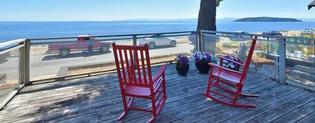
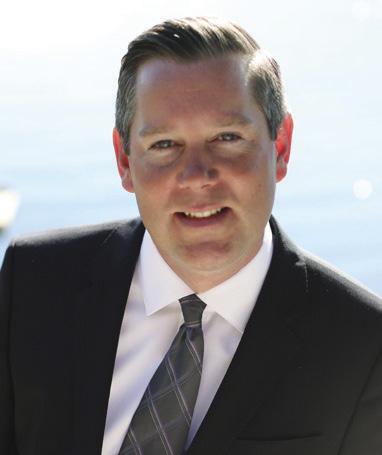
One of the very best properties as the 3 bdrm cottage is perched beyond neighbours, offering great privacy!
• $699,000
Premier waterfront residence w/ a private & licensed dock. This luxurious home with over 5,000 sq.ft. of living space boasts every imaginable feature. The epitome of comfort & style.
Halfmoon Bay • $5,980,000


Immaculately maintained waterfront home on a quiet cul-de-sac in Halfmoon Bay! Spectacular ocean & island views are front & centre from this lovely
Spectacular 3bed/2bath rancher situation on 0.75 acre oceanfront property with Western exposure,
Don't miss this custom built, brand new 4bed/4bath home in one of Madeira Park's loveliest & quietest locations, steps to Baker Beach, one of the area's finest!
Madeira Park • $1,850,000
West Coast WATERFRONT retreat - 1.77 acres with beautiful ocean views in a lush forested setting with a brand new, contemporary high end cottage. Garden Bay • $1,190,000
First time on the market, stunning private esplanade lakefront acreage! This is one of the last large acreages (13.88) on Hotel Lake, featuring unobstructed & panoramic lake views & sunshine.

West Coast inspired Architecturally designed waterfront home + Carriage House in a fabulous, quiet location. Situated on .74 acre waterfront.


Garden Bay • $2,599,000
Very private low bank waterfront just mins to Sechelt! Easy access to the pristine beach from this 2,800+ sq.ft. recently reno’d Rancher with level entry access. Sechelt • $2,299,000
Very private low bank waterfront just mins to Sechelt! Easy access to the pristine beach from this 2,800+ sq.ft. recently reno'd Rancher with level

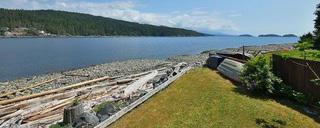
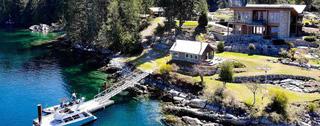



Esplanade lakefront home with 4bed/3bath, location features unobstructed & panoramic views of Hotel Lake with tons of sunshine. Garden Bay • $1,150,000
Immaculately maintained waterfront home! This lovely 3bed/2bath West Coast home is bright and sunny and offers spectacular ocean & island views.
Don’t miss this custom built, brand new home in one of Madeira Park’s loveliest & quietest locations, steps to Baker Beach, one of the area’s finest!
Madeira Park • $1,795,000
Halfmoon Bay • $1,800,000
1st time on the market, this spectacular 5+ acre parklike setting at Ruby Lake features 2 separate homes & is the kind of property that sets a new pace the minute you arrive.

Beautiful ocean views are featured from this “like new” 3 bedroom/2 bath waterfront modular home. Ideally situated to allow for a primary residence in front, on the oceanfront side.
Halfmoon Bay • $1,099,000
Ruby Lake • $1,699,000

totally renovated 4 bedroom WATERFRONT home in “Farrington Cove,” offering moorage for your boat, tennis court & a quiet, peaceful community. Garden Bay • $2,480,000
Custom
Gorgeous waterfront home with easy access into the ocean for swimming or launching a kayak, as well as stunning, unobstructed ocean/ island views!
Gorgeous esplanade waterfront property with unobstructed ocean views. Close to several marinas, the ocean, lakes & hiking. A beautiful building site for your future home!
Garden Bay • $799,000
Garden Bay • $1,998,000
Adorable 2 bedroom low bank WATERFRONT cottage in Sargeant Bay plus a spectacular higher bank oceanview building site for your future home.
Halfmoon Bay • $1,298,000








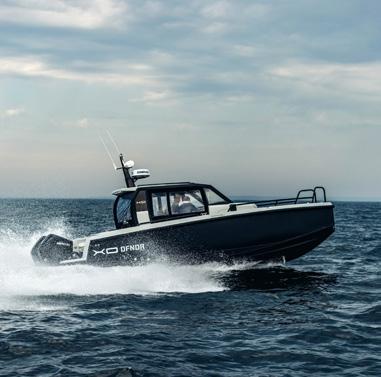






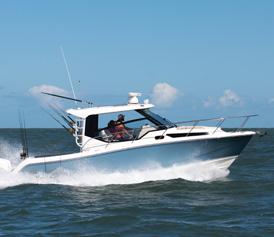





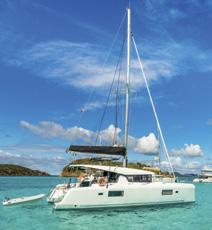


1-888-286-1932
Potentially harvestable 2nd growth spruce on a portion of the property. Completely off grid. In the Great Bear Rainforest , on the BC Coast $850,000
DL1489 Jackson Bay: Group purchase opportunity! 33.7 acre oceanfront property in Topaze Harbour in Johnstone Strait. Residential and commercial zoning. Multiple dwellings, workshop and outbuildings, moorage and substantial infrastructure. $1,500,000

NEW PRICE
Tahsis Oceanview Property: New price! 2.8 acres, 2100sqft 4 bedroom home, impressive 2816sqft shop. Lots of room for boats, storage, parking, etc. An ideal property for a family or group purchase on Vancouver Island’s west coast. Motivated seller! $549,900

West Coast Oceanfront: 3.56 Hot Springs development on Vancouver west coast. Nicely forested, diverse shoreline including a peninsula and bay. Protected location, southern exposure. Water access only. $159,900
QUADRA
Orca Inn, Alert Bay: Inn and restaurant/pub with lots of potential! Commercial kitchen, 3 rental units plus self-contained manager’s suite, retail space. Region renowned for whale watching, fishing and First Nations cultural activities. $600,000
: 110 acre private island in Esperanza , west coast Vancouver . Numerous little bays, peninsulas, and bluffs. Oneroom cabin plus workshop, fresh water ponds, complement of equipment. Quick access to the open west coast! $1,790,000

Hidden Cove Lodge: Resort opportunity! 8 acre oceanfront resort north of Telegraph Cove Resort facilities include a main lodge, cabins and modern suites, offering a comfortable nature get-away. Road-access, off-grid resort with excellent power system. $3,450,000



QUADRA
QUADRA




PERSONAL
REAL ESTATE CORPORATION


Are you ready for island time?
PERSONAL REAL ESTATE CORPORATION Sarah Bradshaw TOLL FREE LOCAL Bill Bradshaw PERSONAL REAL ESTATE CORPORATION
PERSONAL REAL ESTATE CORPORATION
Bill Bradshaw
FREE
AFFORDABLE GRANITE BAY ACREAGE
PERSONAL
PERSONAL REAL ESTATE CORPORATION

Sarah Bradshaw
•6.5 acre lot located on northwest corner of Quadra Island•Comes with driveway into property, drilled well and hydro services to property line•In an area with great outdoor recreation: hiking, kayaking, sports fishing•Community wharf and boat ramp minutes away•Located 20 minutes from services in Heriot Bay MLS # 398896 • $139,000
•6.5 acre lot located on northwest corner of Quadra Island•Comes with driveway into property, drilled well and hydro services to property line•In an area with great outdoor recreation: hiking, kayaking, sports fishing•Community wharf and boat ramp minutes away•Located 20 minutes from services in Heriot Bay MLS # 398896 • $139,000
AFFORDABLE GRANITE BAY ACREAGE
AFFORDABLE GRANITE BAY ACREAGE

•6.5 acre lot located on northwest corner of Quadra Island•Comes with driveway into property, drilled well and hydro services to property line•In an area with great outdoor recreation: hiking, kayaking, sports fishing•Community wharf and boat ramp minutes away•Located 20 minutes from services in Heriot Bay MLS # 398896 • $139,000
New Price! $668,000 MLS# 900495 New Listing! $669,000 MLS# 914258 New Price! $928,000 MLS# 905800 New Price! $999,000 MLS# 901410 Just Listed! $2,200,000 MLS# 915885
*PRICE REDUCED!* MLS# 922833
QUATHIASKI COVE OCEANVIEW RANCHER & RENTAL TRAILER
$590,000$1,599,000
QUATHIASKI COVE OCEANVIEW RANCHER & RENTAL TRAILER
•Great ocean views of Quathiaski Cove and Discovery
•Great ocean views of Quathiaski Cove and Discovery
Passage•Rancher is at foot of 0.41 acre lot next to ferry to Campbell River• Mature shrubs provide lots of privacy along front of home• Up the hill is a 2 bed room trailer currently rented out to long-term tenant
guest
Whiterock
Passage•Rancher is at foot of 0.41 acre lot next to ferry to Campbell River• Mature shrubs provide lots of privacy along front of home• Up the hill is a 2 bed room trailer currently rented out to long-term tenant •Shor t walk from all services in Quathiaski Cove MLS# 398397 • $249,000
Oceanfront
Bull
billbradshaw@royallepage.ca
& views across Heriot Bay to Open Bay & beyond to the mainland mountains!
*JUST LISTED* MLS# 937877
QUATHIASKI COVE OCEANVIEW RANCHER & RENTAL TRAILER
a 2 bed room trailer currently rented out to long-term tenant
9 - 620 Helanton Rd
•Shor t walk from all services in Quathiaski Cove MLS# 398397 • $249,000
Quadra Island oceanfront rancher & two guest cabins on 2.3 acres, overlooking Sutil Channel on the east side of the island!

sarahbradshaw@royallepage.ca www.quadrarealestate.ca
billbradshaw@royallepage.ca
billbradshaw@royallepage.ca |
sarahbradshaw@royallepage.ca
www.quadrarealestate.ca
billbradshaw@royallepage.ca
sarahbradshaw@royallepage.ca www.quadrarealestate.ca
sarahbradshaw@royallepage.ca
billbradshaw@royallepage.ca | sarahbradshaw@royallepage.ca www.quadrarealestate.ca


www.quadrarealestate.ca
RANCHER & RENTAL TRAILER billbradshaw@royallepage.ca sarahbradshaw@royallepage.ca www.quadrarealestate.ca •6.5 acre lot located on northwest corner of Quadra Island•Comes with driveway into property, drilled well and hydro services to property line•In an area with great outdoor recreation: hiking, kayaking, sports fishing•Community wharf and boat ramp minutes away•Located 20 minutes from services in Heriot Bay MLS # 398896 • $139,000 of privacy along front of home• Up the hill is

Unique Experiences in Amazing Places
Up to 32 Flights Daily to Nanaimo and the Gulf Islands from Vancouver









BRING IN YOUR UPHOLSTERY AT THE END OF THIS SEASON AND WE WILL STORE AND HAVE IT READY FOR NEXT SPRING




WE ALSO DO
Eagle Harbour Yacht Club based in West Vancouver, is seeking to hire an administrative assistant. This is a part time role, 15-20 hours per week, starting at $22/hour. We are looking for someone who compliments existing staff through assisting in administration matters, with additional development of communication strategies. Required to be customer service oriented, providing member support. Familiar and confident use of computers and cellphone apps, must be able to type. Knowledge of MS office suite, particularly Outlook and Word. Willing to become proficient in MS Office suite; Excel, Teams and other web based office solutions. Excellent communication skills both verbal and written and high attention to detail. Collaboration with Executive Administrator and Superintendent on regular basis and sailing coaches during the summer. Ownership of tasks and follow-up. Willingness and expectation to help where needed. Ownership of communications through website, social media, weekly newsletters and notice boards. Comfortable with posting and interacting on social media platform using Instagram and Facebook (from a business perspective). Co-ordination across all platforms. Developing surveys and analysing results to promote improved member experiences.





Ifinterested,pleasesendaresumeandcoverlettertoehyc@ehyc.org. Pleasenotethatonlythoseselectedforaninterviewwillbecontacted.


BOAT DONATIONS
2002 31’
We make getting out of boat ownership a breeze. Donate your boat in support of our local community of sailors with disabilities and receive a tax receipt for its full market value.
We make getting out of boat ownership a breeze. Donate your boat in support of our local community of sailors with disabilities and receive a tax receipt for its full market value.






We call that a win-win.
We call that a win-win.
DELIVERIES
POWERBOAT, MOTORSAILOR DELIVERIES
Maine-Alaska (SE,Gulf,PWS), Panama, China. U.S. West Coast. Electronic Chartplotting, EXPERT: picking weather, bar crossings (2000+), wintertime, North Pacific. USCG Master. 45+ years experience Mike Maurice +1-503-310-7590 www.yachtsdelivered.com

TRADES & SERVICES


MARINE TITLES (CANADA) LTD. A complete Marine documentation and Licensing company. E-mail: marinetitlesltd@telus.net 400-1681 Chestnut St. Vancouver, B.C. V6J 4M6 Tel: 604-736-3377




1969 32’ Grand Banks Trawler


2021 35’ PURSUIT OS 355 – INSANE!, “AS NEW”, TWIN Yamaha XTO Digital 425’s (130 hours w/ 100 service complete), Joystick control, Fisher Panda Genset, Watermaker, Full Garmin Pack, Downriggers, AC/ Heat, Beautiful “Nautilus’ Interior - Save Over New!
2006 Carver 444 CMY, BOW & STERN THRUSTERS, LOW HOUR Volvo D6’s, Raymarine electronics, docking camera, two stateroom, two heads, TWO ESPAR diesel forced air heating (Flybridge/ Cockpit), A/C, heat, SAT TV, Genset, Inverter, All new batteries!

$187,000 CAD
$199,000 CAD
2005 Hunter 41DS (Deck Salon), WOW! Fantastic layout, HUGE SALON, Two Private cabins with ensuite heads, Yanmar, Deluxe Full Enclosure, Power Main Winch, SS Davits W/ Rib Tender Package - Great Alaska Vessel!



more!!!

















a cockpit coaming locker. We were surprised, since we didn’t know there were any raccoons in Haida Gwaii, and realised the animal must have had to swim at least 20 metres to get to our anchored boat.
My husband, Stephen, half-naked, but armed with a flashlight and a bilge pump handle, lifted the drop-board, used it at a shield and tried to poke the raccoon off the boat. The raccoon was totally unfazed and just kept washing itself and prowling around the boat. After about 30 minutes of Stephen’s prodding, the raccoon eventually jumped overboard.
Great, we thought. Unfortunately, the raccoon had landed in the dinghy floating alongside and it immediately jumped back aboard.
At this point, we gave up. The raccoon didn’t seem to be doing any damage, so we went back to bed somewhat defeated.
In the morning, there was no trace of our visitor. The Tupperware snack box resisted the raccoon’s agile fingers, and we still have that box to this day. (No, we don’t have any connection to Tupperware.)
Later, when we mentioned the raccoon to the man filling our diesel tanks at the mine dock, he said, “Oh, that’s Charlie. He’s a pet of the man who lives on the shore of that bay where you were anchored.”
Have a funny or interesting story?


Cockpit Confession is a readersubmitted column and we are always looking for another good yarn. Send your 600-word story to editor@pacificyachting.com.


We’ll send you a T-shirt! This story was first published in February 2012.

Diana M. Davidson’s COCKPIT CONFESSION (July, 2023) about her fear that a grizzly might come aboard their anchored Liza Jane in Jervis Inlet reminded me of an animal encounter we had in Tasu Sound, Haida Gwaii.
About 42 years ago in June 1981,
Dwe were cruising Haida Gwaii on our yellow Contessa 32 sloop, Akvavit. We had come through Skidegate Channel between Graham and Moresby islands (at high tide, of course) and were cruising down the Pacific Coast of Moresby Island. After anchoring in Armentieres Channel and in Kaisun—experiencing williwaws along the way, we had entered Tasu Sound, through the narrow but deep entrance channel. We explored the sound, anchoring in various places, fishing successfully for flatfish, rock cod and kelp greenling but unsuccessfully for crab. We then stopped at the dock of the Wesfrob copper and
iron ore mine to take advantage of the showers available on shore. This mine, with its accompanying village, operated from 1967 until the mid1980s.
While waiting in Tasu Sound for a weather window to continue south along the outer coast, we anchored in a small bay, unnamed on the chart, near Horn Island.
In the middle of the night, we were roused by a rattling on deck. A flashlight through the Perspex drop-board revealed a raccoon trying to open one of our snack boxes that was stored in
Continued on page 113





EMBRACE OPEN-AIR FREEDOM
The iconic Azimut Fly Series was forged out of tradition with the idea of offering a contemporary and sea-immersive experience, while inspiring the unique feeling of open-air freedom. Sleek and unexpectedly spacious Italian-made interiors are conceived to create a sensational atmosphere, filling days and nights with charming comfort and well-being.
AZIMUT. DARE TO AMAZE.
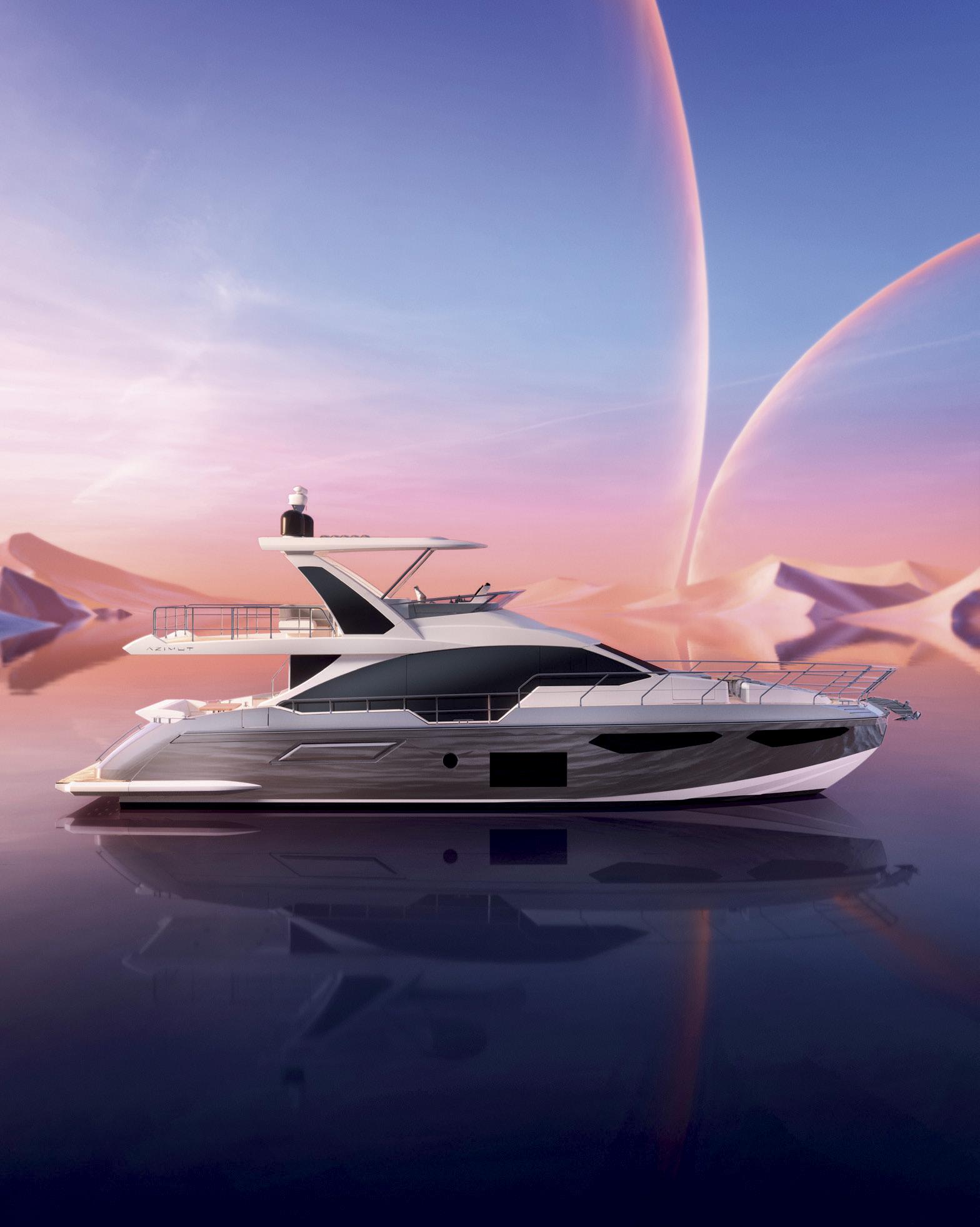
OFFICIAL DEALERS
USA: Alexander Marine USA, alexandermarineusa.com
Canada: Fraser Yacht Sales, fraseryachtsales.com